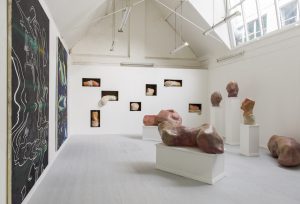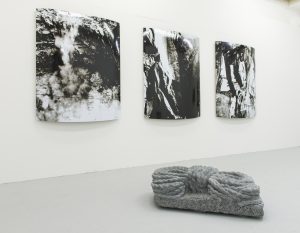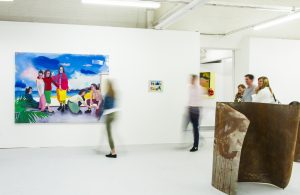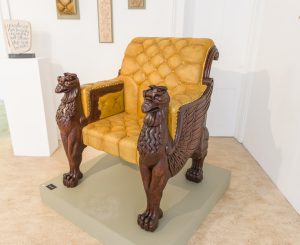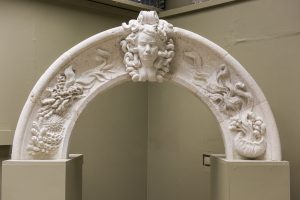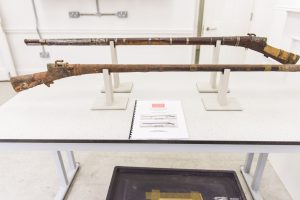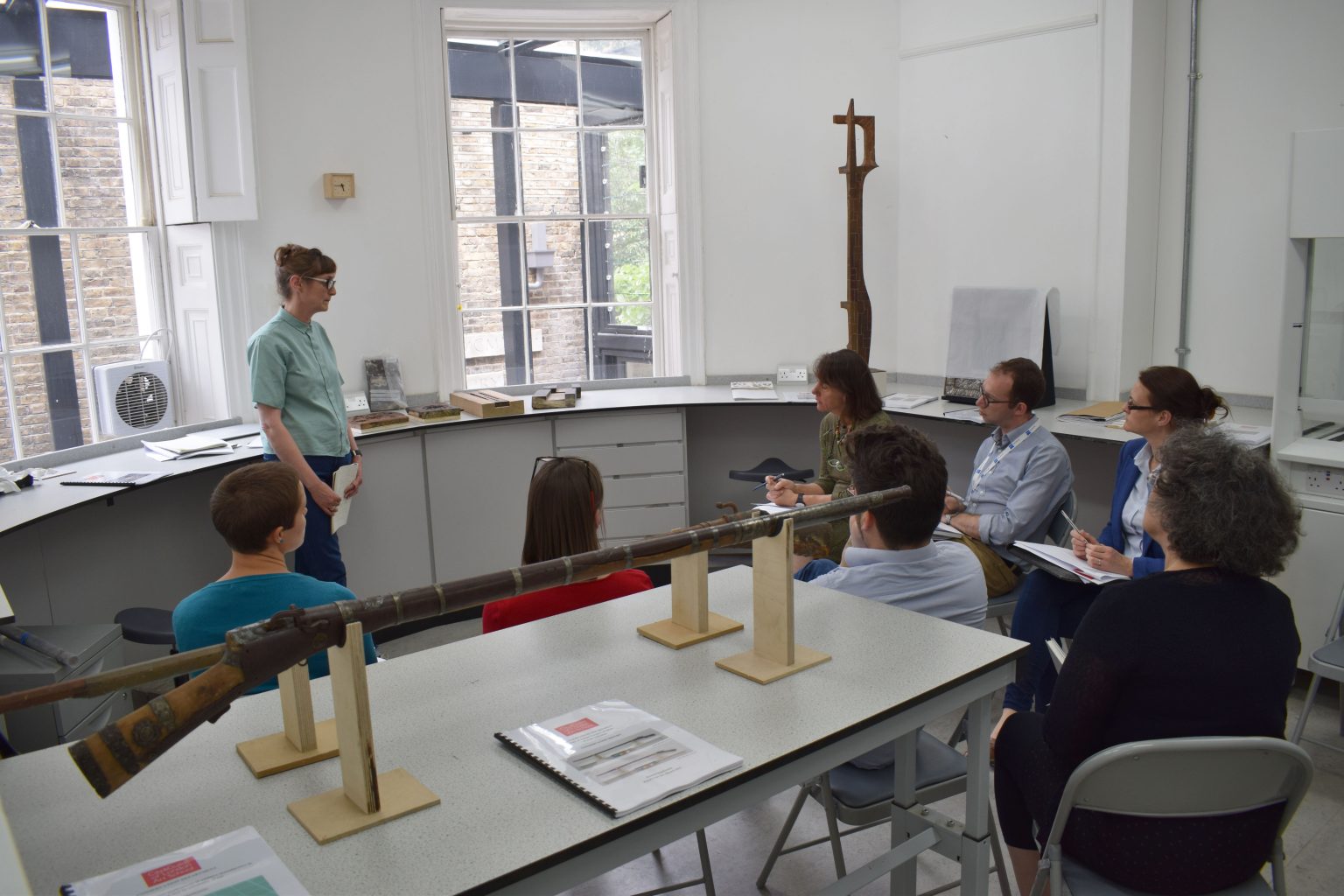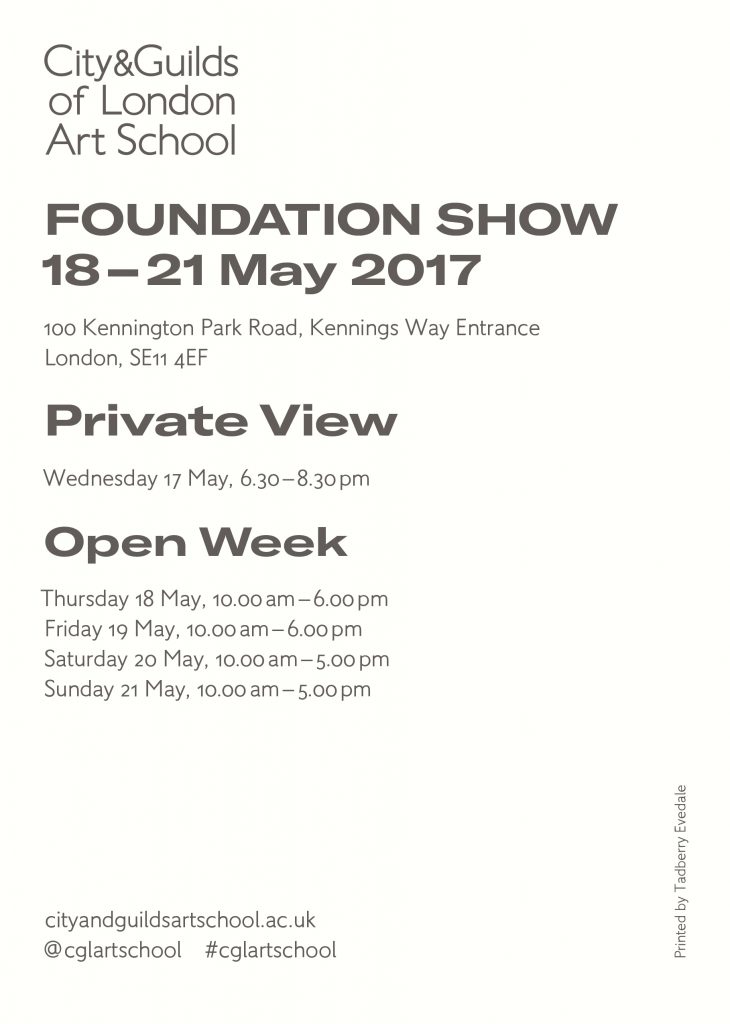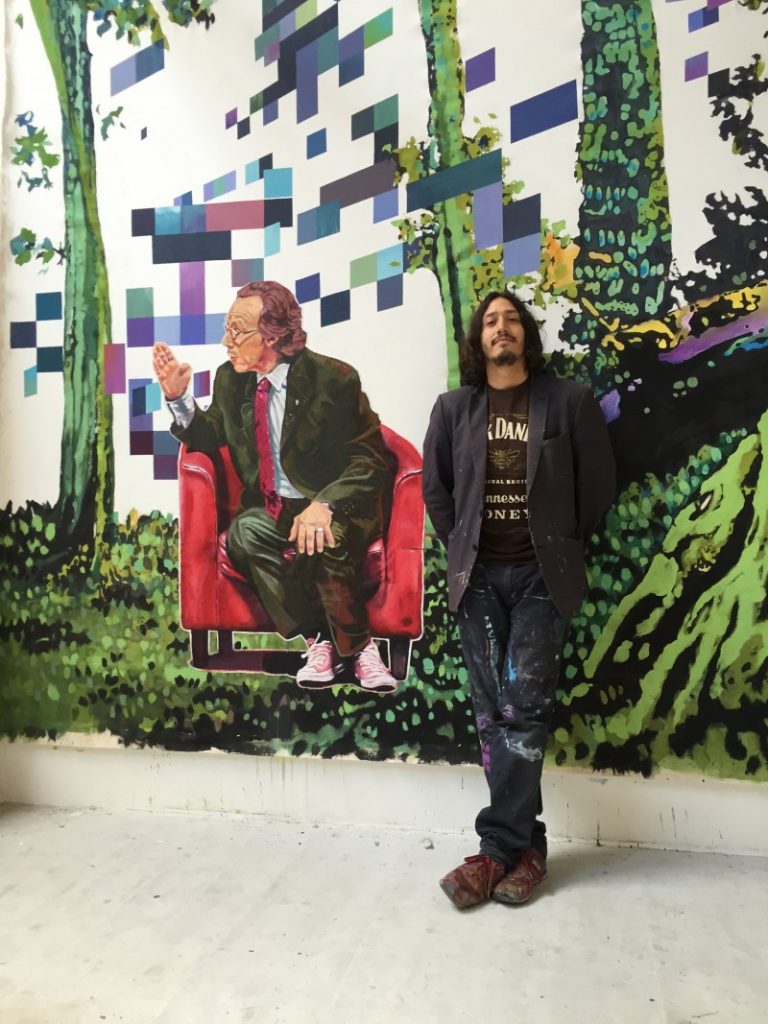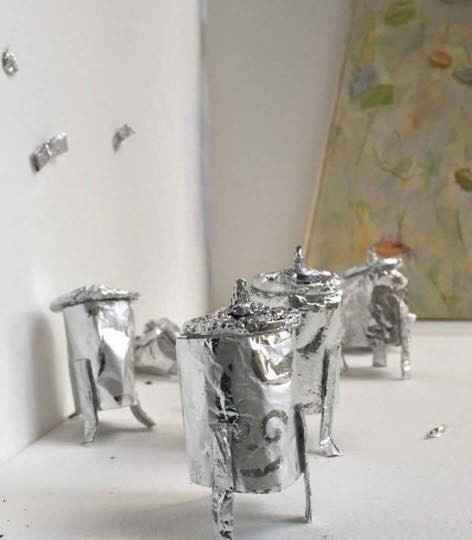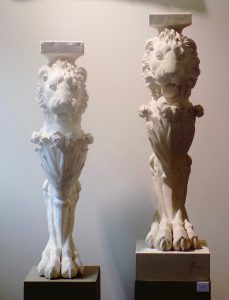
We are delighted that the City & Guilds of London Art School Print Room 2020 Box Set will be on show, and available to buy, at Woolwich Contemporary Print Fair 3-6 November. All proceeds will go to the Ukraine Humanitarian Appeal.
The prints contained in this beautiful 10″ x 10″ boxed one-off set are all from editions of 20 and were made by artists who have worked in the City & Guilds of London Art School Print Room, either as a Tutor or Print Fellow, between 2017 and 2020.
The Art School’s traditional etching and engraving room was established by artist and master printmaker Jason Hicklin under Professor Norman Ackroyd in 1998, with the first Printmaking Fellowships taking place shortly after. The Fellowship offers artists who have a commitment to printmaking, and who have completed an MA in art making, a chance to continue developing their practice within the Art School’s lively atmosphere. Fellows also have the opportunity to gain teaching and technician experience with students enrolled across Foundation, BA, and MA courses while being supported by a dedicated team of tutors and professional staff. The Box Set works to represent the results of the Art School’s vibrant programme — for example Rachel Goodison completed her MA at the Art School prior to applying for a Fellowship position. Fellowship alumni, such as Blaze Cyan and Chris Roantree, have also returned as Tutors following additional periods of professional practice.
From 1998 to the present day twenty-three individuals have held the post of Print Fellow.

Unfortunately, professional practices across the UK were presented with unprecedented challenges due to Covid-19, and these artists’ practices are without exception. As a mode of cultural production, printmaking requires very specific industrious equipment that often cannot be reproduced in the domestic sphere. The Box Set works were meticulously crafted between three national lockdowns when Covid safety regulations allowed.
“This project allowed me to escape into a world of metal, acid and inks helping to understand the situation we have come to find ourselves in.” — Jemma Gunning
Yet many of the works presented took inspiration from this new found collective condition. Jemma Gunning, for example, sketched during daily isolation walks; later responding to these sketches creating a haunting urban environment. Blaze Cyan’s work also draws upon ideas of haunting through the depiction of the raven as a harbinger of death, and invoking Edgar Allan Poe’s ‘The Raven’ wherein the narrator laments the loss of his love Lenore, echoing lost loved ones at the hands of Covid-19. Animality and environment feature in other works as well. Drawing inspiration from a 2019 artist residency in Australia’s Blue Mountains at a time when bushfires reached their peak, Kristina Chan depicts the tentative balance between the land, natural disaster, and human impact. Also invoking themes of history and time, Catherine Greenwood collaborated with a composer during the first national lockdown, connecting ancient landscape and human interaction through print and music in a duration of turbulence. Kathryn Graham focuses on walls; all encompassing and all surrounding. She explores the blur of boundaries between interior and exterior space.
The full set of images and documentation will be exhibited at Woolwich Contemporary Print Fair 2023, and artists can be contacted through their details afterwards for information on purchasing individual prints from the larger edition.

Artist Biographies:
Edward Adlington
Edward Adlington (b. 1983) London-trained, Philadelphia-based printmaking artist and teacher.
Ed moved to Pennsylvania USA in 2020 and is currently working as an artist and Art Teacher from being a Print tutor 2018-2020 at the Art School and a research Fellow 2014-15 also working at Putney School of Art, London. Completed an MFA 2012 from UAL, Camberwell School of Art and BA degree from City & Guilds of London Art School 2007. Ed’s keen interest in plants and their uses was expressed in his cultivation of the courtyard garden at the Art School, creating collections of plants that related to art’s practise within the Art School walls.
@edwardadlington
Matthew Beach
Matthew Beach (b. 1993, Kansas, USA) is an artist-researcher working in London. He received his MFA from the Slade School of Fine Art, University College London, and BFA from the College of the Arts, University of Florida. Beach’s work has been shown nationally and internationally, including Screw Gallery, Leeds, San Mei Gallery, London, and Galerie Duchamp, Yvetot. He recently completed a year-long residency programme coordinated between East Street Arts and Sustainable Darkroom in Leeds, and is a PhD candidate in the School of Geography at Queen Mary, University of London. Embedded within discourses around materiality, Beach’s practice explores the entanglements between place, the photographic, and care in more-than-human worlds.
matthewbeach.org
Kristina Chan
Kristina Chan’s practice utilises narrative and site specificity to evoke a felt history. She works between traditional printmaking processes and alternative photography to create large scale public installations focusing on local histories and sense of place. Chan has works in the permanent archives of the Ingram Collection (2020), V&A Museum (2016, 2017) and Royal Collection, Clarence House (2018). She received the Canada Council for the Arts Digital Originals Innovation Grant, Ingram Prize, is a finalist for the Queen Sonja Print Award (all 2020), and a two-time recipient of the Elizabeth Greenshield’s Foundation Project Grant (2017, 2018).
kristinachan.com
@kristina_chan_
Niamh Clancy
Niamh Clancy was born in Ireland in 1975. She graduated with a joint honours degree in the History of Art and Fine Art from the National College of Art & Design, Dublin 1997 and with a Masters in Printmaking from the Royal College of Art, London 2002. Clancy currently lives and works in London as an artist and has established an editioning service for reputable artists based in England. Niamh has exhibited regularly in Europe and America. She has received funding awards from the Arts Council of Ireland, Department of Foreign Affairs, Royal College of Art, and Queen’s University Belfast. Niamh currently teaches at City & Guilds of London Art School and is represented by Eames Fine Art.
niamhclancy.com
@niamhsclancy
Blaze Cyan
Blaze Cyan was born in Wiltshire and now lives and works in London. Blaze graduated from the City & Guilds of London Art School in 2014 with an MA in Fine Art after a previous career in the fashion industry. She is a ‘Fellow’ of the Royal Society of Painter-Printmakers. Working within the mediums of drawing, etching, woodcut and wood engraving, her primary subject area is landscape, having a particular fascination with ancient trees, the portrayal of time and the beautiful grotesque. Blaze has shown work with many of the leading art and printmaking societies and in 2015 joined ‘The Arborealists’ an international group of artists specializing in the representation of trees.
blazecyan.com
@blazecyan
Kathryn Graham
Kathryn Graham (b. 1995, Armagh, Northern Ireland) is a Belfast based visual artist and fine art Lecturer from Northern Ireland. Graham graduated from the Royal College of Art with an MA in Print in 2019. She completed a Printmaking Fellowship at the City & Guilds of London Art School in 2021. She is interested in the relationship between printmaking and sculpture.
Kathryn has recently shown work with RE Bankside Gallery, Royal Ulster Academy, Southwark Park Galleries, CCA Derry, Cream Athens and Cole Projects. Receiving awards from the RUA Outstanding Students (2017), Space Artist Award in (2021), Arts Council residency award (2020). Recipient of Arts council funding and A-N artists with work held in collections of Victoria and Albert Museum, The Royal College of Art and The University of Ulster.
kathryngraham.org
@kathryn_graham_
Catherine Greenwood
Catherine Greenwood (nee Atkinson (b. 1968, Beckenham, England) is a West Sussex based artist and specialises in etching and monotype printmaking. Completing a Fellowship at City & Guilds of London Art School having graduated with an MA from University of Maine USA. after taking part in innovative research into contemporary printmaking materials. She was a student at Camberwell school of Art, KIAD Kent in 1986 and worked as an environmental artist and educator and is currently a teaching etching at Putney School of Art and independent Print Studios in Sussex and Suffolk. Catherine is a member of the Wilderness Art Collective, her work reflects wetlands, coastal landscape and at ancient heritage sites, she is interested in conservation of habitat for migrant birds & wildlife and leads Art Walks on the South Downs. She exhibits widely, notably at the RA Summer Exhibition 2015/22 and at the Houses of Parliament (2015). She won an Arts Council Year of the Artist Award in 2000 and has recently shown work internationally in New York and Vienna.
catherinegreenwood.co.uk
@catherinegreenwood_
Rachel Goodison
Rachel Goodison is an artist living and working in London. Her practice employs different media, including painting, printing and sculpture. It explores various themes, such as the importance of play in pursuing creativity; and the vulnerability of the human body and mind. She changed career to become an artist in 2015, having trained as a barrister, and worked for a campaign group called London First. She was awarded her MA at the City & Guilds of London Art School in 2019 with Distinction, and is currently a Print Fellow at the Art School and Artist in Residence at Brompton Chapel.
rachelgoodison.com
@rachelgoodison1
Jemma Gunning
Jemma Gunning (b. 1988, Wiltshire, England) is a Bristol based printmaker who specialises in intaglio and lithography processes. After graduating in 2018 from UWE with a Masters in Multidisciplinary Printmaking, she was awarded a Queen Elizabeth Scholarship to fund her two year fellowship at the City & Guilds of London Art School. Working on personal projects and commissions, her practice explores the documentation of our fading heritage. In 2019 she was elected as an associate member of the Royal Society of Painter-Printmakers. She exhibits frequently in the UK and internationally, including the RA summer show, London Original Print fair and the RWA annual open. Alongside her practice she works as a technical instructor in lithography at UWE and is co-founder of Bristol Print Collective that she co-founded in 2016.
jemmagunning.com
@jemma_gunning_printmaker
Jason Hicklin
Jason was born in Wolverhampton in 1966 and studied at St. Martins College of Art, where he was a student of renowned printmaker Norman Ackroyd. After completing a postgraduate course at the Central School of Art in 1991, Jason combined working as Ackroyd’s studio assistant and editioner with producing his own work and teaching printmaking at City & Guilds of London Art School. Jason is currently Head of Printmaking at City & Guilds of London Art School. He was elected a member of the Royal Society of Painting and Printmakers in 1993 and has had numerous solo and joint exhibitions in the UK and abroad.
@jasonhicklin
jasonhicklin.com
Christopher Roantree
Christopher Roantree has been teaching in the Print Room for over 15 years where he was introduced by Norman Ackroyd. Working internationally, from residences in Paris, to Belizian jungles. Chris has won numerous awards in fine art and illustration! Currently working collaboratively alongside artist Akarsh Kummattummall.
Focusing on ReWilding (the practice of reintroducing extinct species back into habitats). These ethereal, dreamy landscapes and semi, broken down relics that often populate them, attempt to form a narrative not solely from a change of habitat, but a human/psychological ReWilding. The aim is to evoke a sense of beauty but with a warning. RoantreexKummattummal practice uniquely collides digital/3D technologies, traditional etching, monotypes and drawing, where the work is firmly rooted and printed from the plate in the intaglio tradition.
@chrisroantree
Wai Wong
Bachelor of Arts (Hons), Major in Film and Media Art, Minor in Art History, Temple University, 2003 MA Printmaking, Middlesex University, 2018 Different from most of my peers, I will say that I want to be a printmaker instead of an artist. More precisely, I want to be a craftsman or an artisan focusing on making prints. Ozu Yasujiro is my favourite movie director, and probably my favourite artist. In an interview, he once said, “I only know how to make tofu. I can make fried tofu, boiled tofu, stuffed tofu. Cutlets and other fancy stuff, that’s for other directors.” Because he spent his entire career to make nothing else but “tofu”, he made the best “tofu”. Ozu probably did not consider himself as an artist, but a craftsman who repeatedly practiced the same craft until he reached perfection. This is what I want to be – a tofu maker; a craftsman in printmaking. Except through practicing the same craft repetitively and constantly, I do not know any other way to achieve perfection.
https://band1009.wixsite.com/waiwongprints
@whywrongwrong
























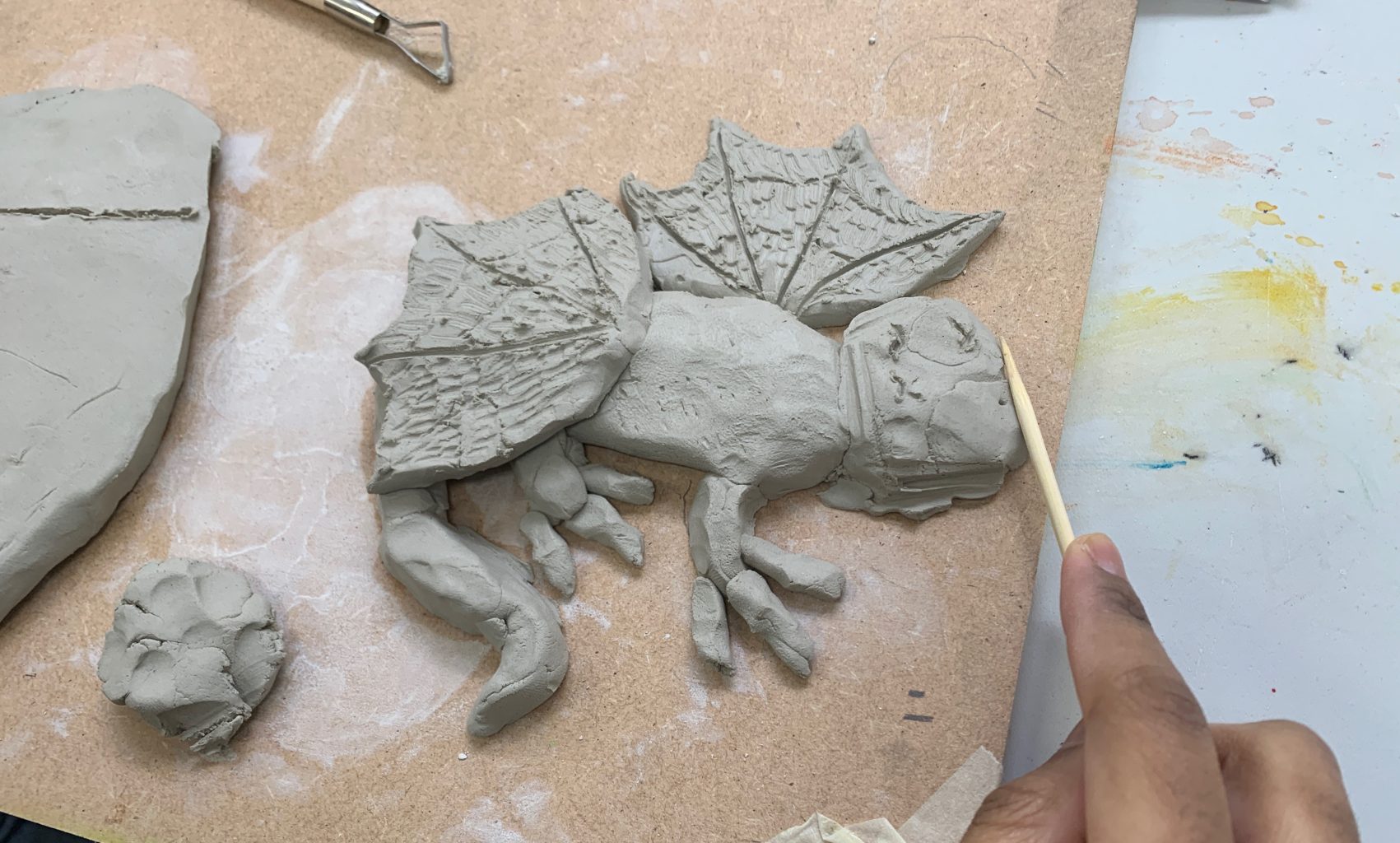
















 Left to right: Tamiko O’Brien; close up of brooch; brooch completed in Tom Ball’s carving studio.
Left to right: Tamiko O’Brien; close up of brooch; brooch completed in Tom Ball’s carving studio.

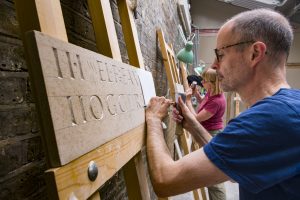







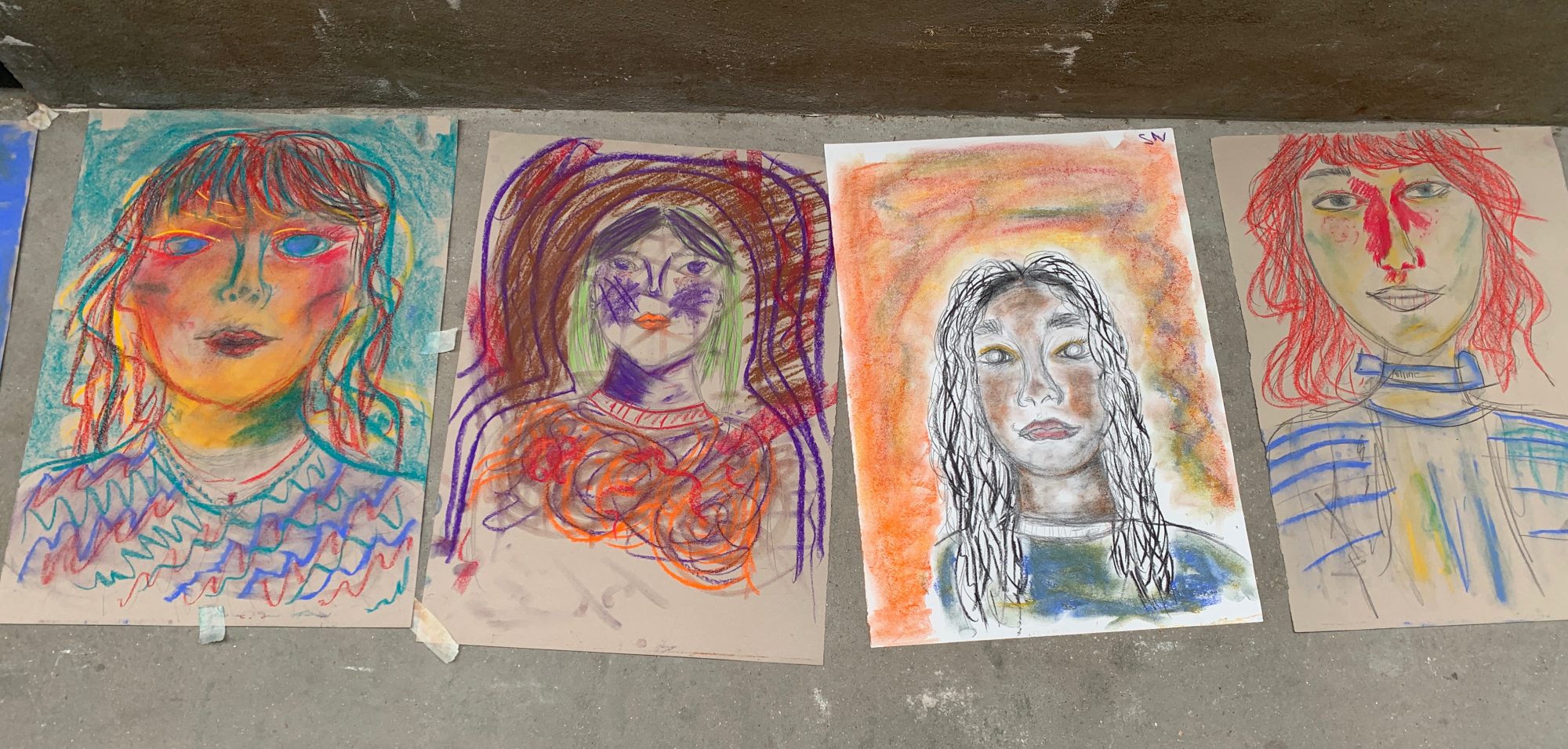











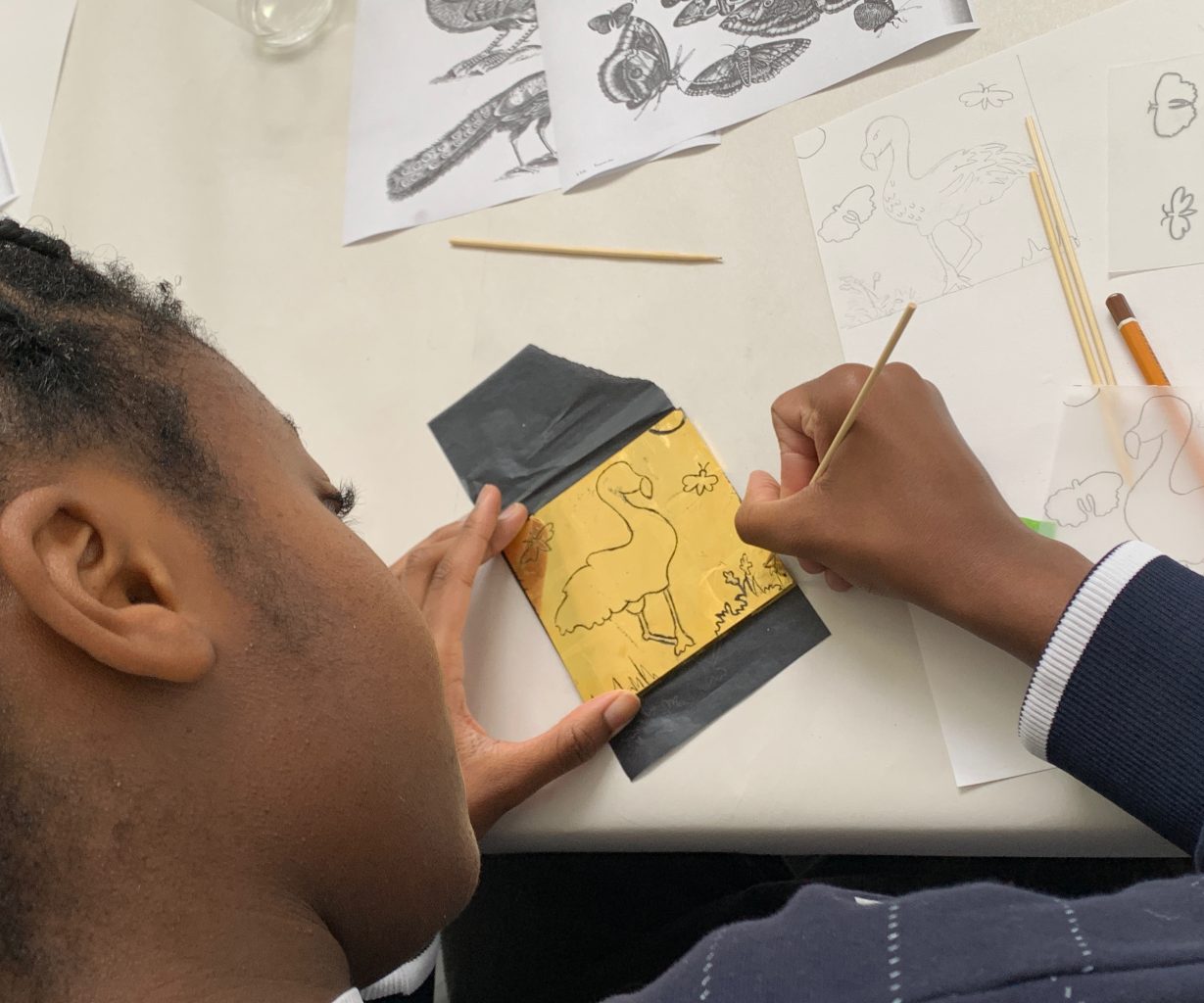


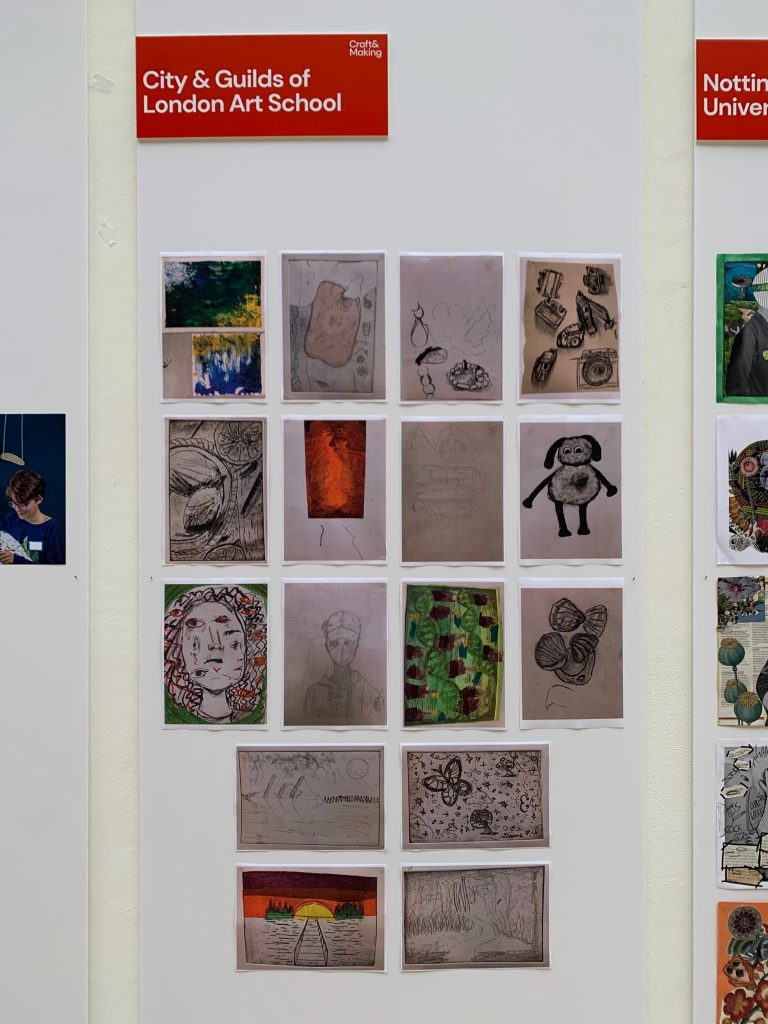

























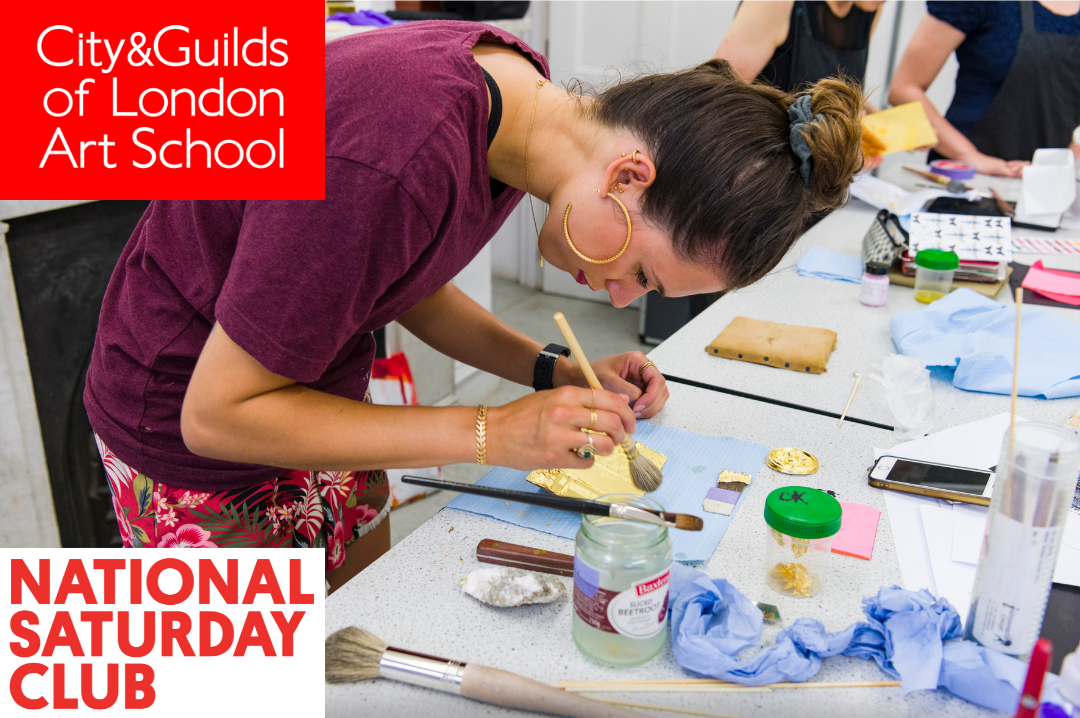









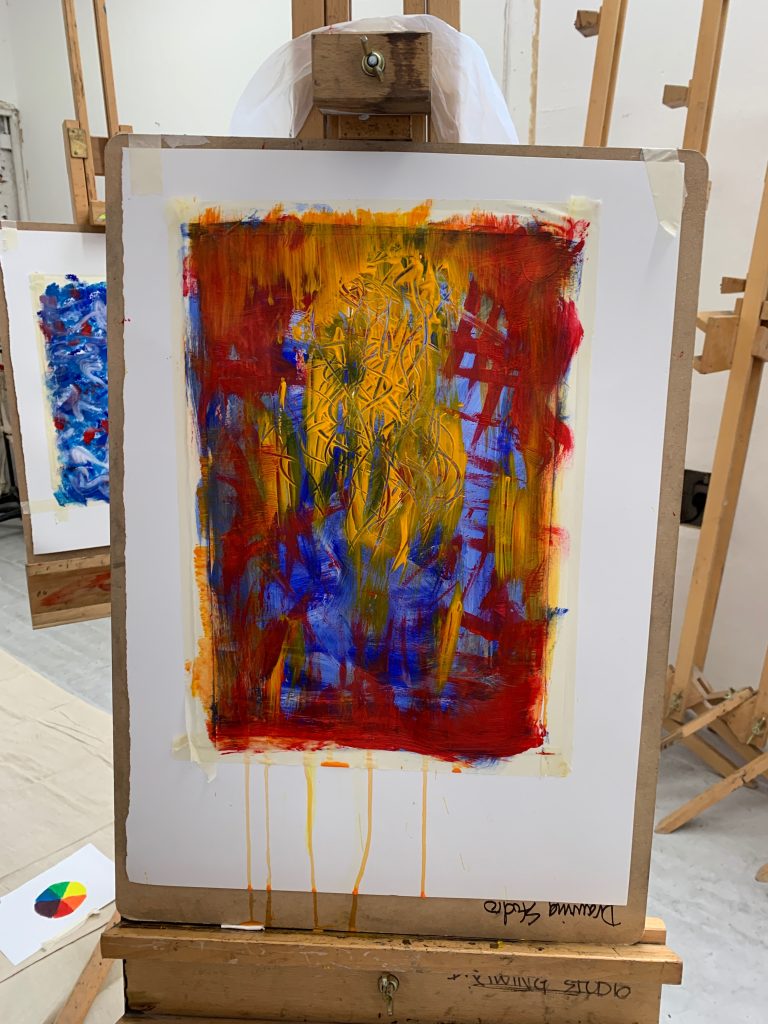



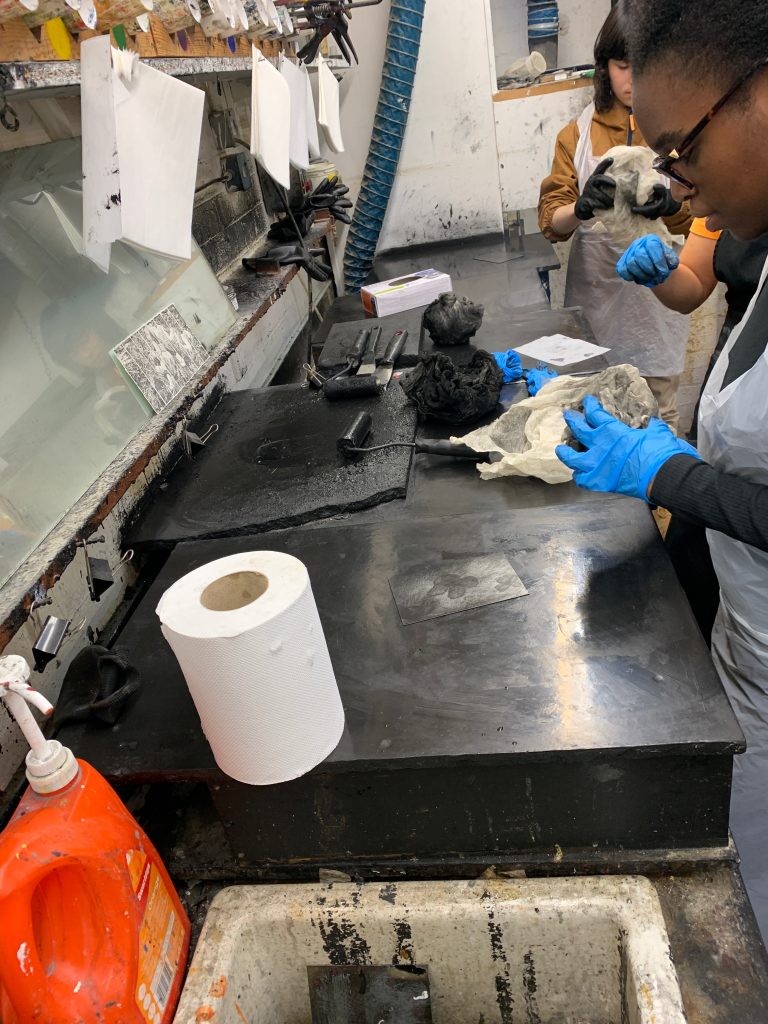


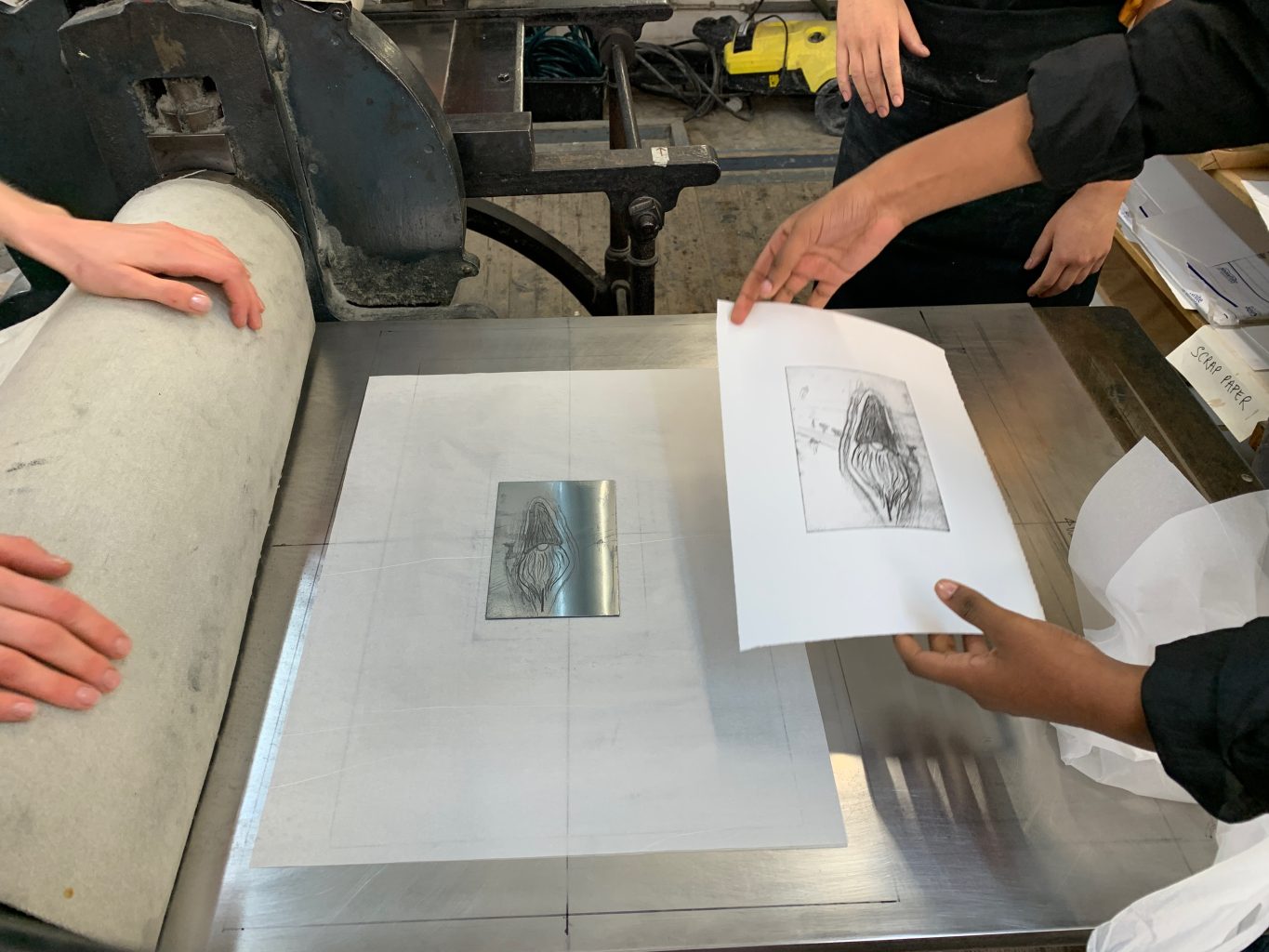















 Image: Lucy Wadsworth
Image: Lucy Wadsworth

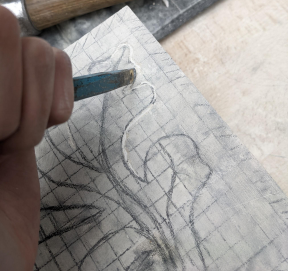









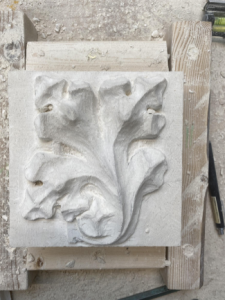

 Ghandi statue in Tavistock Square. Stone cleaning and relaxing of the Bronze
Ghandi statue in Tavistock Square. Stone cleaning and relaxing of the Bronze Cleaning the stone on the Ghandi statue in Tavistock Square
Cleaning the stone on the Ghandi statue in Tavistock Square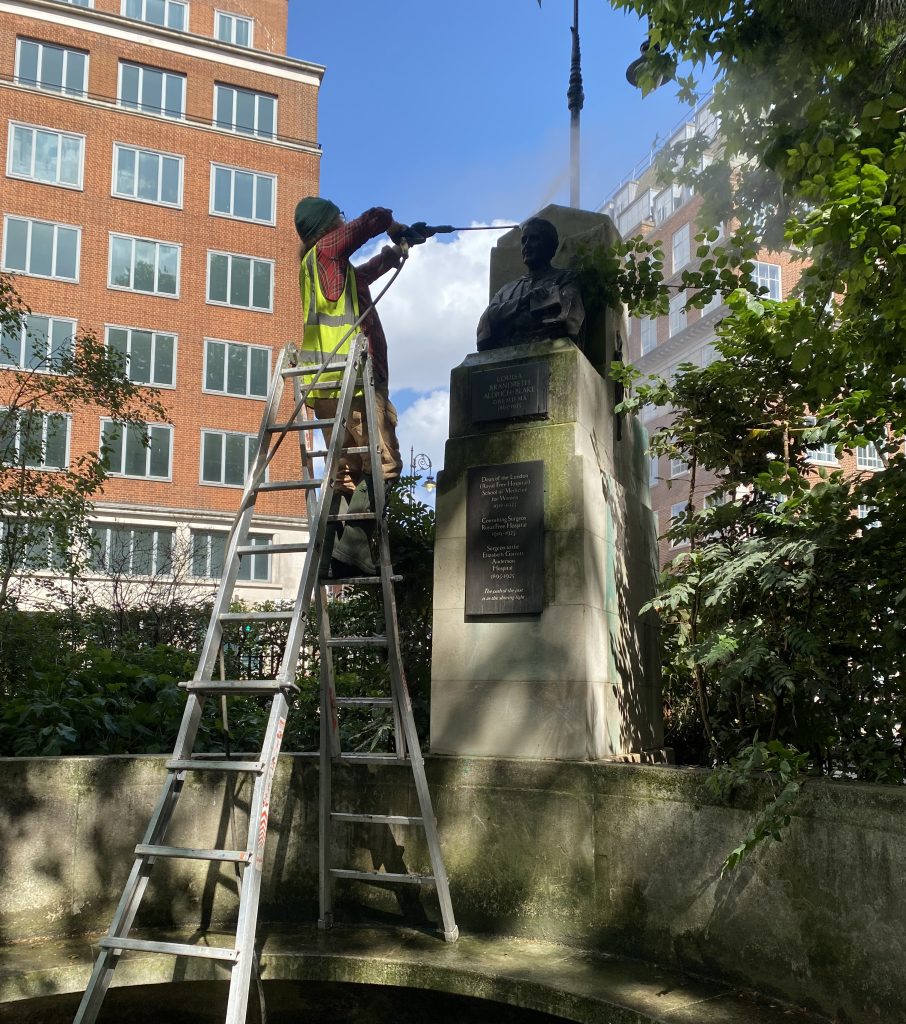 Tavistock Square, statue of Dame Louise Brandreth Aldrich-Blake (1865–1925), a pioneering woman physician and surgeon in nearby hospitals, whose bust looks both into and out of the Square
Tavistock Square, statue of Dame Louise Brandreth Aldrich-Blake (1865–1925), a pioneering woman physician and surgeon in nearby hospitals, whose bust looks both into and out of the Square

 Hardwick Hall, Derbyshire, 16th century decorative plaster
Hardwick Hall, Derbyshire, 16th century decorative plaster

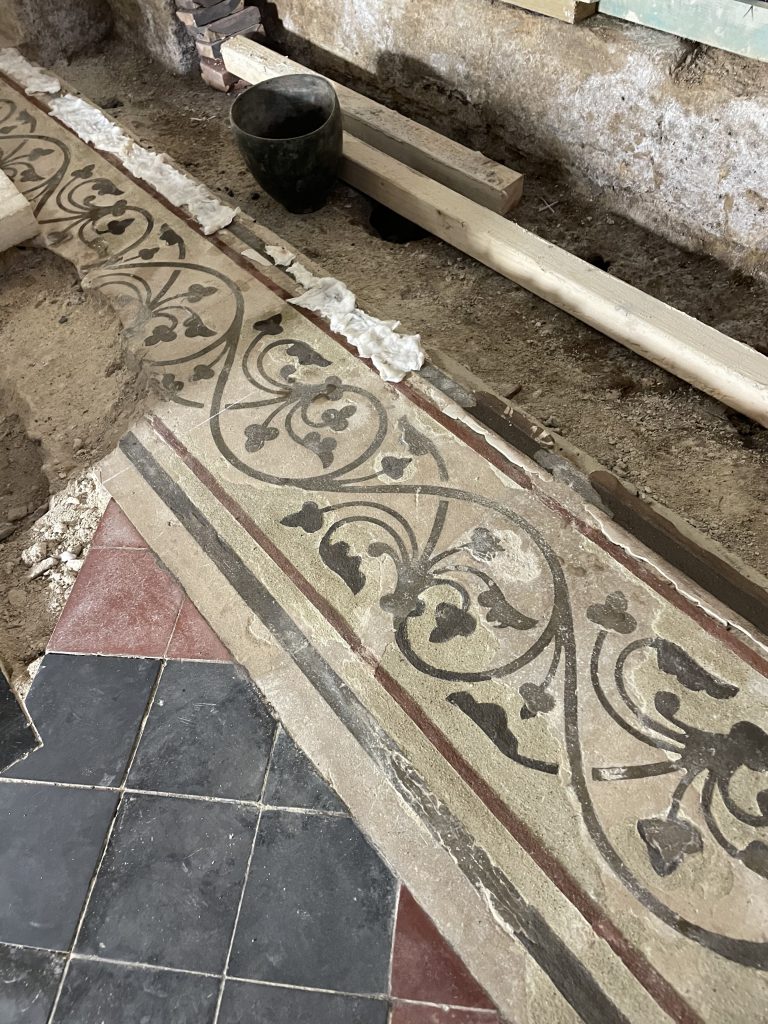 Ely Cathedral chapel floor repairs
Ely Cathedral chapel floor repairs


 My best photo!
My best photo!


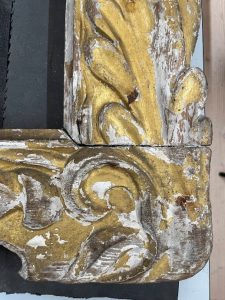




 Images showing the bottom left corner following the moulding and shaping of a new pine insert. The corner was then stained and polished to integrate successfully with the adjacent moulding
Images showing the bottom left corner following the moulding and shaping of a new pine insert. The corner was then stained and polished to integrate successfully with the adjacent moulding


 Senior Frames and Furniture Conservator at Knole Gerry Alabone and me
Senior Frames and Furniture Conservator at Knole Gerry Alabone and me
 First fresco made for a tomb of a children (Mechanically cleaned)
First fresco made for a tomb of a children (Mechanically cleaned) Second fresco painted arc for another small tomb representing Maria and the child with the three wise kings (laser cleaned)
Second fresco painted arc for another small tomb representing Maria and the child with the three wise kings (laser cleaned) Third fresco representing Maria and the child seated (Mechanically cleaned)
Third fresco representing Maria and the child seated (Mechanically cleaned) Representation of Helena (face on the left) with a blue background painted with cobalt pigments (Mechanically cleaned)
Representation of Helena (face on the left) with a blue background painted with cobalt pigments (Mechanically cleaned) Detail of the fresco depicting Helena
Detail of the fresco depicting Helena

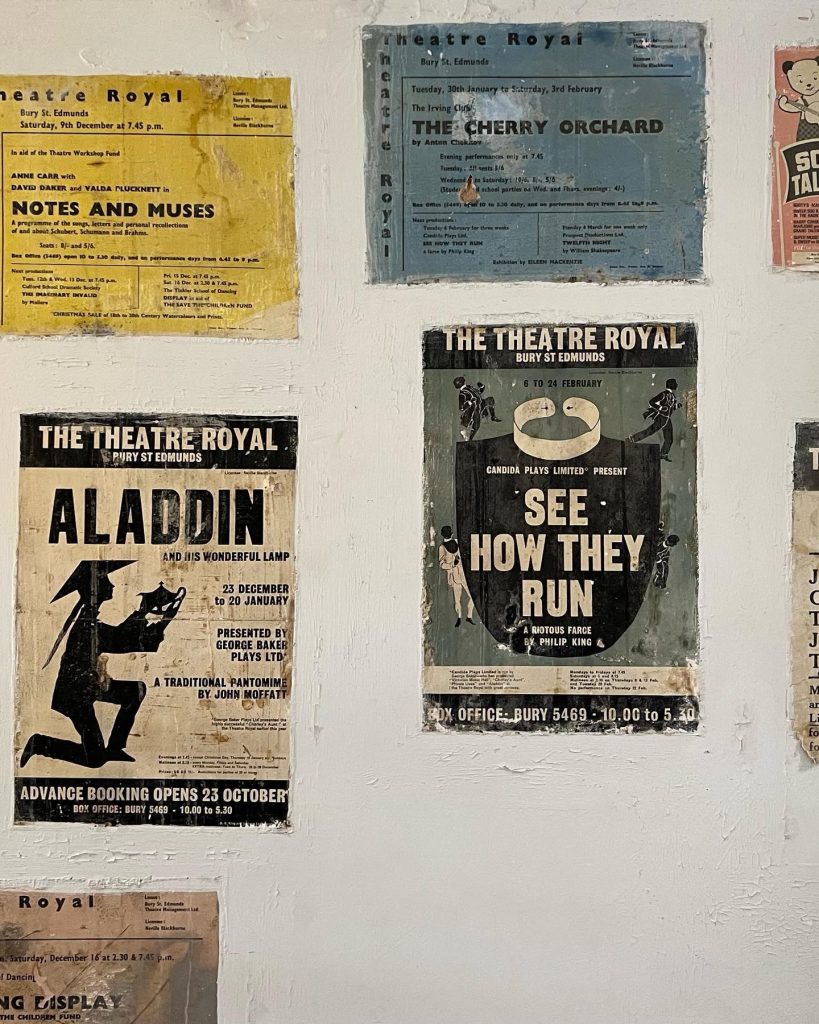




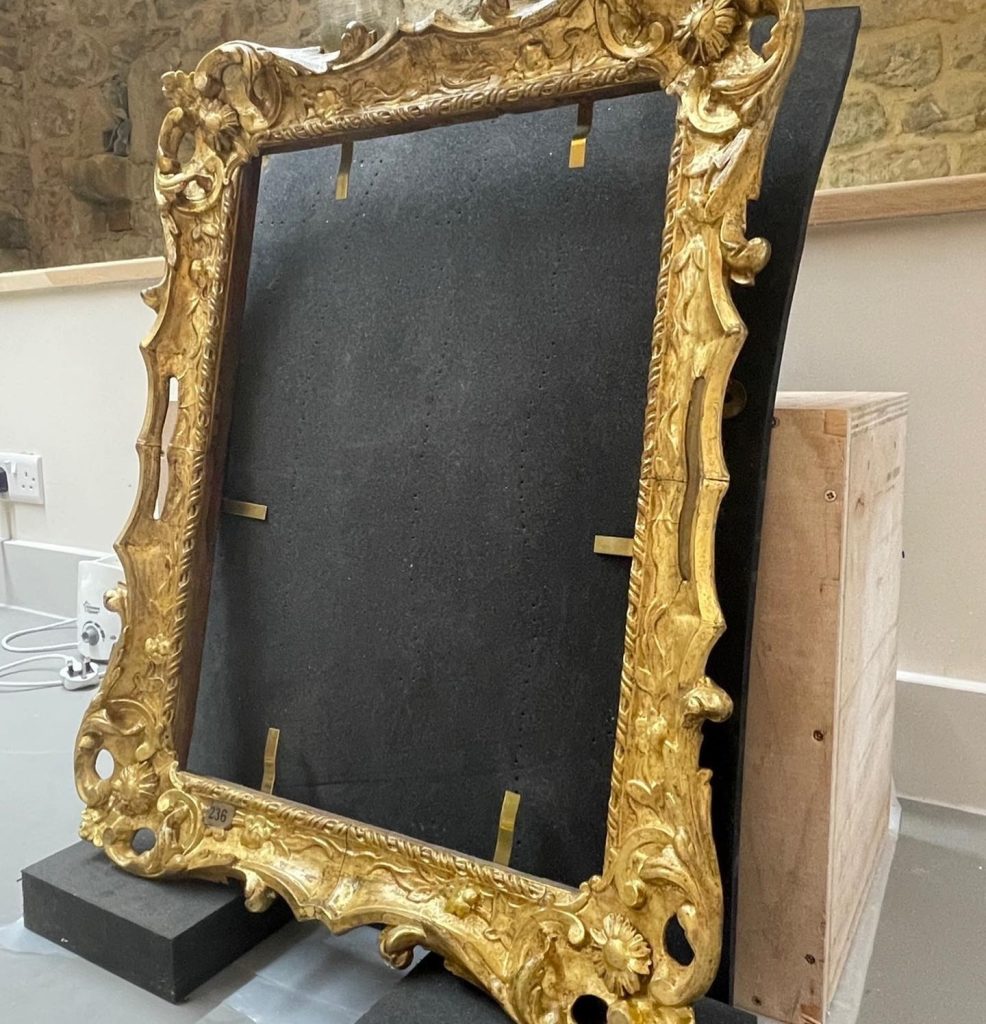



 Art School Principal, Dr Lois Rowe
Art School Principal, Dr Lois Rowe Chair of the Board of Trustees, Jamie Bill
Chair of the Board of Trustees, Jamie Bill


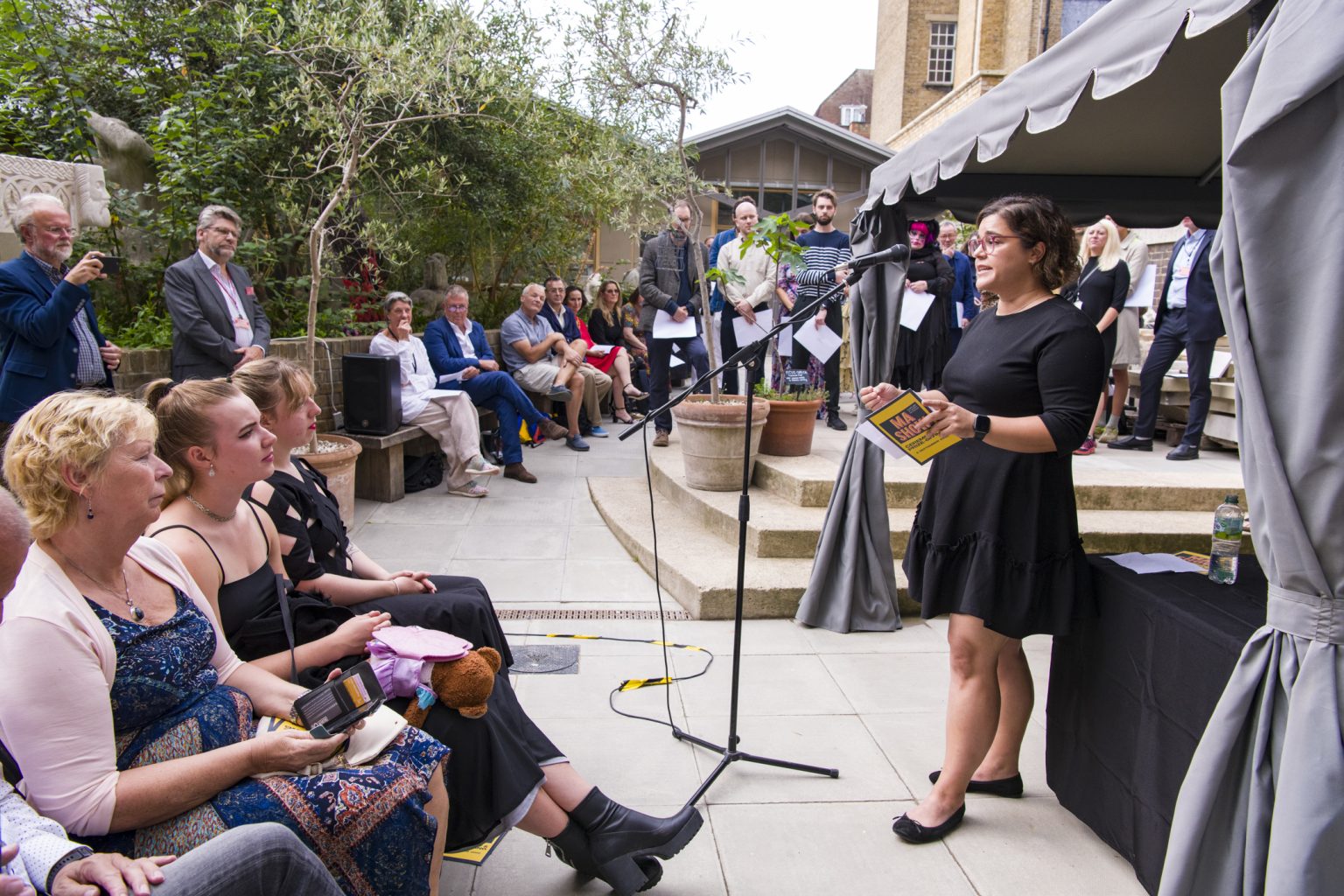 Kimberley Ahmet, Senior Manager at the Artists’ Collecting Society (ACS) presenting the City & Guilds of London Art School ACS Studio Residency Prize to Simon Bejer, MA Fine Art.
Kimberley Ahmet, Senior Manager at the Artists’ Collecting Society (ACS) presenting the City & Guilds of London Art School ACS Studio Residency Prize to Simon Bejer, MA Fine Art.
 Tamiko O’Brien second from left during a visit from Urushi expert and Living National Treasure Kazumi Murose (third from left) to the Art School’ s carving and conservation studios in 2018
Tamiko O’Brien second from left during a visit from Urushi expert and Living National Treasure Kazumi Murose (third from left) to the Art School’ s carving and conservation studios in 2018  © Julian Calder for QEST
© Julian Calder for QEST
 Borys’ drawings of St Dominic
Borys’ drawings of St Dominic

 The clay model of the statue
The clay model of the statue The carved statue – work in progress
The carved statue – work in progress




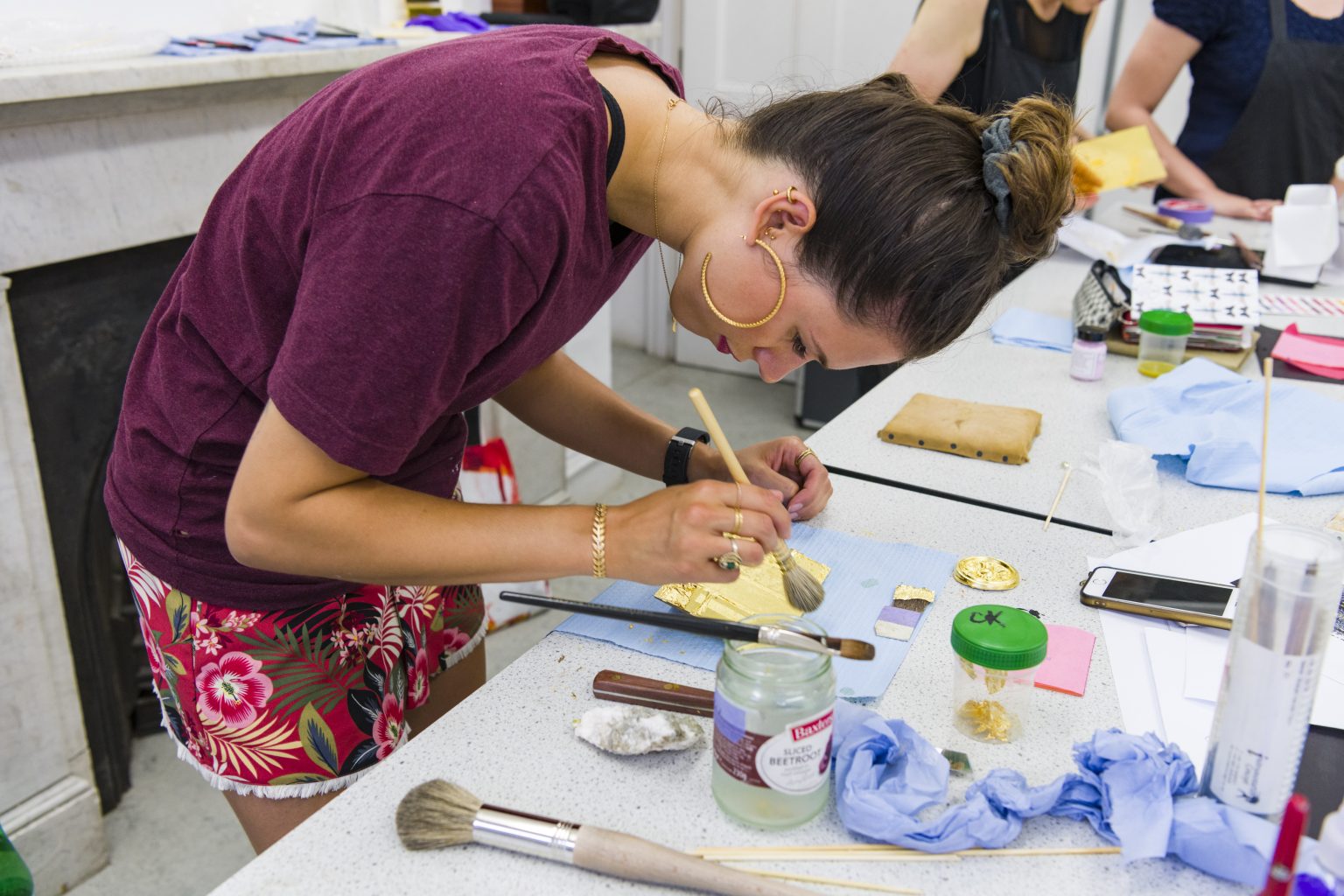


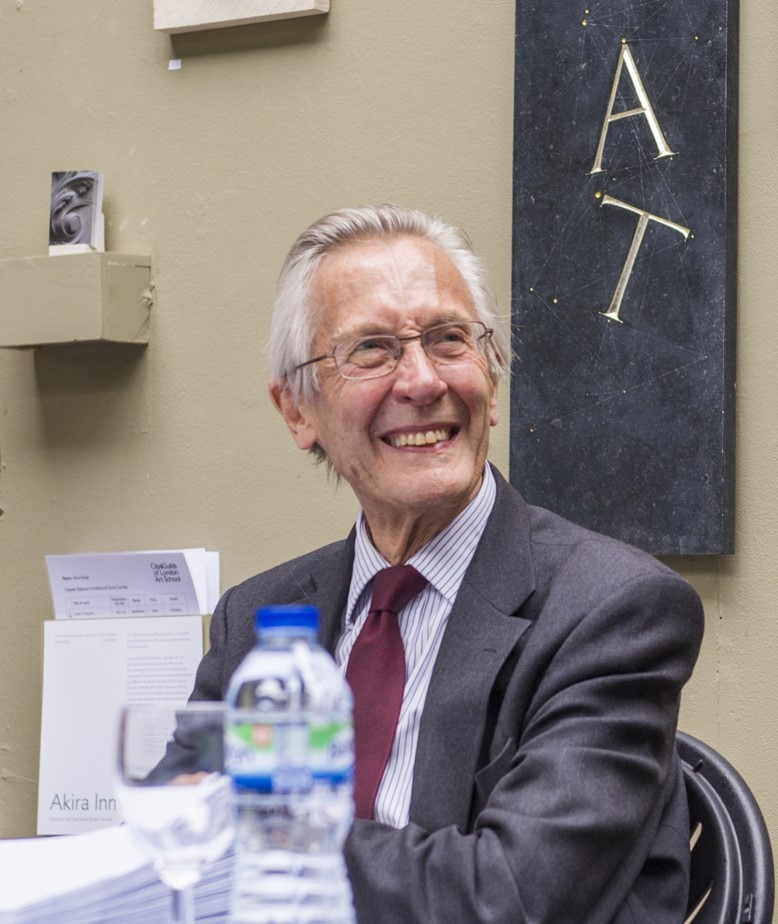

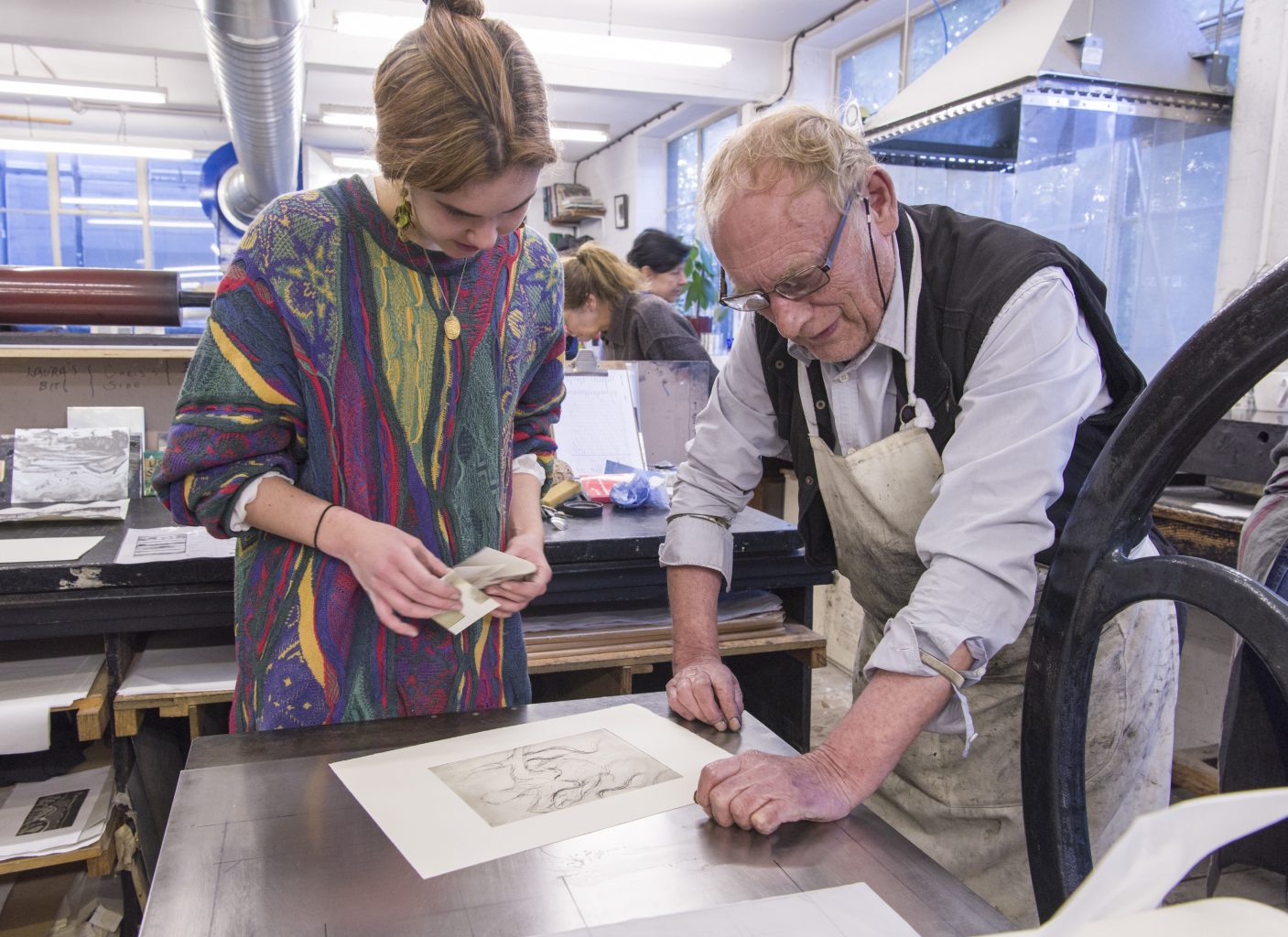



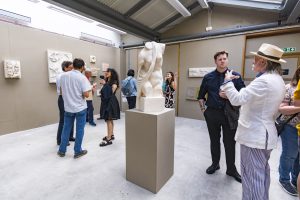


 Teresita Dennis receiving an Art School Medal
Teresita Dennis receiving an Art School Medal Nell Nicholas receiving an Art School Medal
Nell Nicholas receiving an Art School Medal Daniel Ponde with Tony Webb, President Master Carvers Association
Daniel Ponde with Tony Webb, President Master Carvers Association


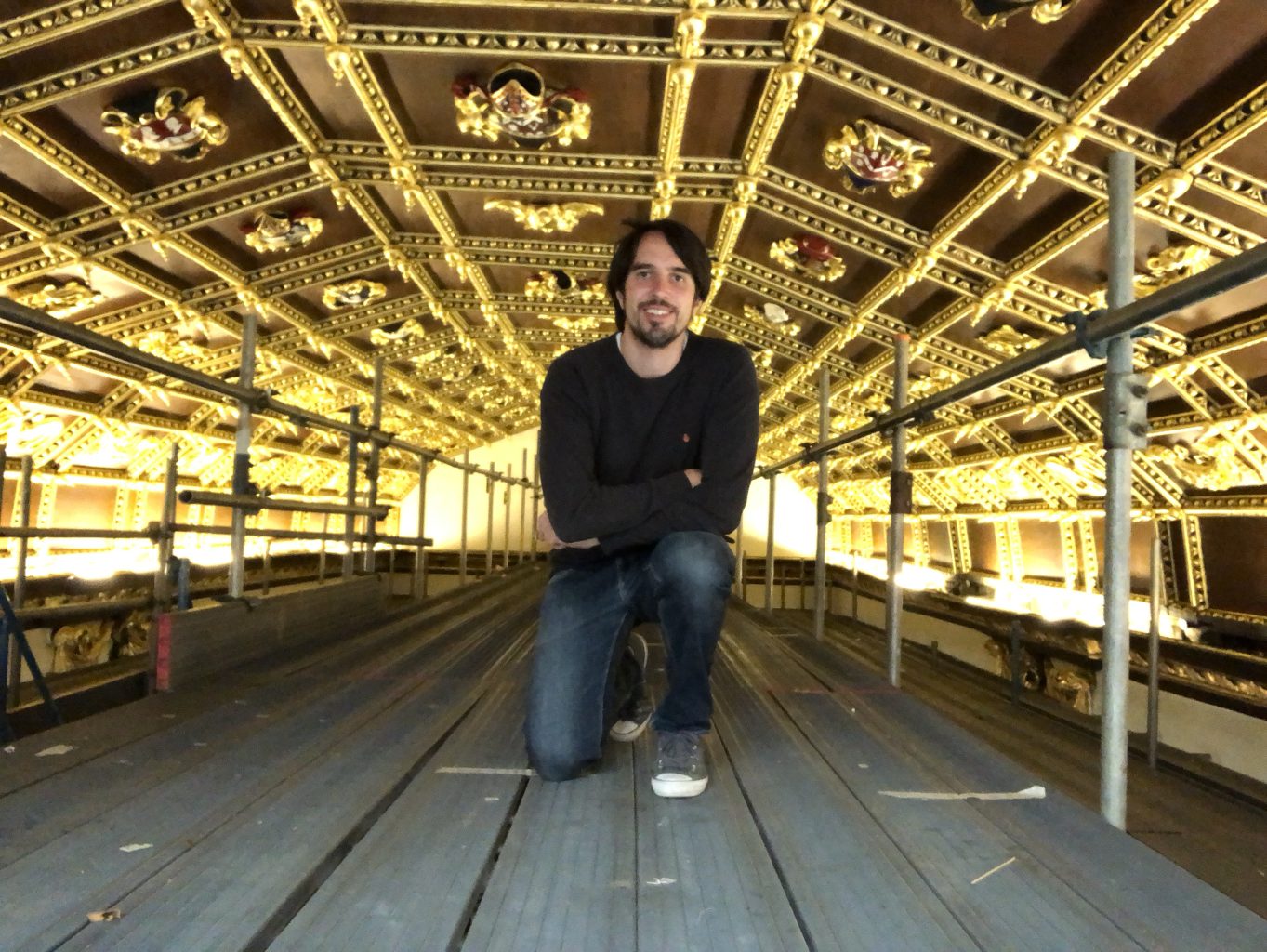




















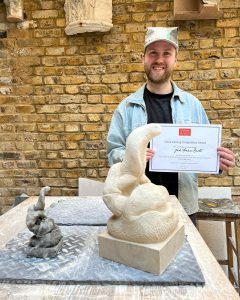



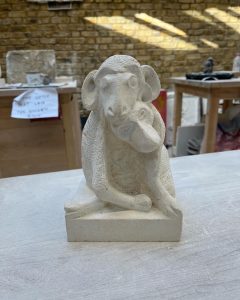











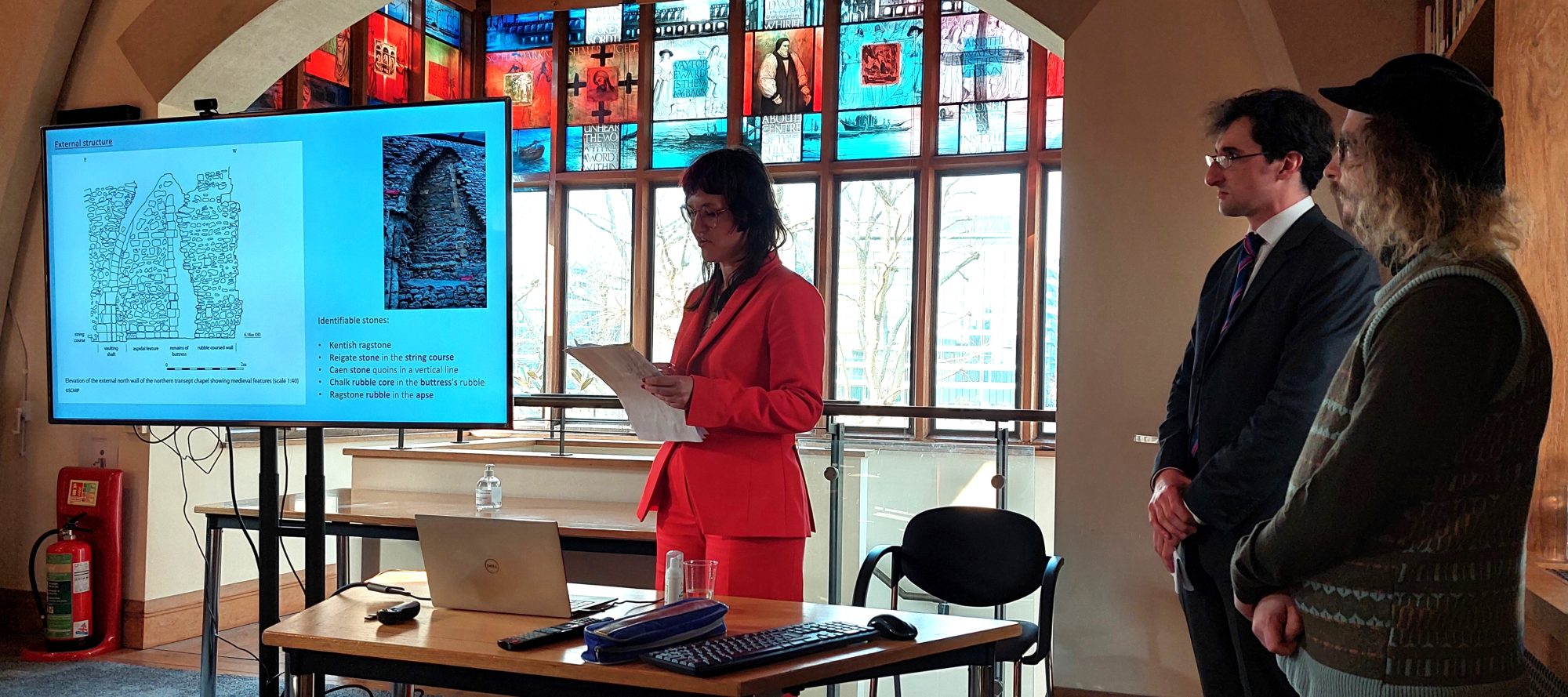

 Sarah teaching first year students on our
Sarah teaching first year students on our 

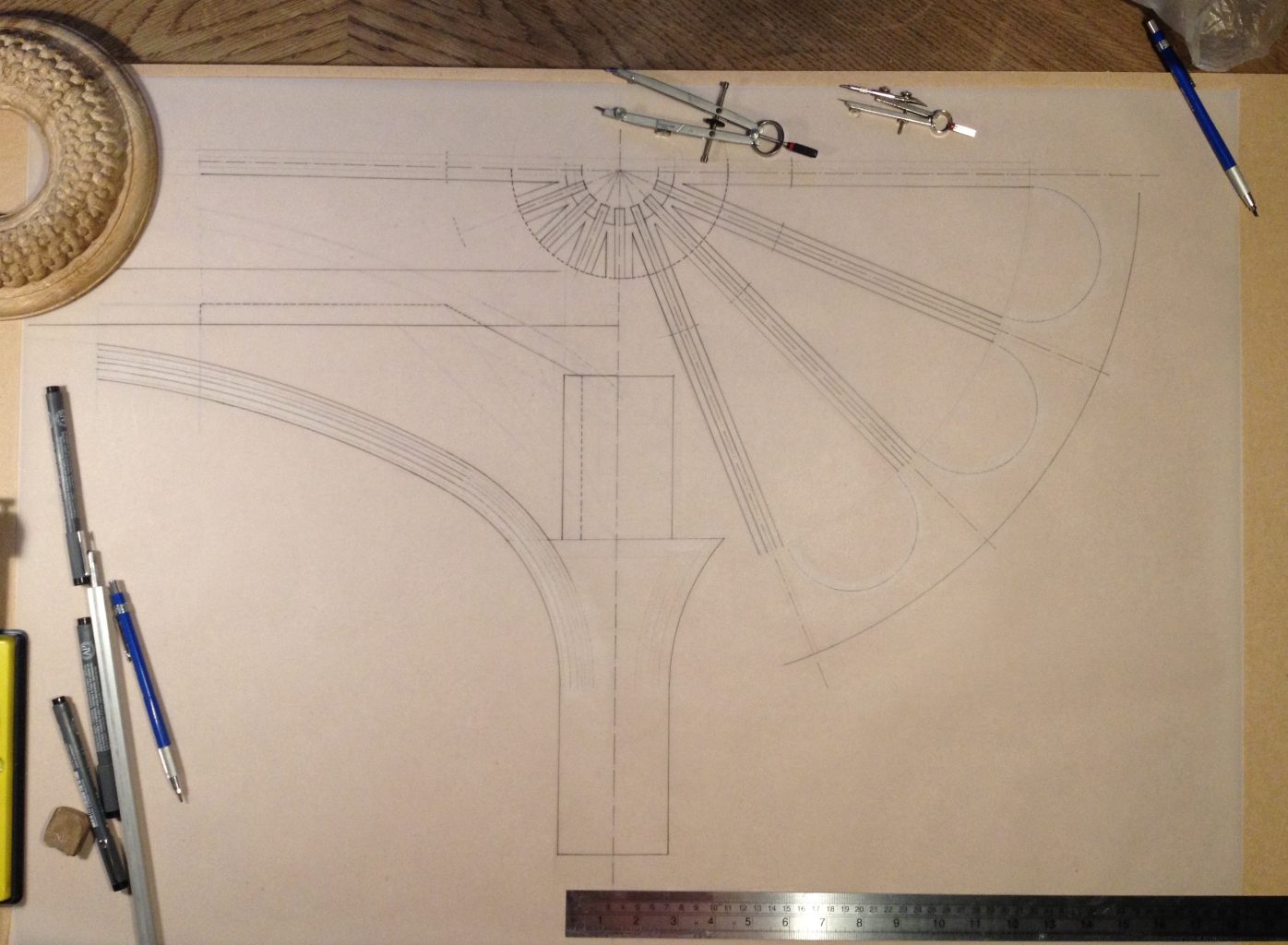
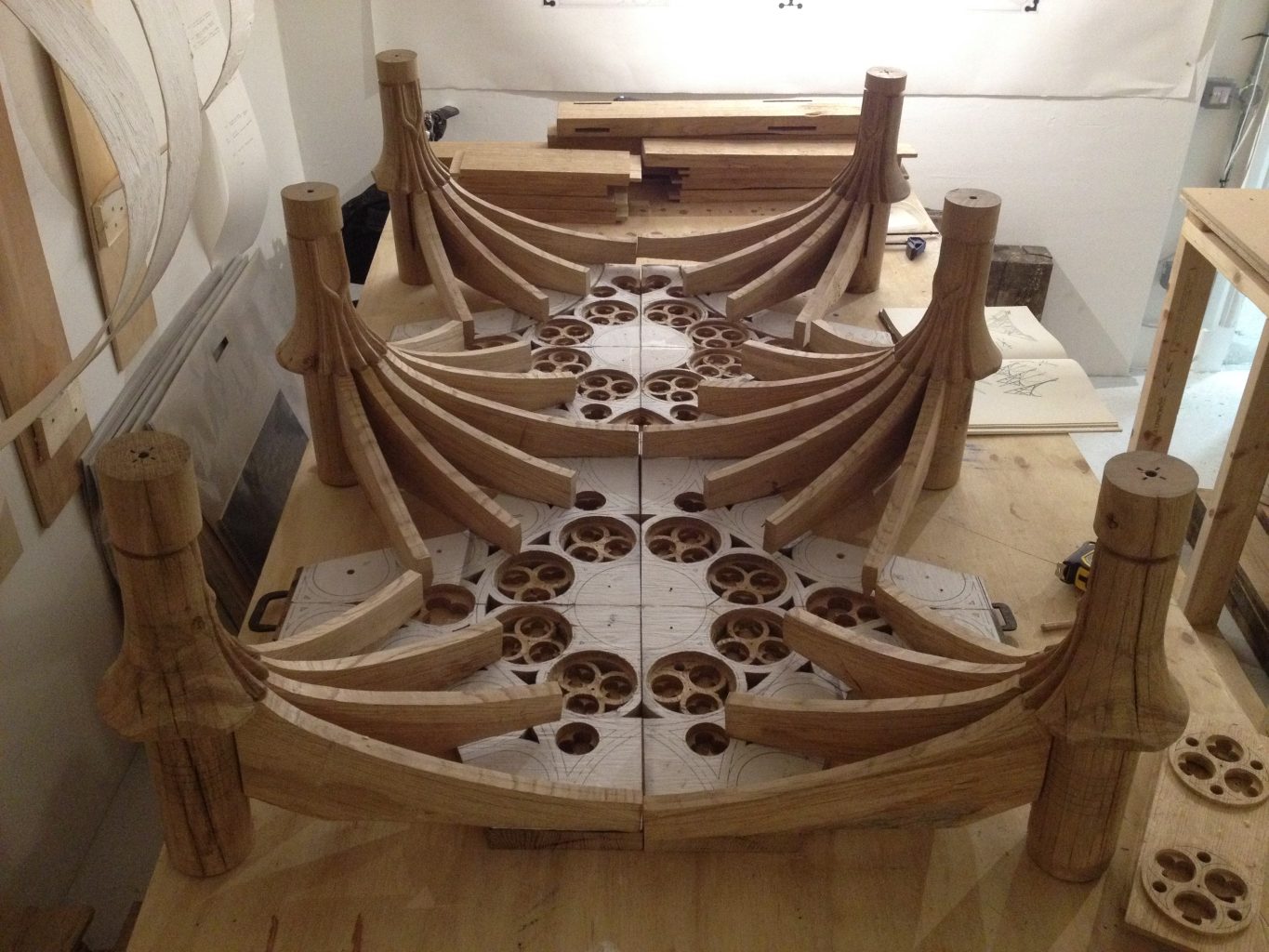



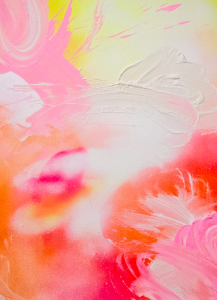











 Spring Term 2021 L-R: MA Art & Material Histories Students building a materials library collaboratively online; The Fine Art Department welcomed Alumna Flora Yukhnovich back to speak as part of a series of professional practice sessions; Gilding projects are being taught online with kits delivered to Conservation students.
Spring Term 2021 L-R: MA Art & Material Histories Students building a materials library collaboratively online; The Fine Art Department welcomed Alumna Flora Yukhnovich back to speak as part of a series of professional practice sessions; Gilding projects are being taught online with kits delivered to Conservation students. Collaborative transcription projects on Gozzoli & Brueghel, delivered online by tutor Kim Amis to second-year Historic Carving students over 12 days.
Collaborative transcription projects on Gozzoli & Brueghel, delivered online by tutor Kim Amis to second-year Historic Carving students over 12 days.






 Thomas Brock’s bust of Frederic Leighton, Leighton House. Image credit: Leighton House
Thomas Brock’s bust of Frederic Leighton, Leighton House. Image credit: Leighton House
 Louise Davison on
Louise Davison on 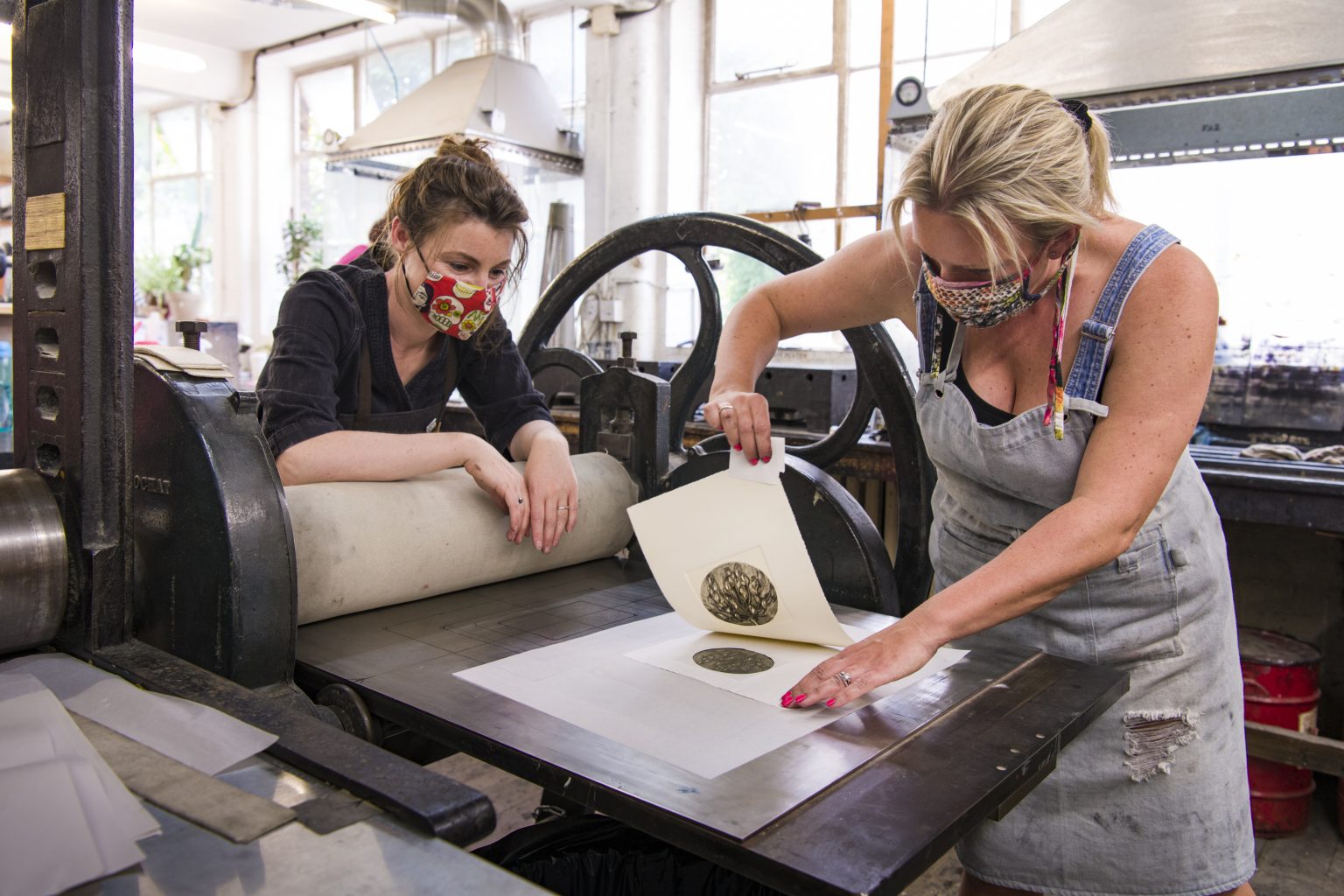
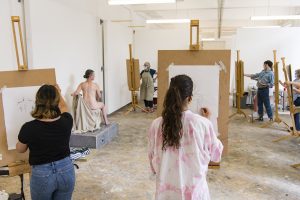






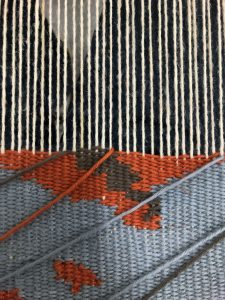

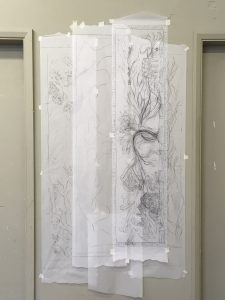
 Symposium presentation: Clare Twomey, British artist,
Symposium presentation: Clare Twomey, British artist,  Symposium presentation: Dr Javier Cuadros, Natural History Museum,
Symposium presentation: Dr Javier Cuadros, Natural History Museum, 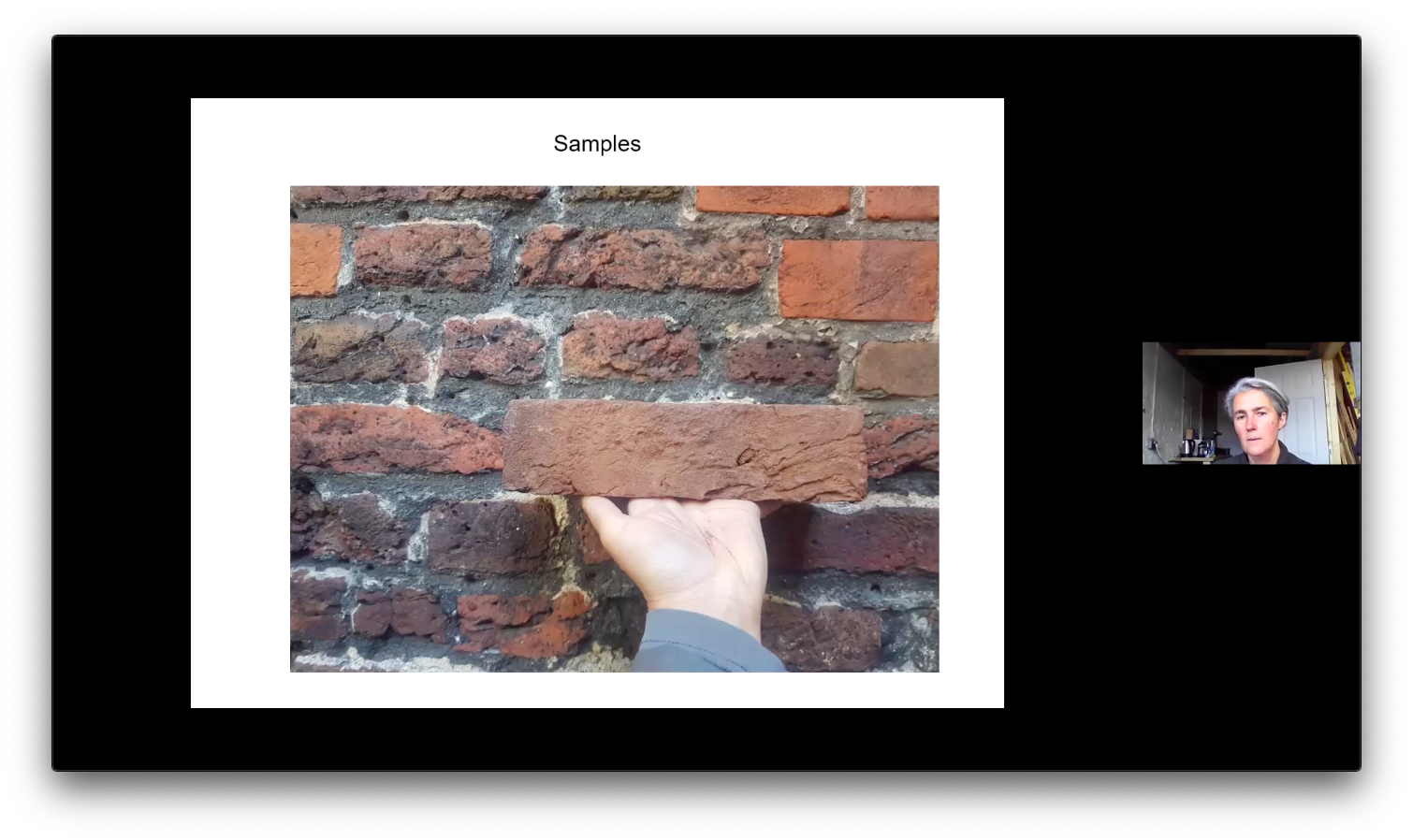 Symposium presentation: Emma Simpson and Tony Minter,
Symposium presentation: Emma Simpson and Tony Minter, 
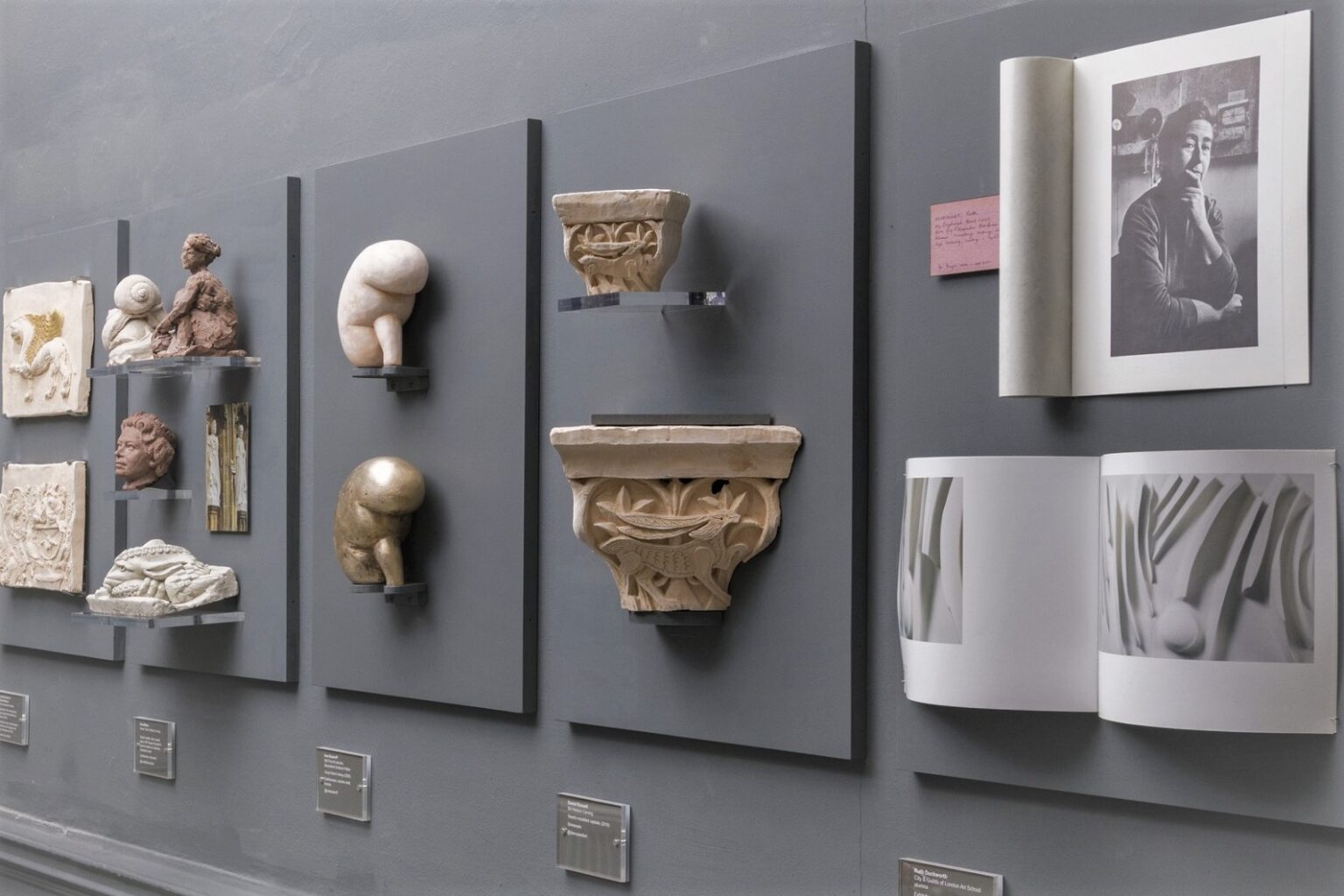





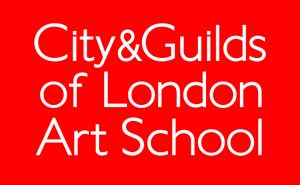

 17th century French panelling with applied circular frame, constructed of 12 pieces (Work in progress)
17th century French panelling with applied circular frame, constructed of 12 pieces (Work in progress)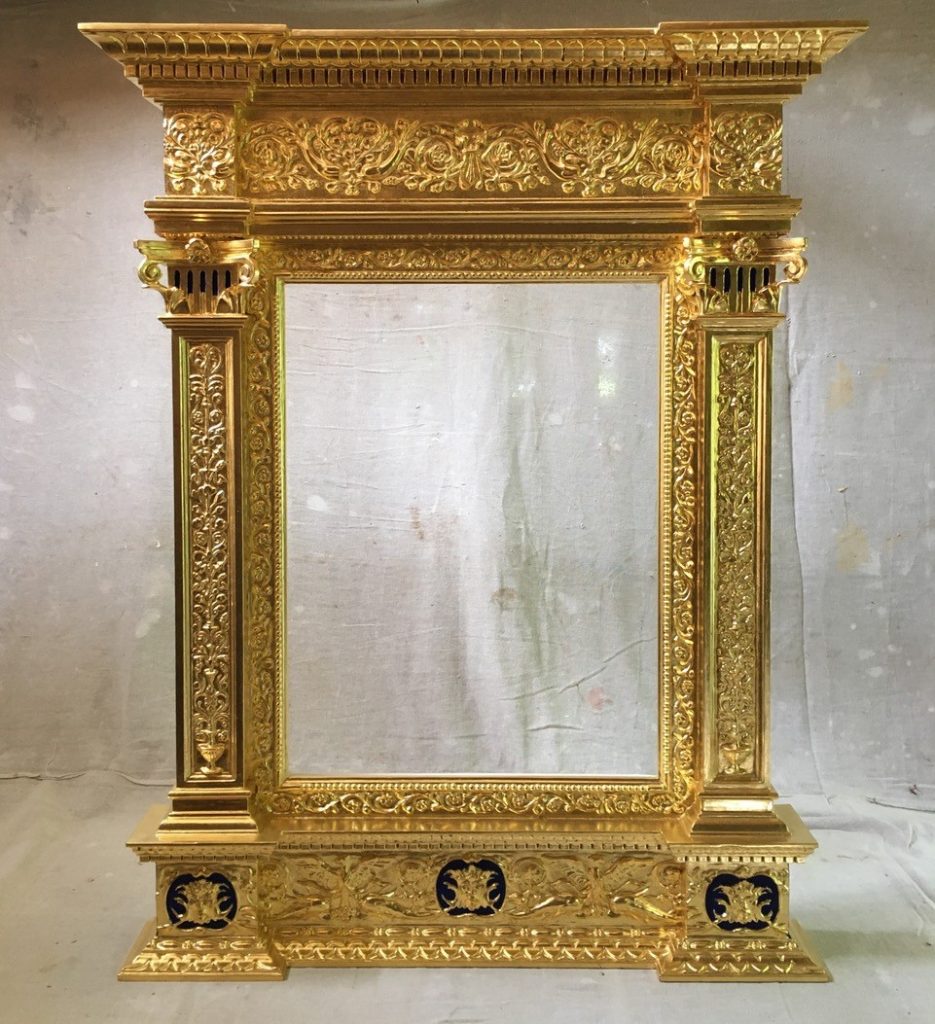 Picture frame, spruce (Picea abies) and oak (Quercus petraea) with gilded applied gesso ornamentation, 800mm x 1000mm
Picture frame, spruce (Picea abies) and oak (Quercus petraea) with gilded applied gesso ornamentation, 800mm x 1000mm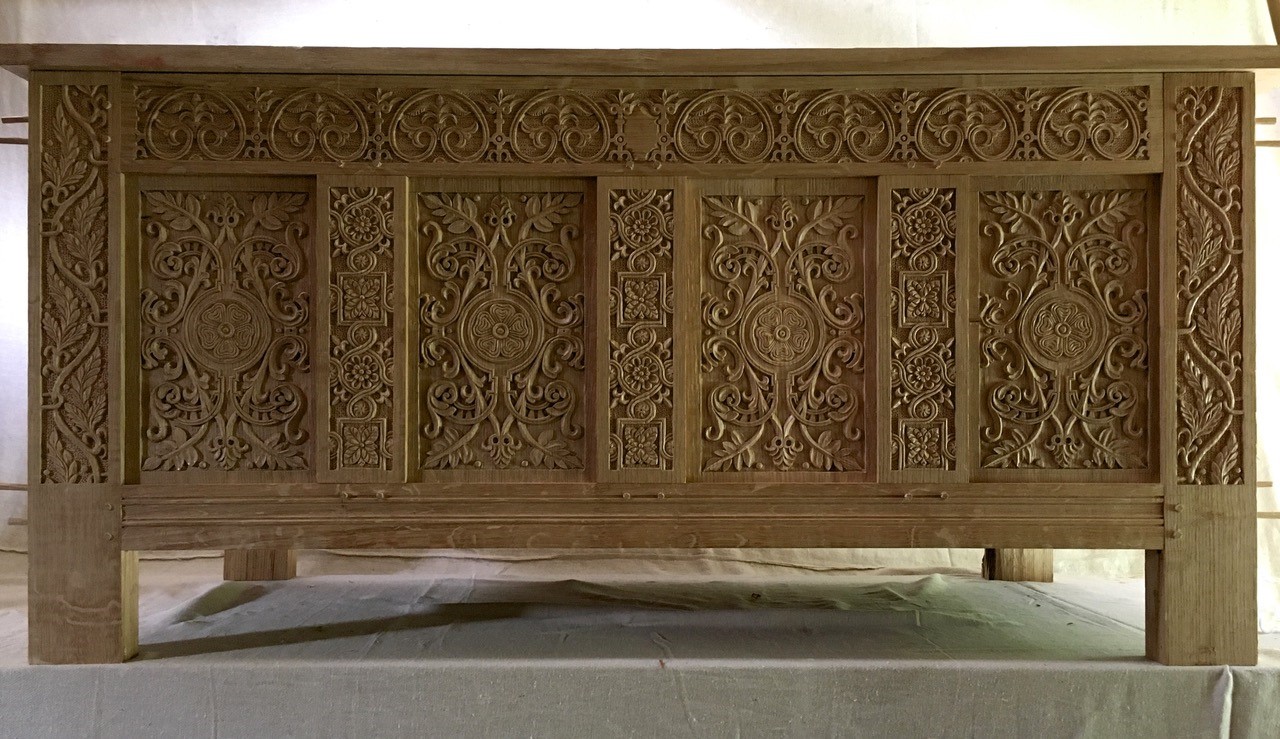 Carved, joined chest, Riven Baltic oak (Quercus petraea), 43” x 26” x 24”
Carved, joined chest, Riven Baltic oak (Quercus petraea), 43” x 26” x 24” Vaulted ceiling of the Edward the Confessor Chapel Canterbury Cathedral
Vaulted ceiling of the Edward the Confessor Chapel Canterbury Cathedral




 Sarah Davis, Diploma: Woodcarving & Gilding (2019)
Sarah Davis, Diploma: Woodcarving & Gilding (2019)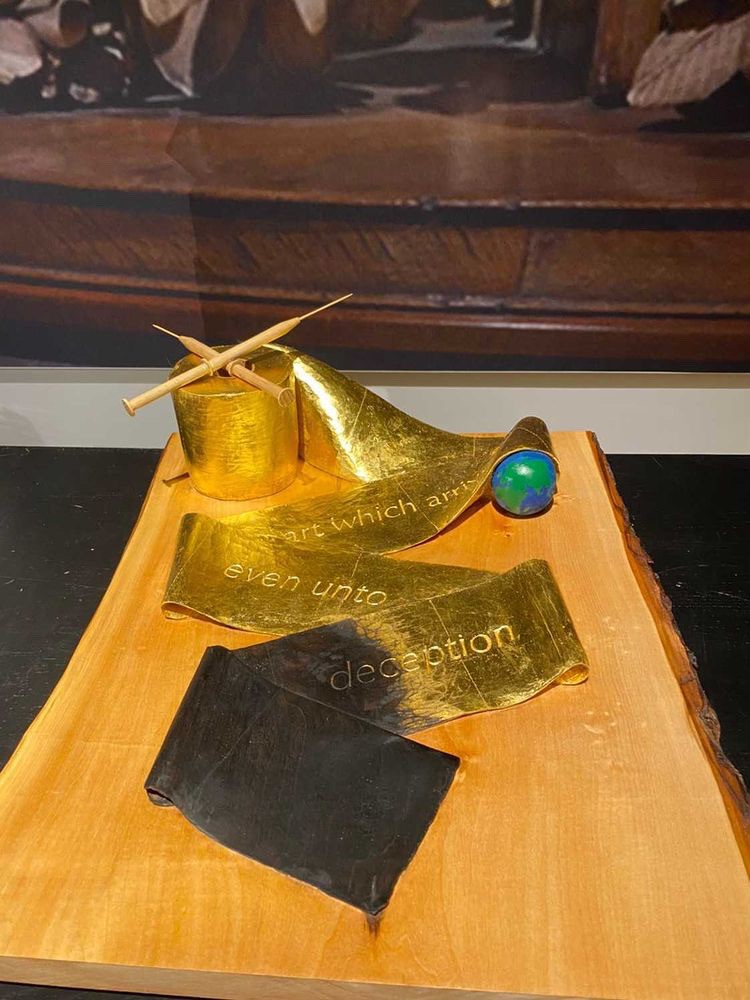
 Alex Waddell, Graduate Diploma Arts: Carving
Alex Waddell, Graduate Diploma Arts: Carving
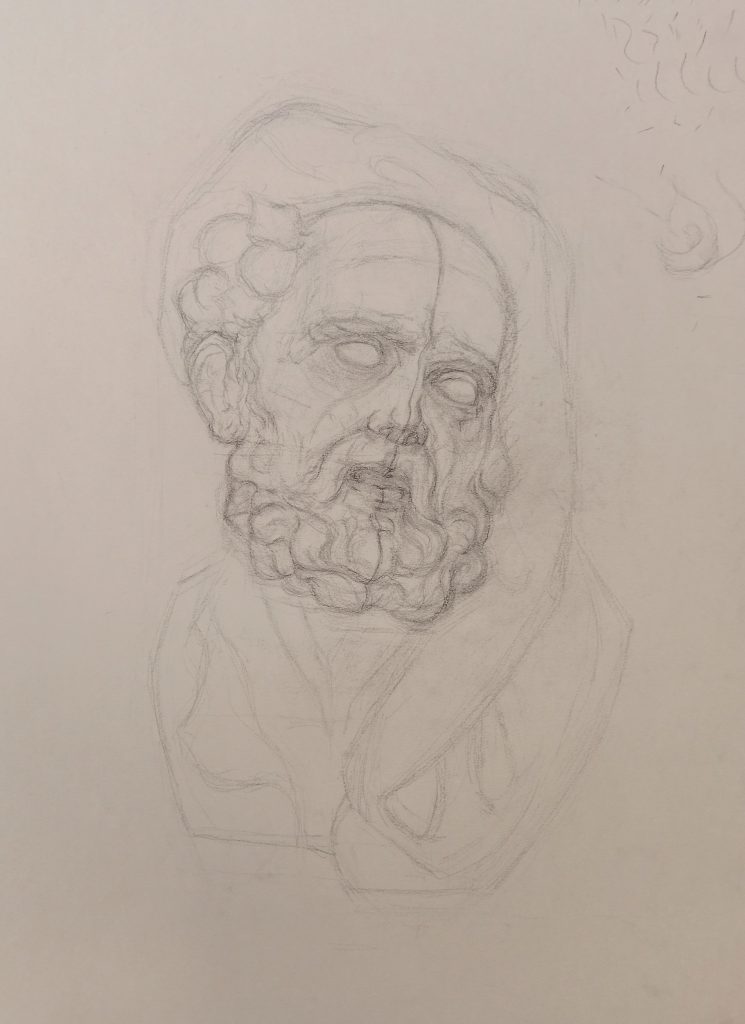







 Laura Wilson, Deepening, 2020. Still from video, 15:36 minutes. Co-commissioned by New Geographies and Norwich Castle Museum & Art Gallery.
Laura Wilson, Deepening, 2020. Still from video, 15:36 minutes. Co-commissioned by New Geographies and Norwich Castle Museum & Art Gallery. Laura Wilson, Old Salt, 2021. Silk screen print. Co-commissioned by Mansions of the future and The Collection Museum, Lincoln. Photo: Reece Shaw.
Laura Wilson, Old Salt, 2021. Silk screen print. Co-commissioned by Mansions of the future and The Collection Museum, Lincoln. Photo: Reece Shaw. Laura Wilson, Old Salt, 2021. Installation detail. Co-commissioned by Mansions of the future and The Collection Museum, Lincoln. Photo: Reece Shaw.
Laura Wilson, Old Salt, 2021. Installation detail. Co-commissioned by Mansions of the future and The Collection Museum, Lincoln. Photo: Reece Shaw. Laura Wilson, You Would Almost Expect to Find it Warm, 2018. Co-commissioned by Franck Bordese and Block Universe for The British Museum. Photo: Manuela Barczewski
Laura Wilson, You Would Almost Expect to Find it Warm, 2018. Co-commissioned by Franck Bordese and Block Universe for The British Museum. Photo: Manuela Barczewski Laura Wilson, Fold and Stretch, 2017. Commissioned by Site Gallery. Photo: Jules Lister.
Laura Wilson, Fold and Stretch, 2017. Commissioned by Site Gallery. Photo: Jules Lister. Shortlisted student Arielle Francis (BA (Hons) Historic Carving: Woodcarving & Gilding), with Alex Elinson (GradDip Arts: Carving)
Shortlisted student Arielle Francis (BA (Hons) Historic Carving: Woodcarving & Gilding), with Alex Elinson (GradDip Arts: Carving) Miriam Johnson (BA (Hons) Historic Carving: Architectural Stone 2019)
Miriam Johnson (BA (Hons) Historic Carving: Architectural Stone 2019)





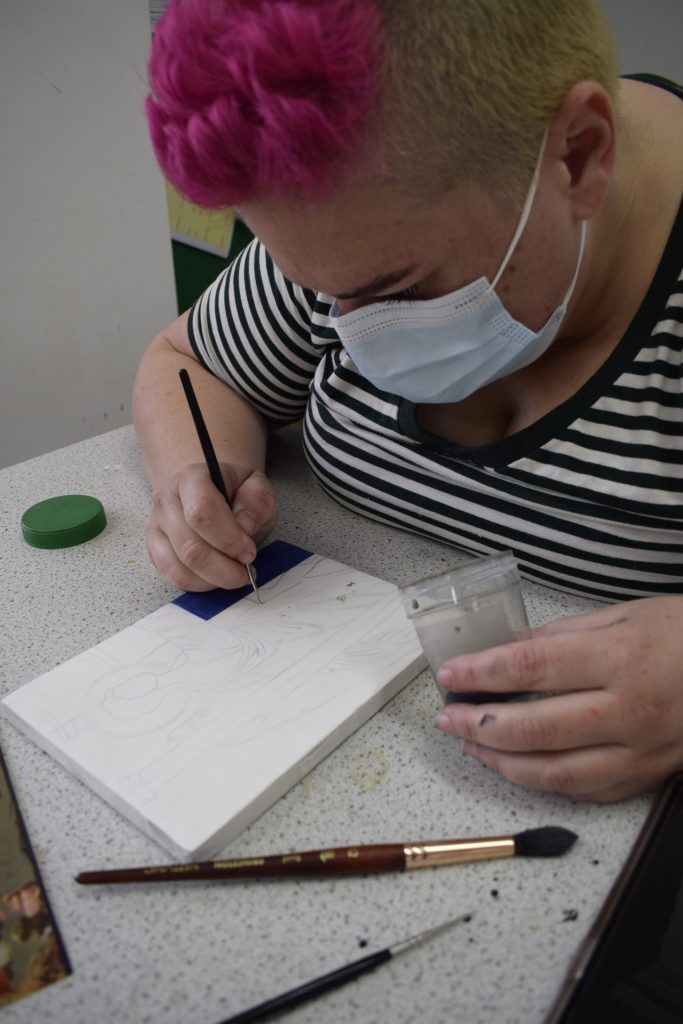




















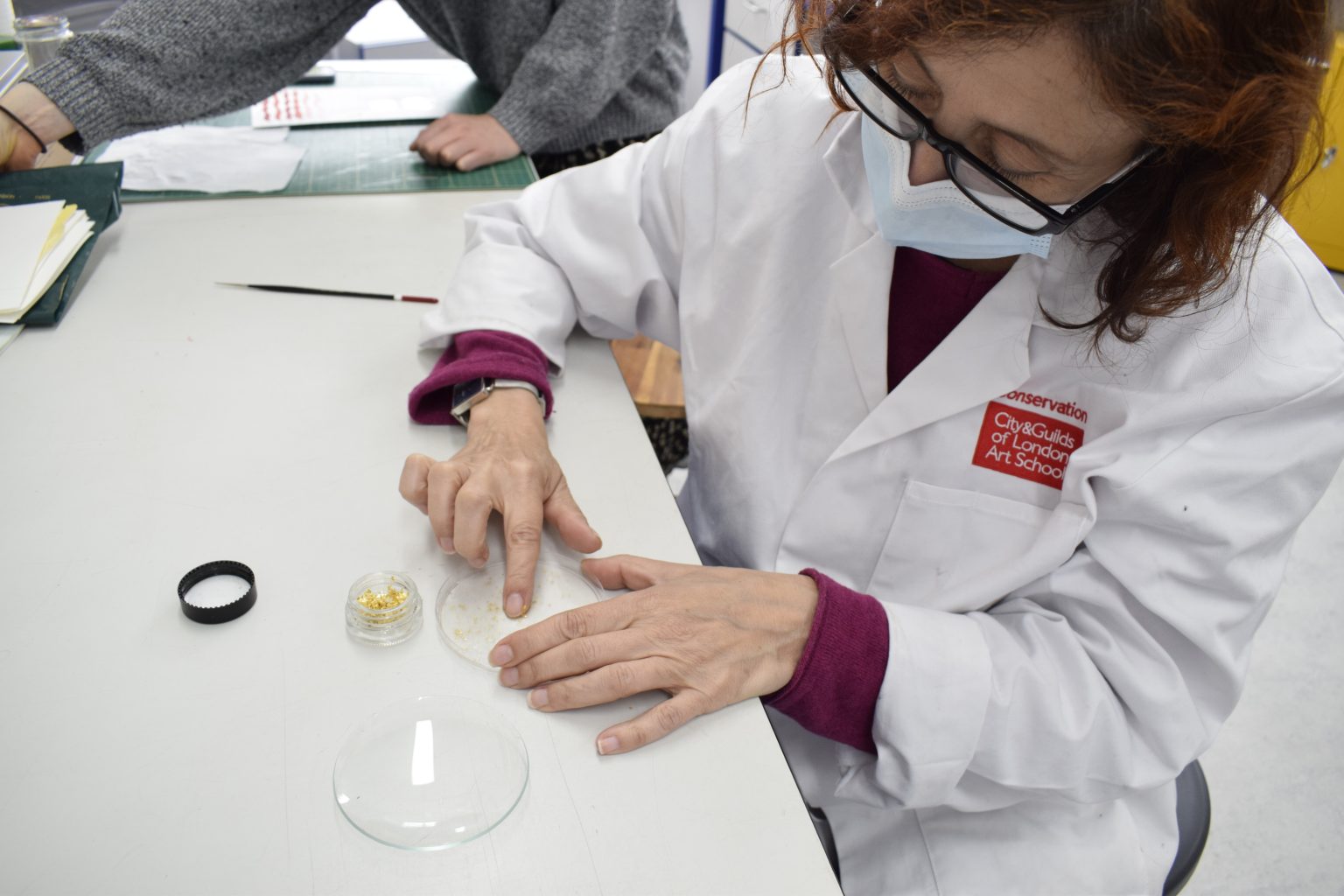








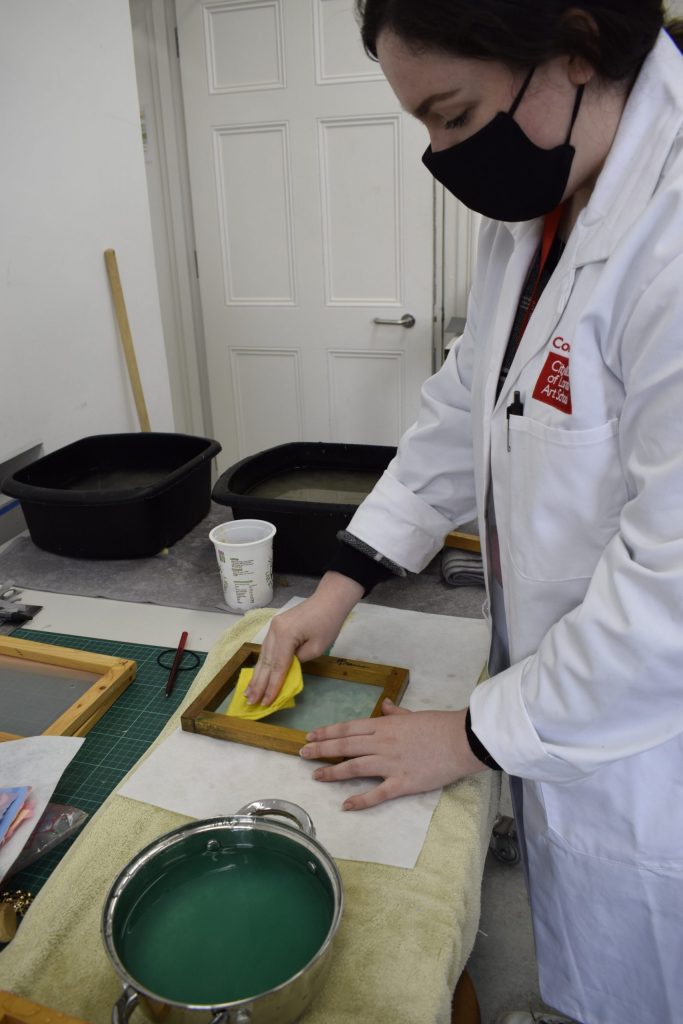












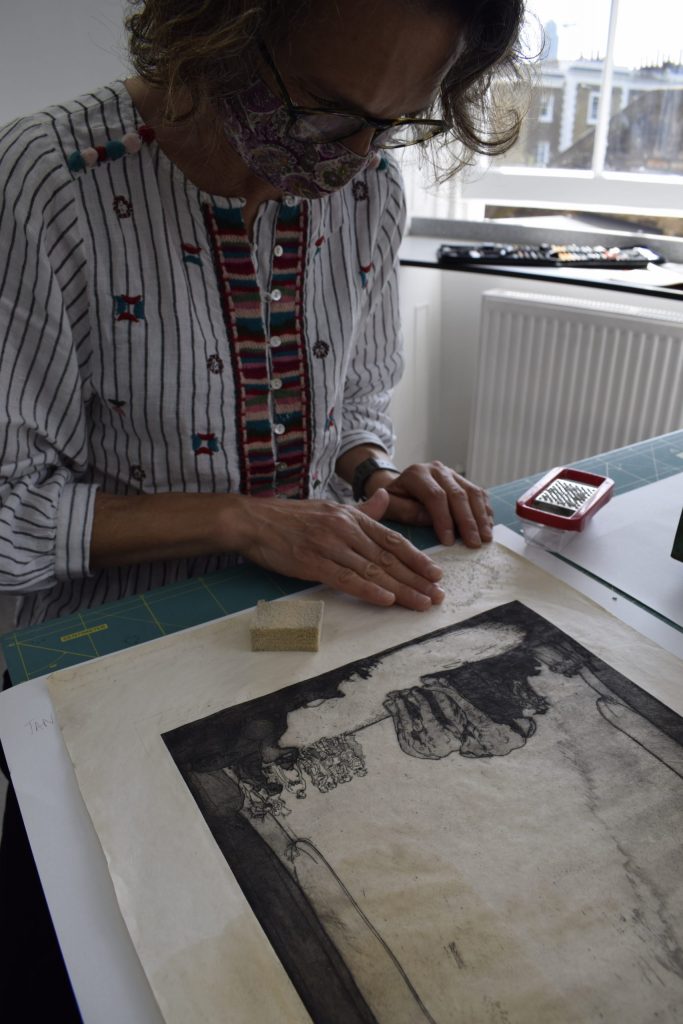










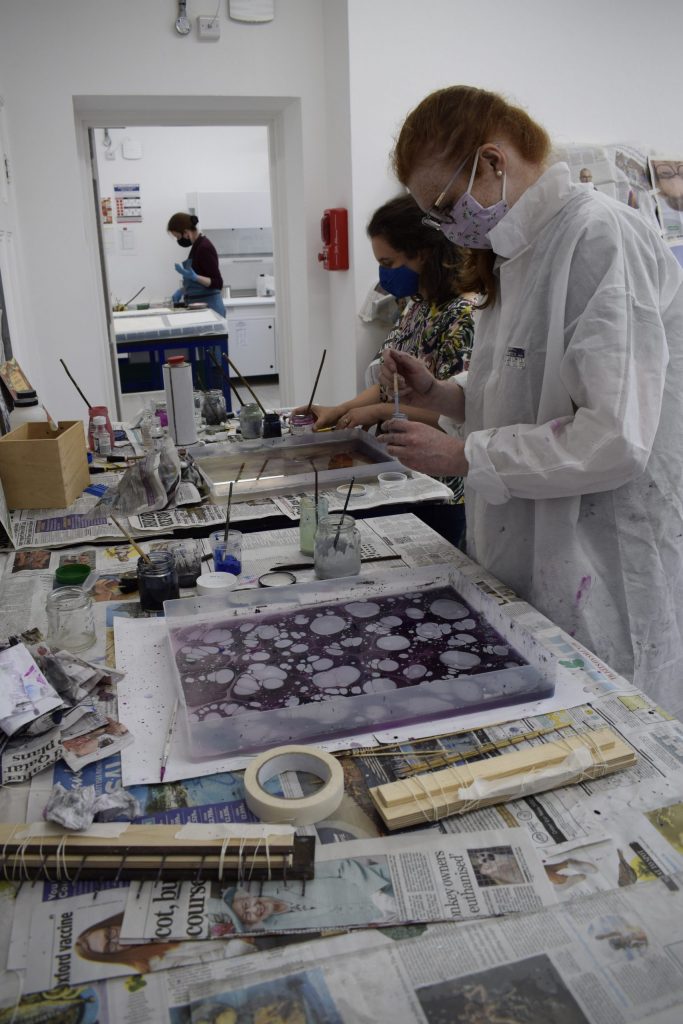











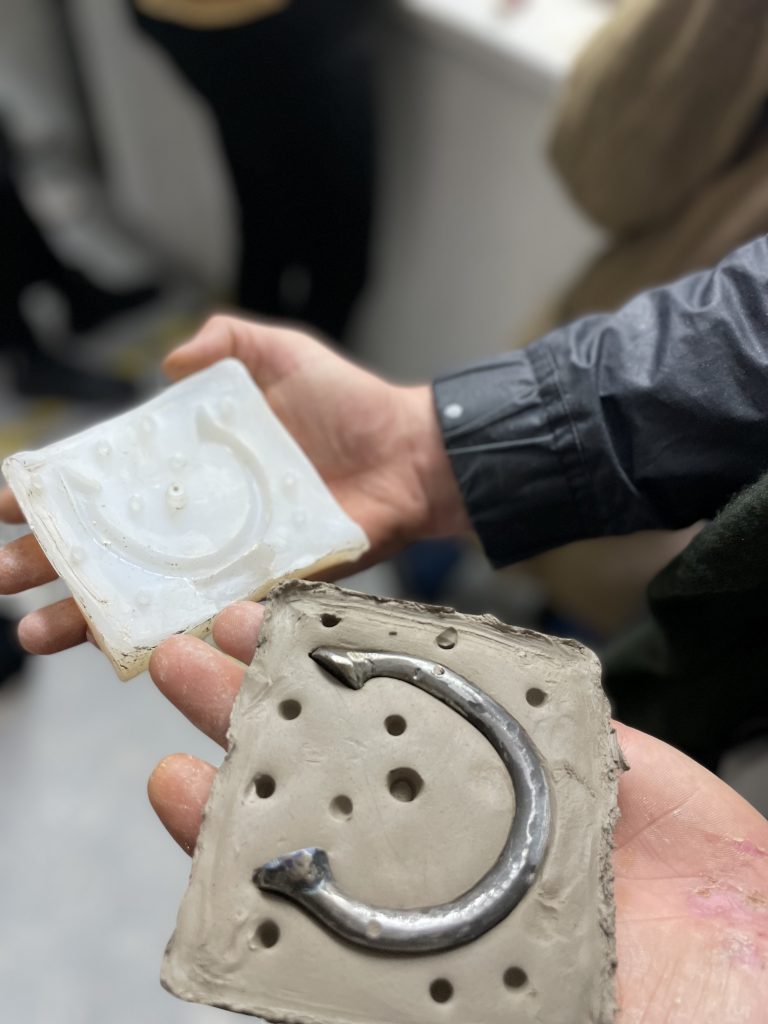





 Art theorist and video and performance artist, Dr Oriana Fox, is an Art Histories Tutor on the
Art theorist and video and performance artist, Dr Oriana Fox, is an Art Histories Tutor on the 






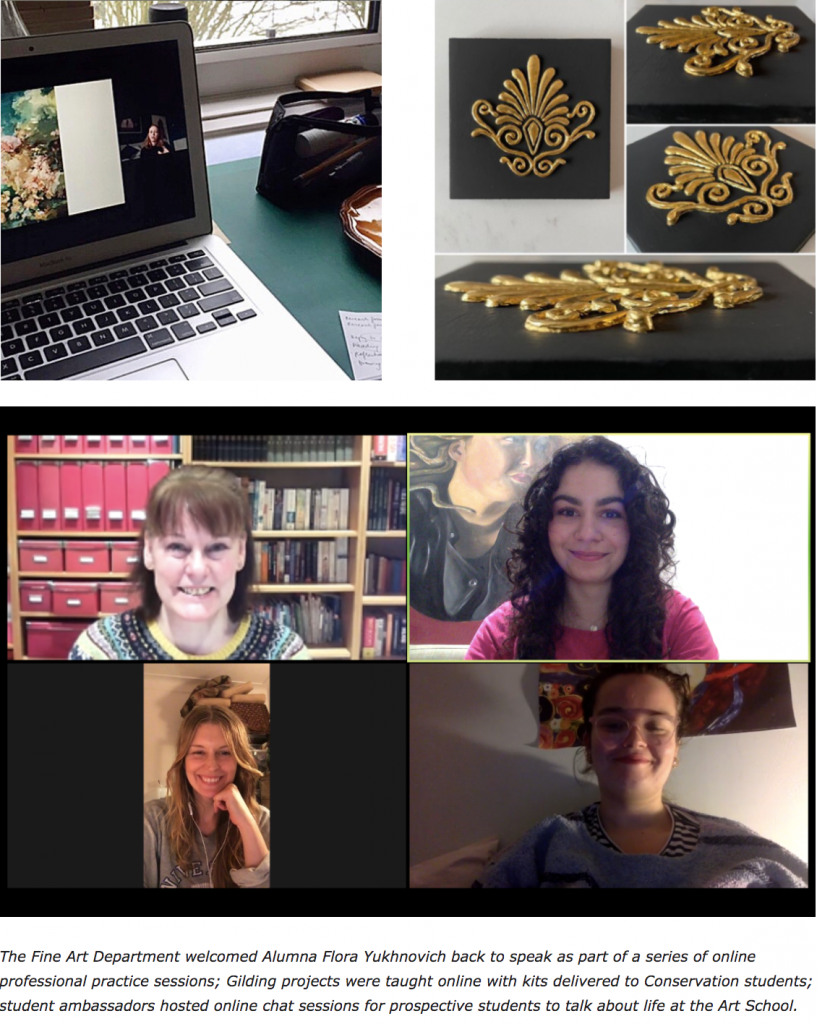
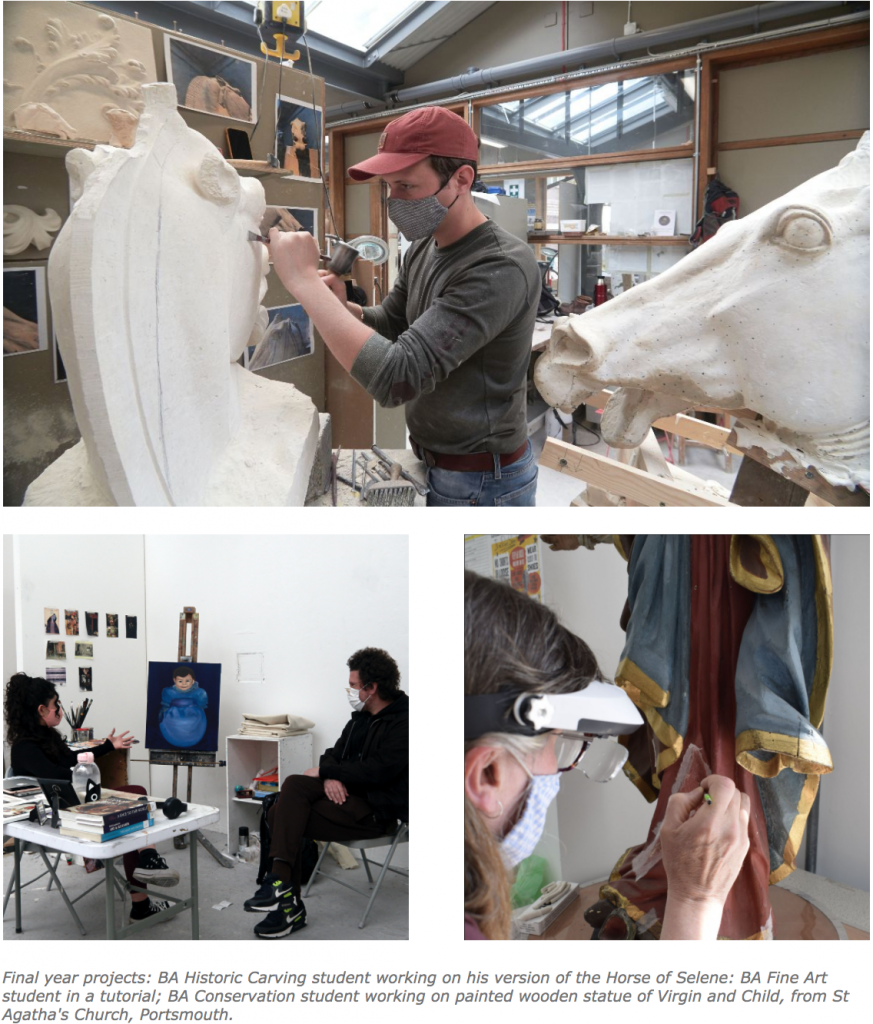
 We’re delighted to announce the launch of the MA Fine Art Graduate Showcase, an online exhibition of the outstanding work of our 2020 MA Fine Art graduates, following an extended academic year due to the pandemic.
We’re delighted to announce the launch of the MA Fine Art Graduate Showcase, an online exhibition of the outstanding work of our 2020 MA Fine Art graduates, following an extended academic year due to the pandemic. 
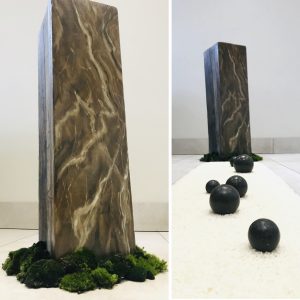

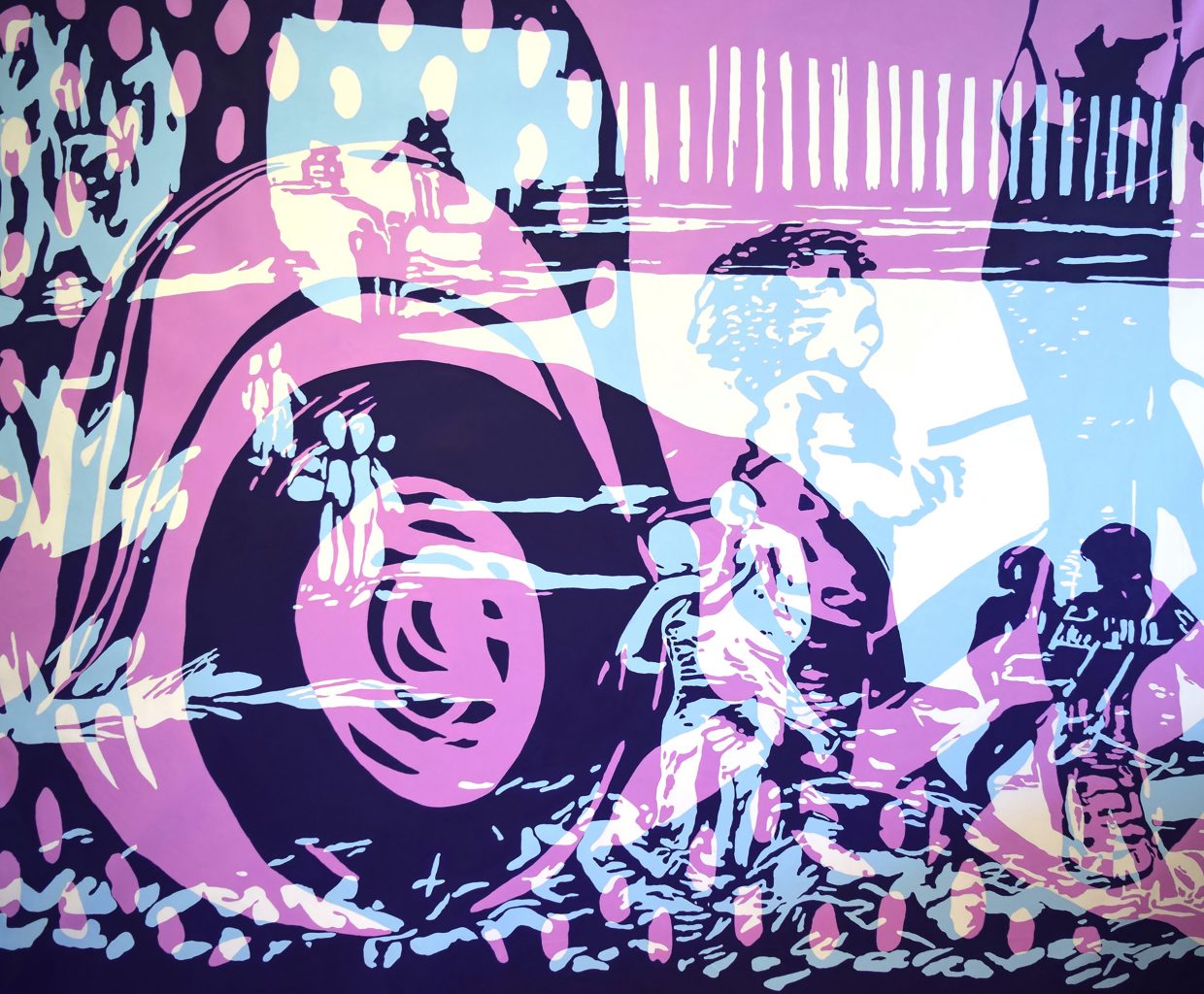










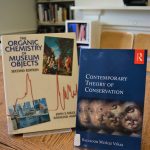


















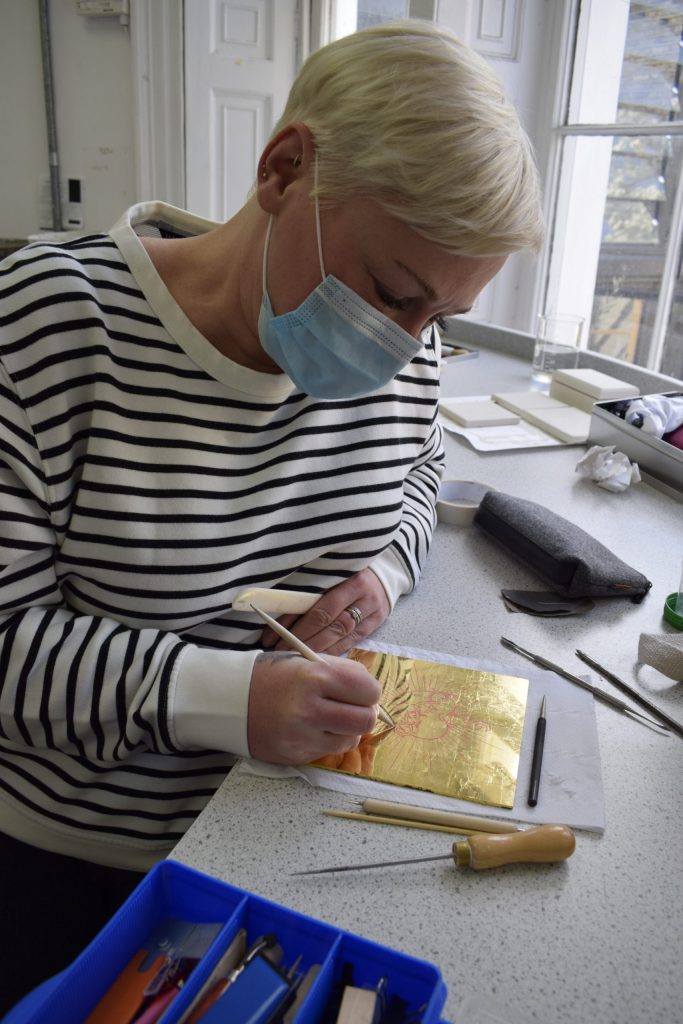












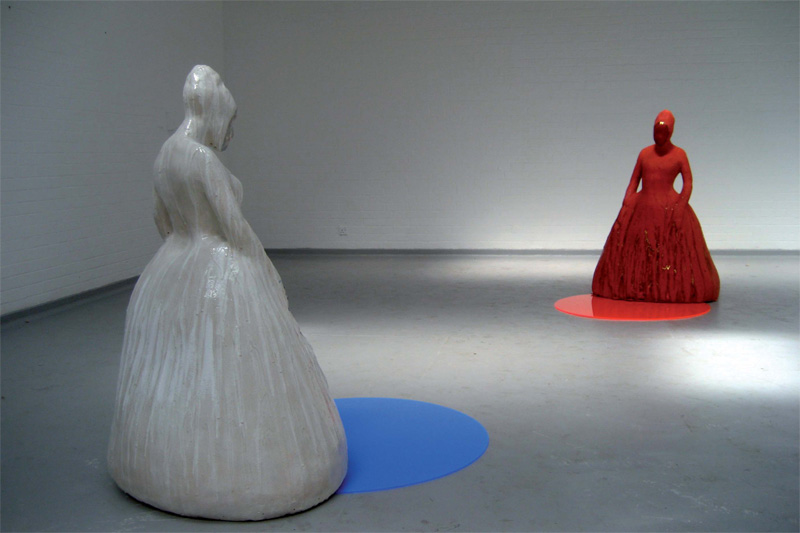


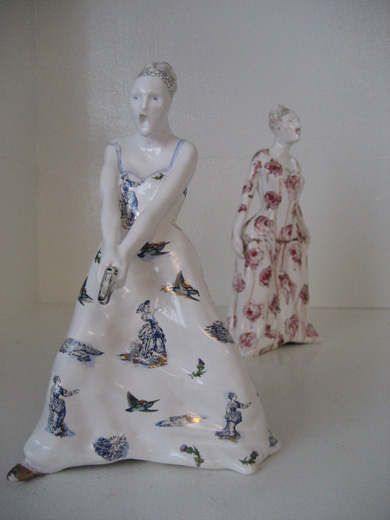
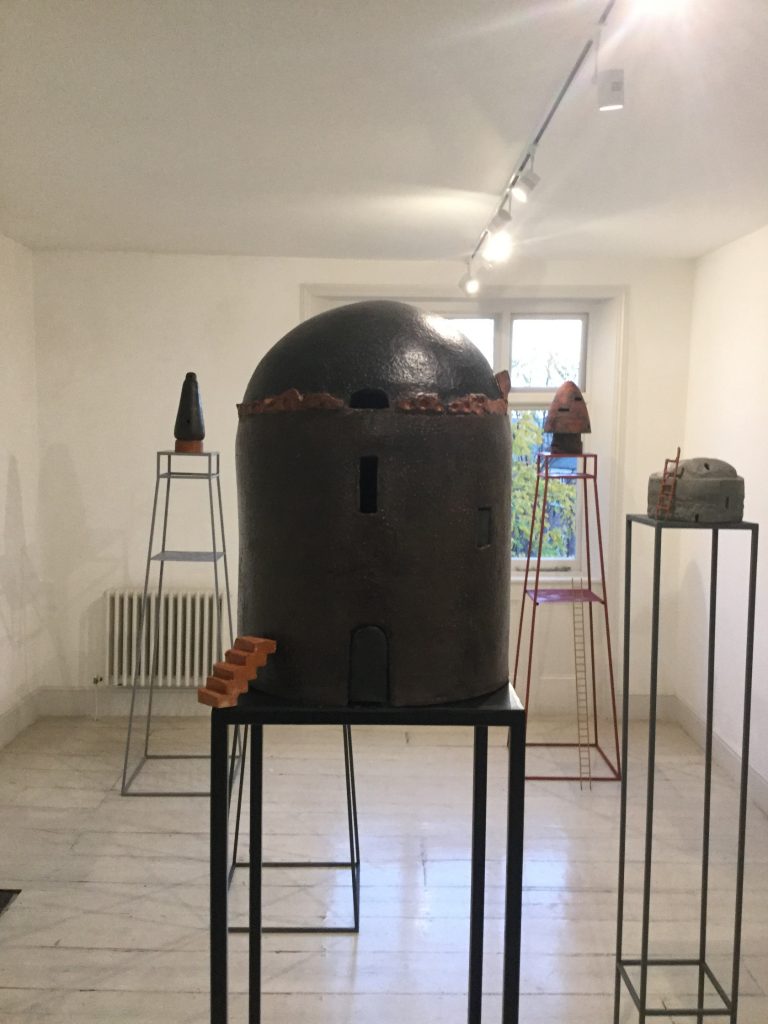


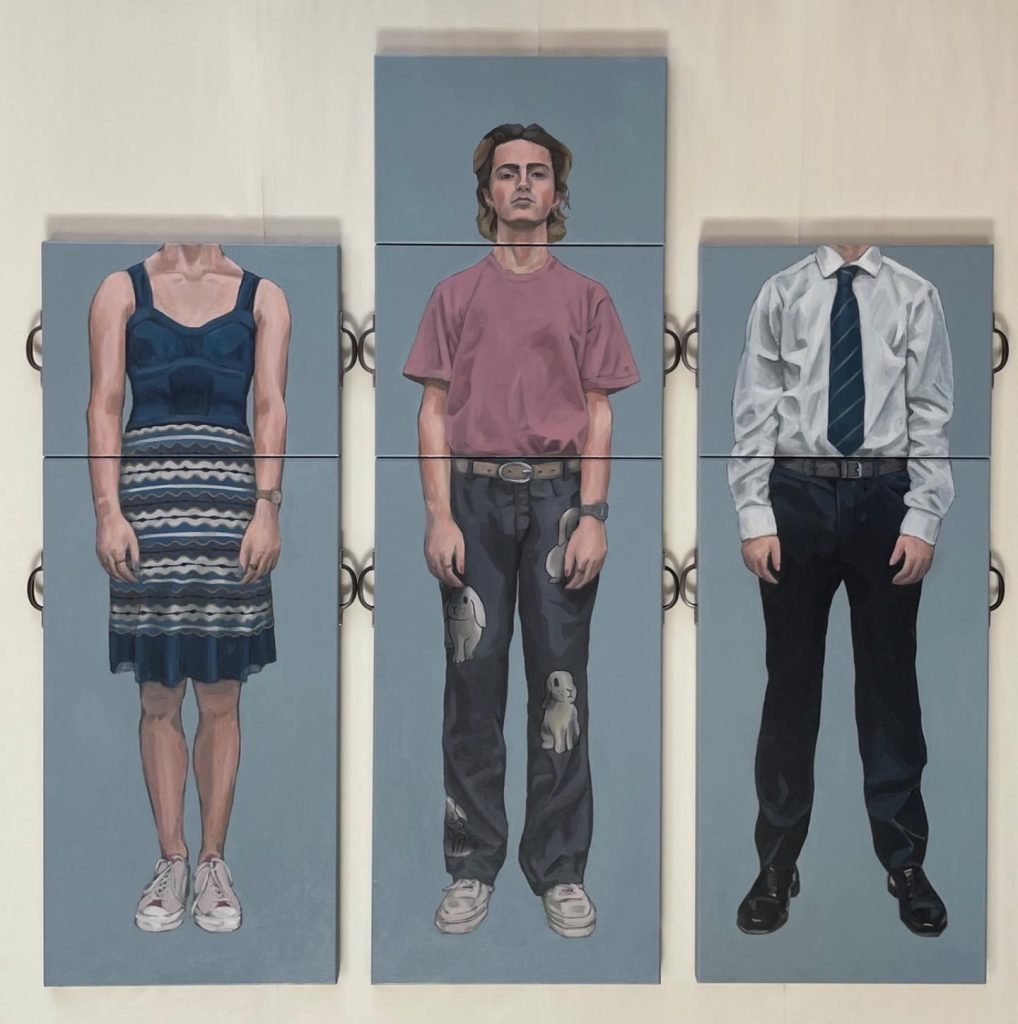



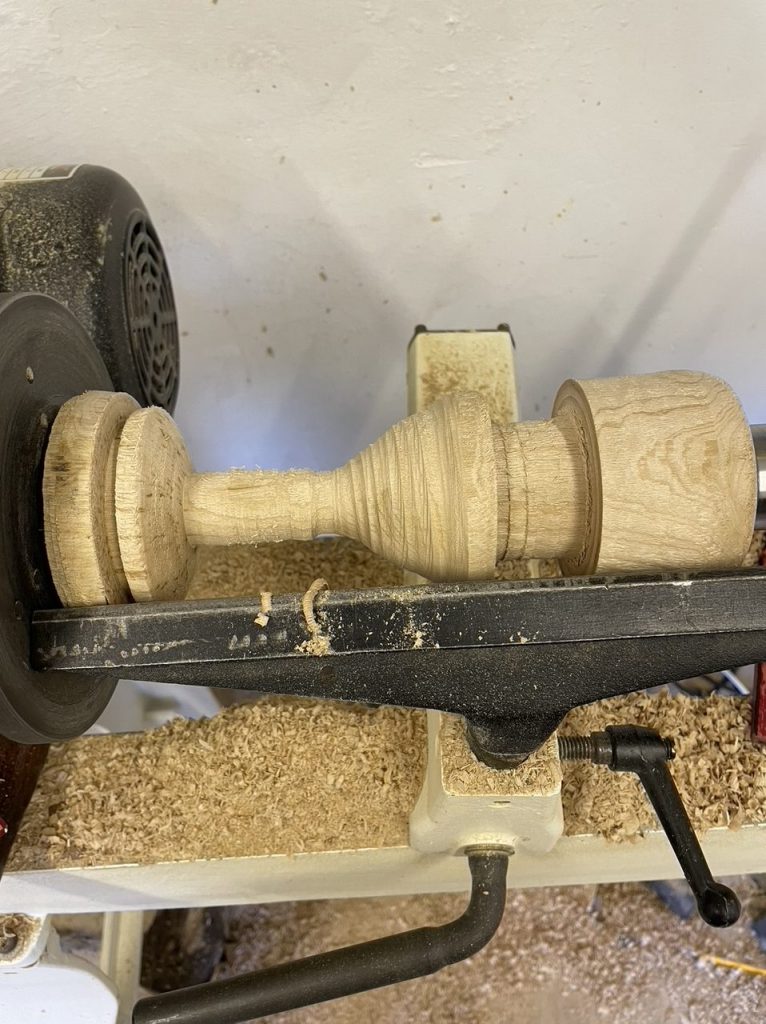
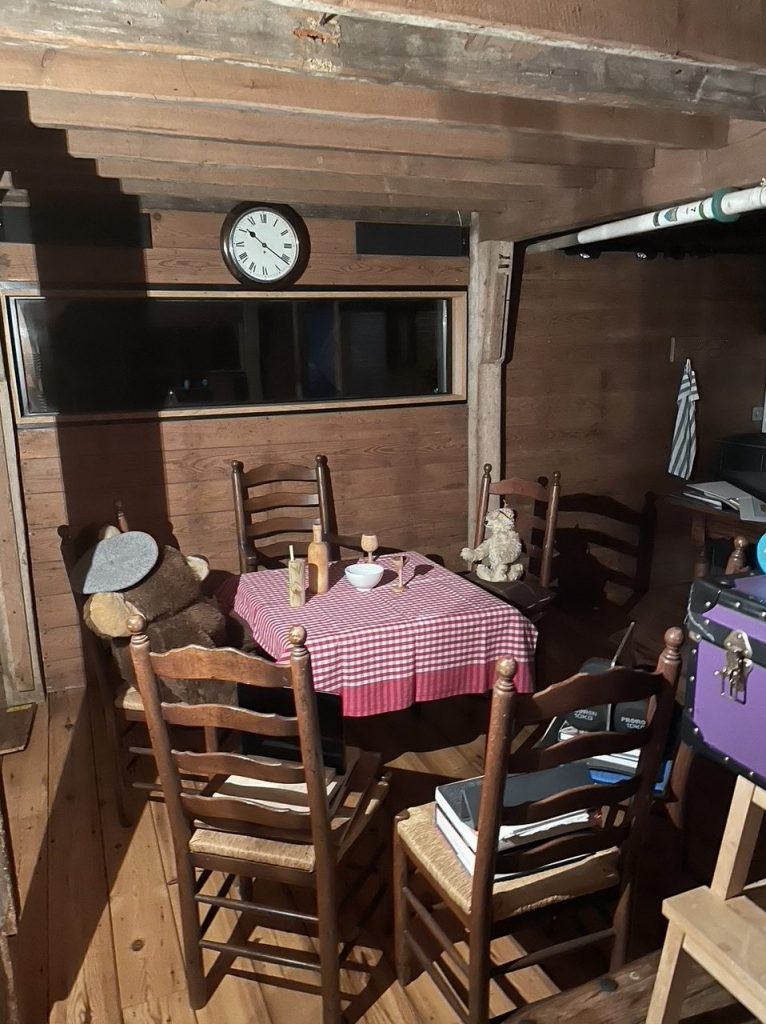











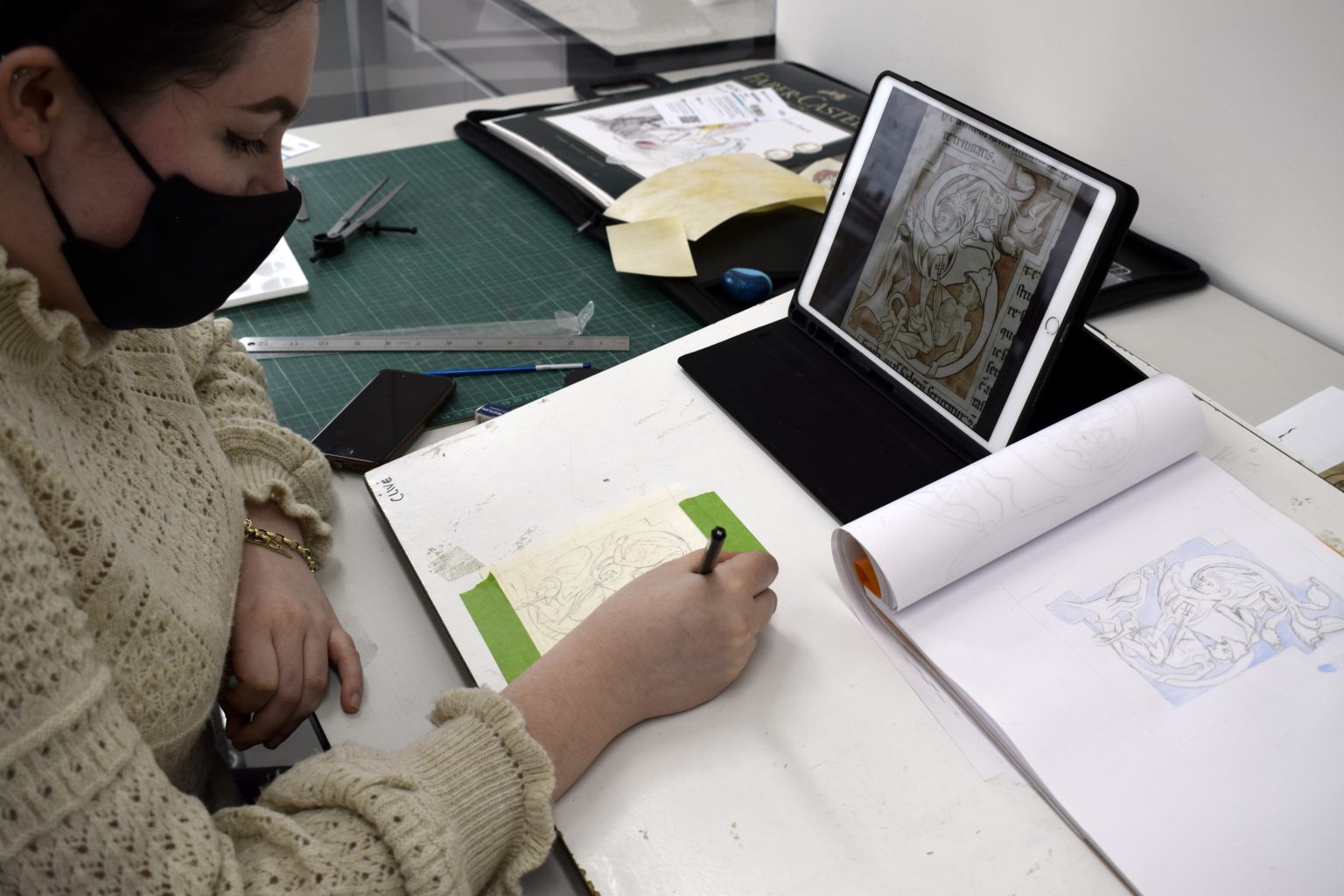










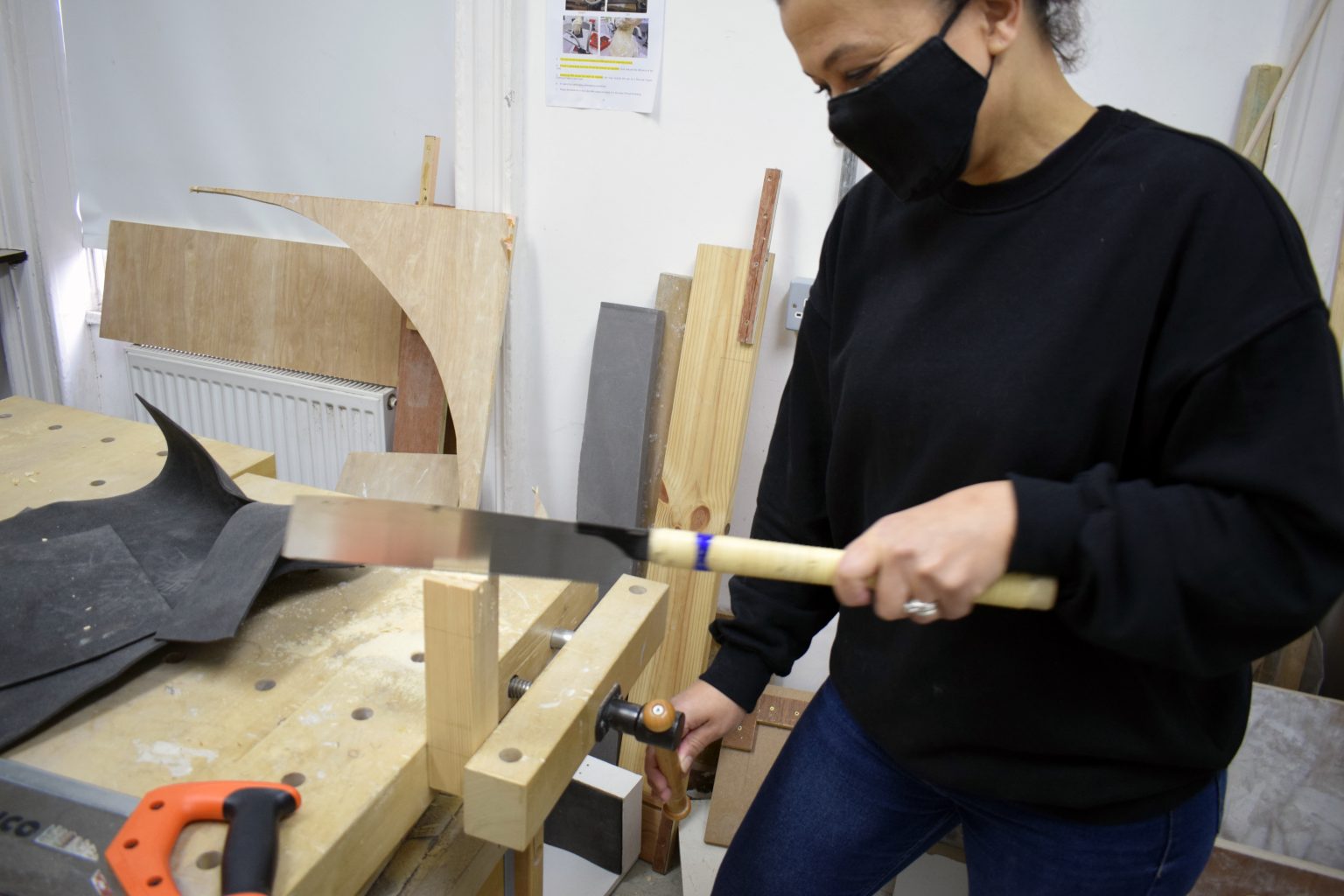



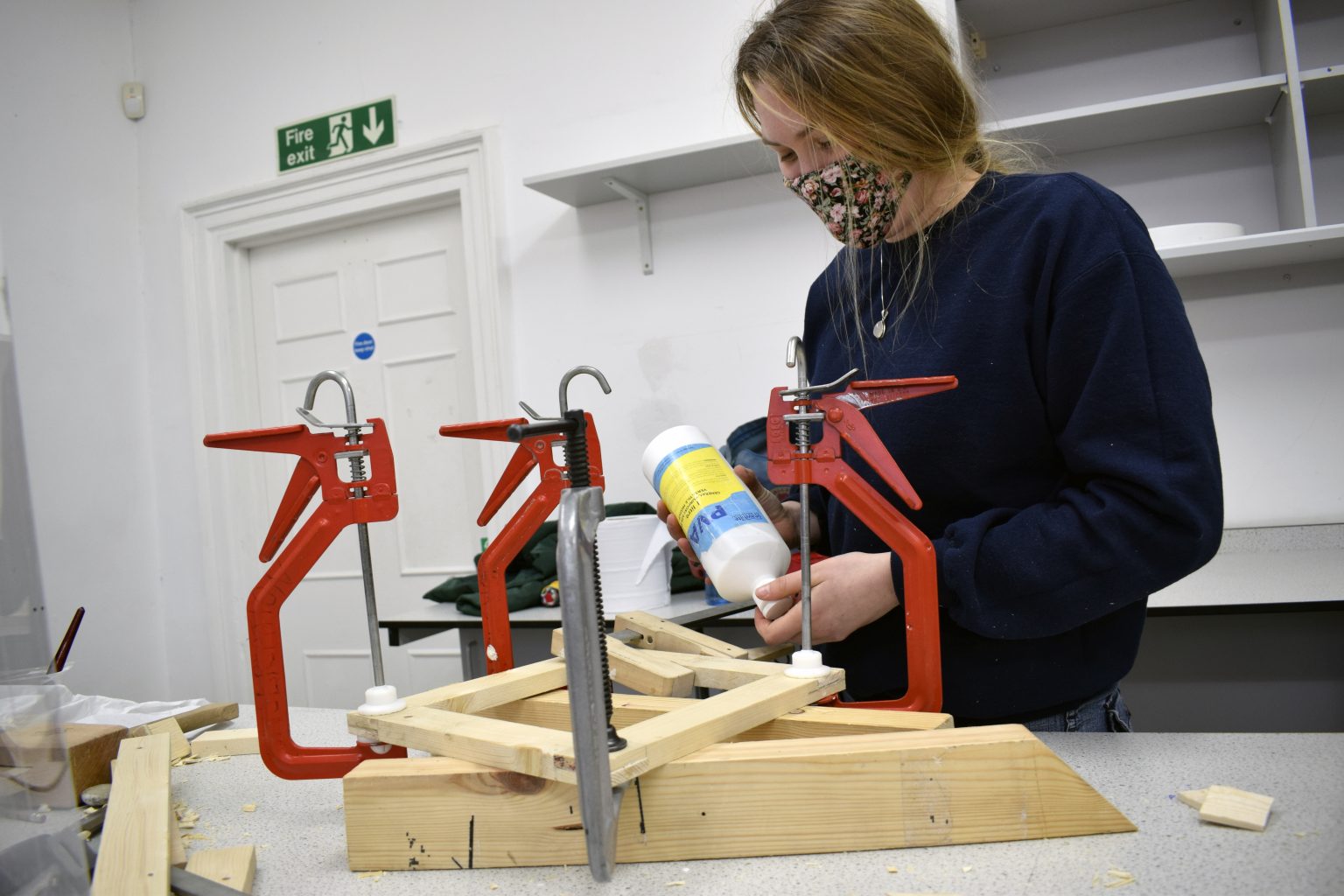














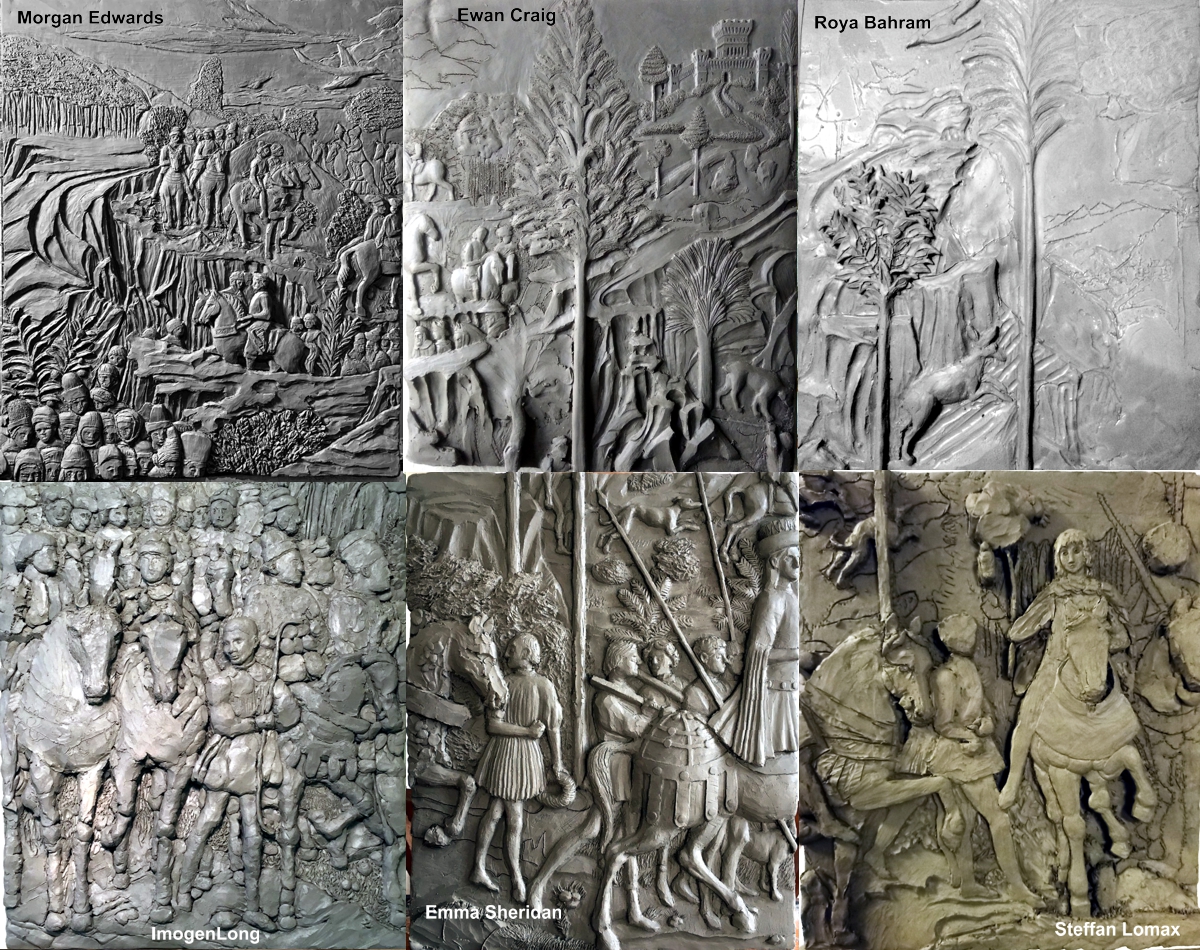 ‘Journey of the Magi to Bethlehem’ by Benozzo Grozzoli, modelled by Historic Carving 2nd year students Morgan Edwards, Ewan Craig, Roya Bahram, Imogen Long, Emma Sheridan and Steffan Lomax.
‘Journey of the Magi to Bethlehem’ by Benozzo Grozzoli, modelled by Historic Carving 2nd year students Morgan Edwards, Ewan Craig, Roya Bahram, Imogen Long, Emma Sheridan and Steffan Lomax.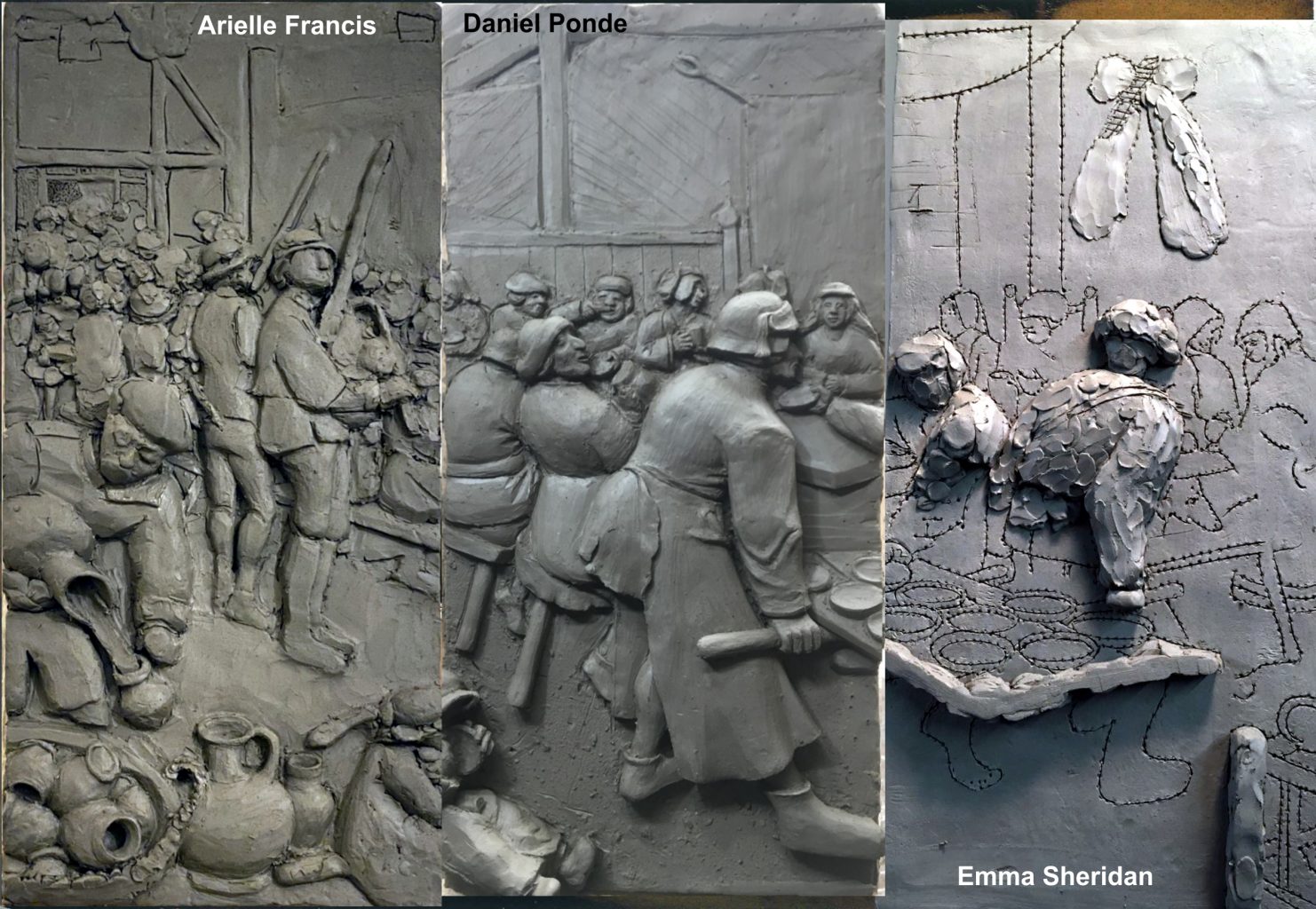 ‘Peasant Wedding’ by Pieter Bruegel the Elder, modelled by Historic Carving 2nd year students Arielle Francis, Daniel Ponde and Emma Sheridan.
‘Peasant Wedding’ by Pieter Bruegel the Elder, modelled by Historic Carving 2nd year students Arielle Francis, Daniel Ponde and Emma Sheridan.

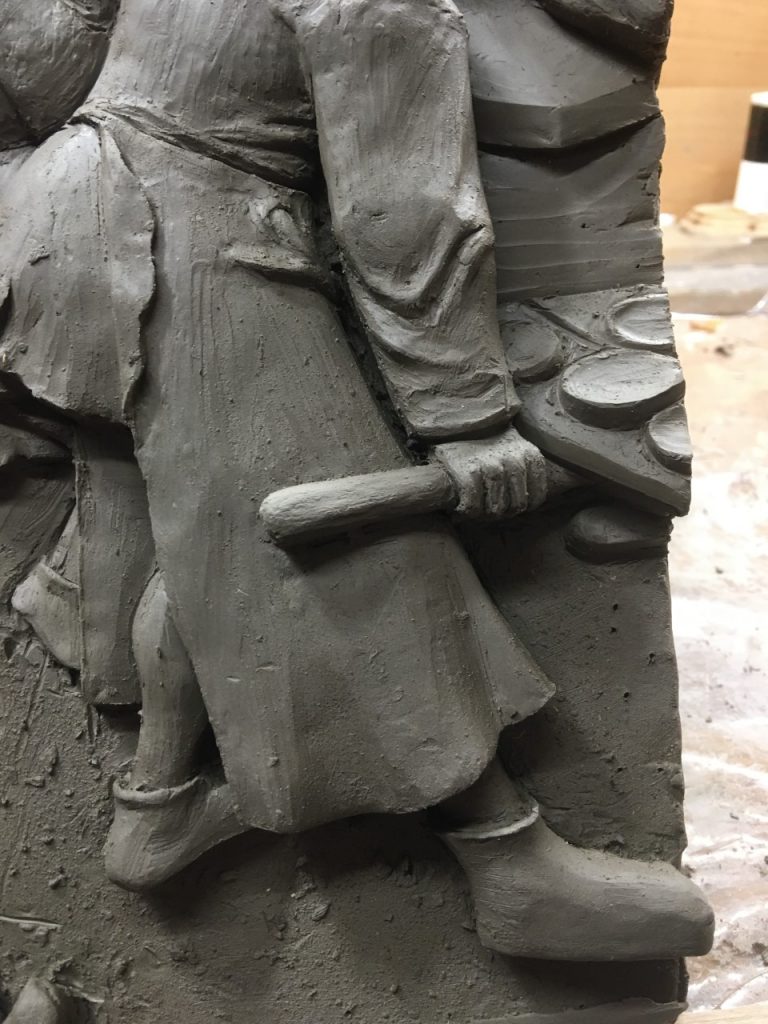


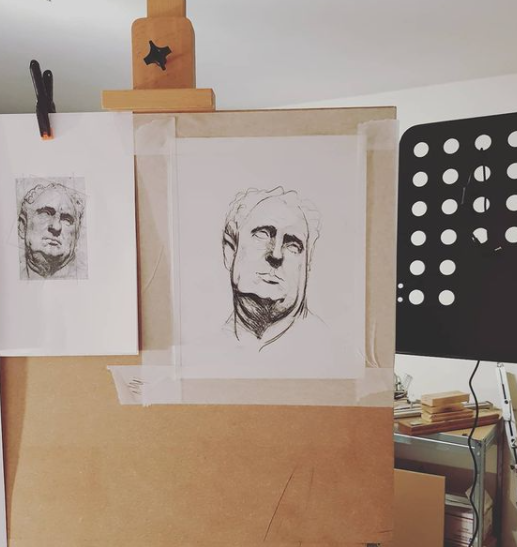


























 Massaging the fish skin in soapy water to remove the grease
Massaging the fish skin in soapy water to remove the grease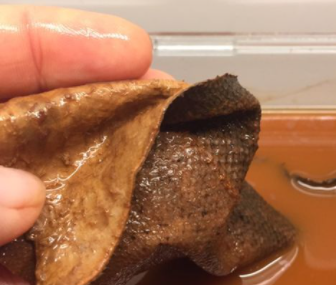

 Stretching a skin at the
Stretching a skin at the  Fish skin leather made by student Tanya Alfille
Fish skin leather made by student Tanya Alfille

 Expert taxidermist, Derek Frampton – one of the Experts studied by Professor Kneebone
Expert taxidermist, Derek Frampton – one of the Experts studied by Professor Kneebone A workshop bringing experts from different disciplines together, including the Art School’s Senior Stone Carving Tutor Nina Bilbey (R)
A workshop bringing experts from different disciplines together, including the Art School’s Senior Stone Carving Tutor Nina Bilbey (R) ‘Stones and bones’ – the Art School’s Stone Carving Tutor Paul Jakeman (L) compares notes with Orthopaedic Surgeon, Malik Rasi (R)
‘Stones and bones’ – the Art School’s Stone Carving Tutor Paul Jakeman (L) compares notes with Orthopaedic Surgeon, Malik Rasi (R)
 The tablets of the word by Ralph Beyer – Andrewrabbott, CC BY-SA 4.0, via Wikimedia Commons
The tablets of the word by Ralph Beyer – Andrewrabbott, CC BY-SA 4.0, via Wikimedia Commons 







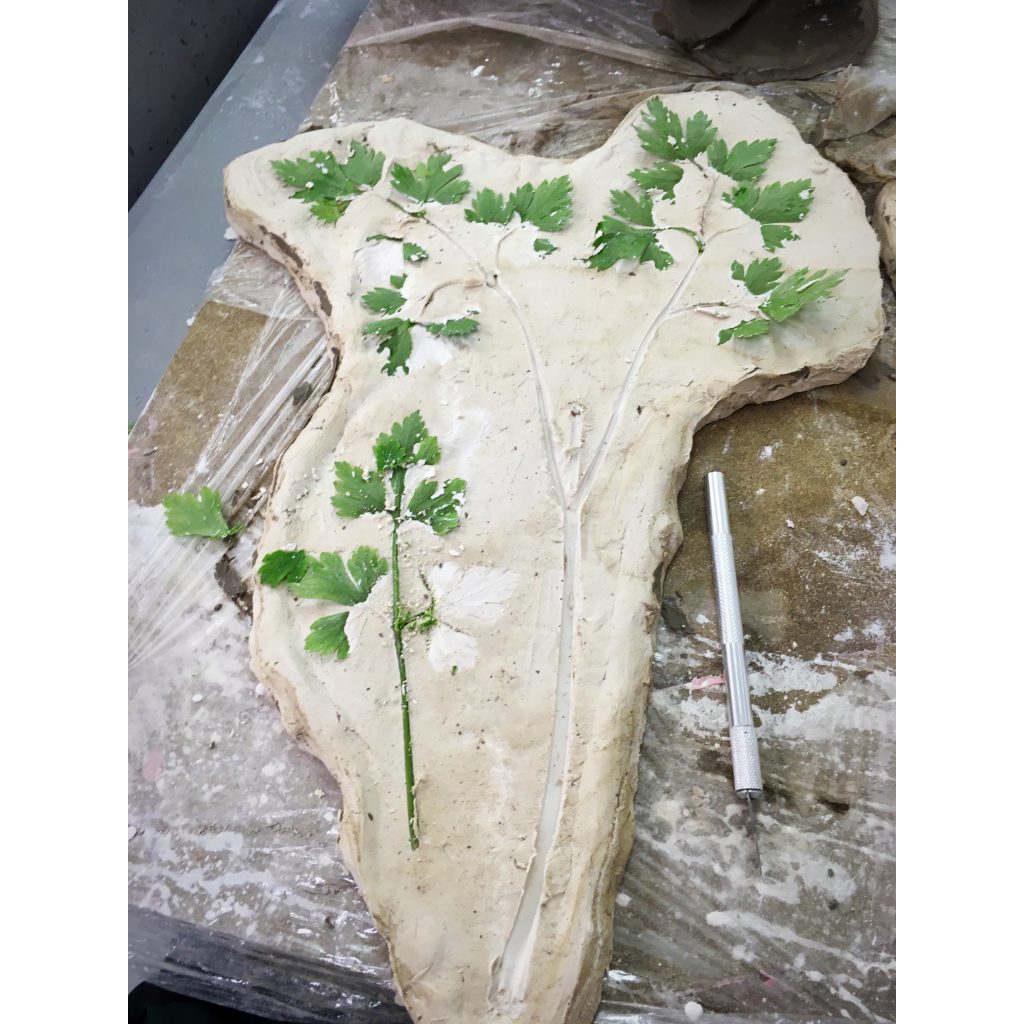



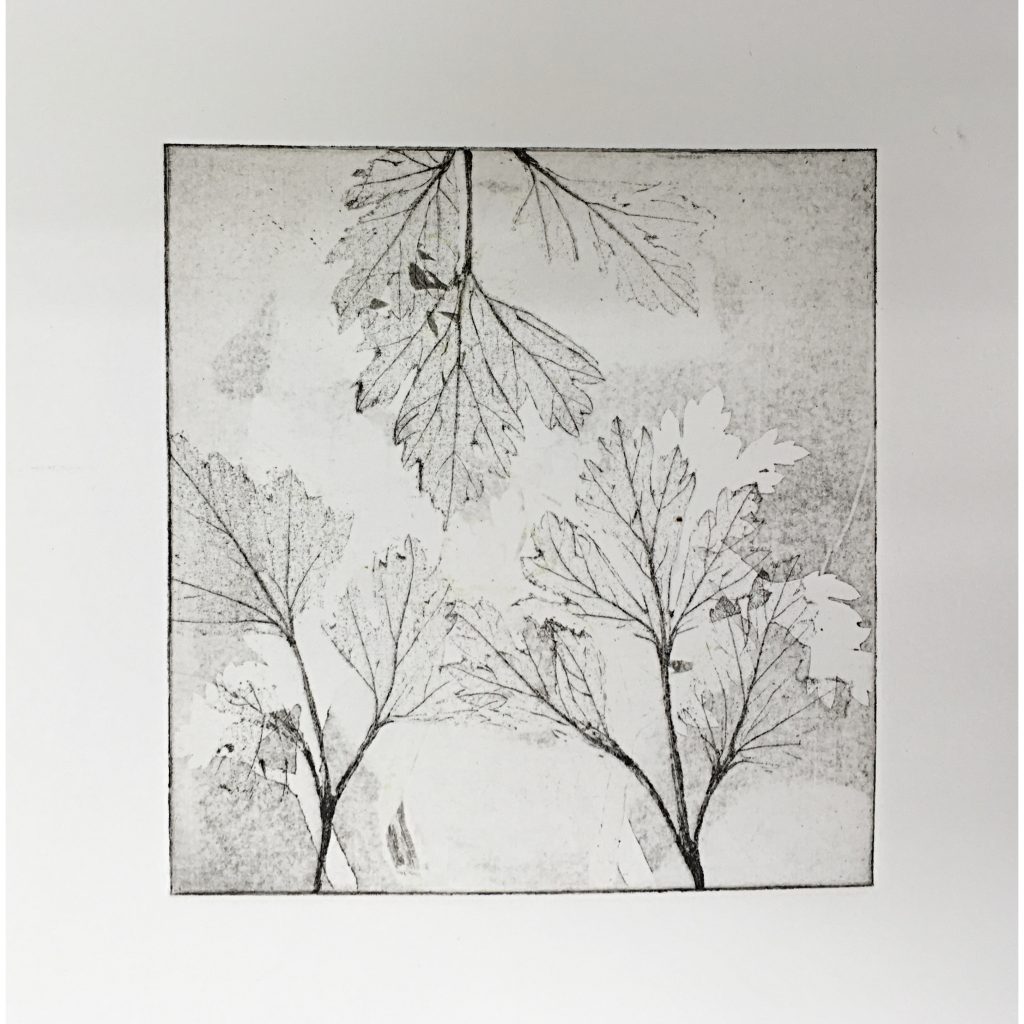













































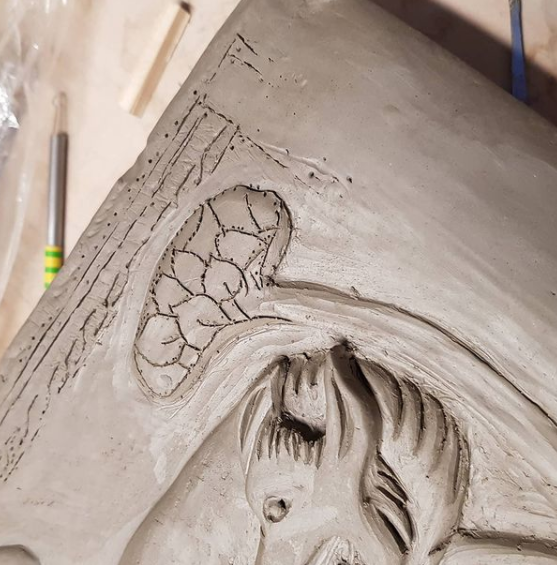



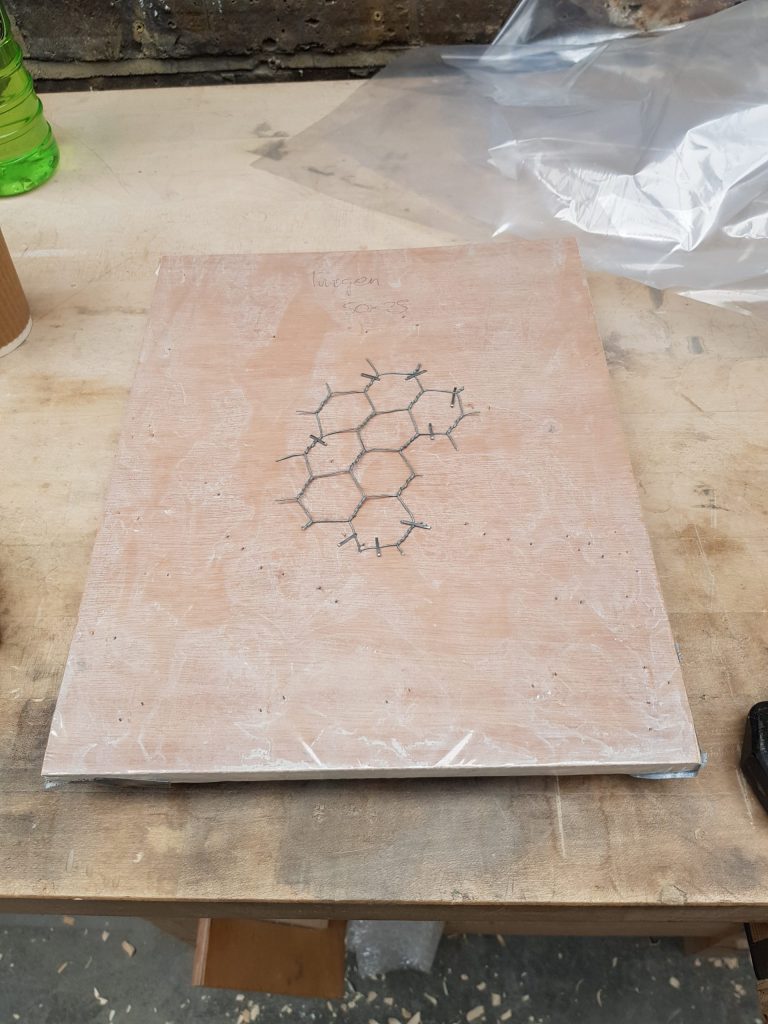









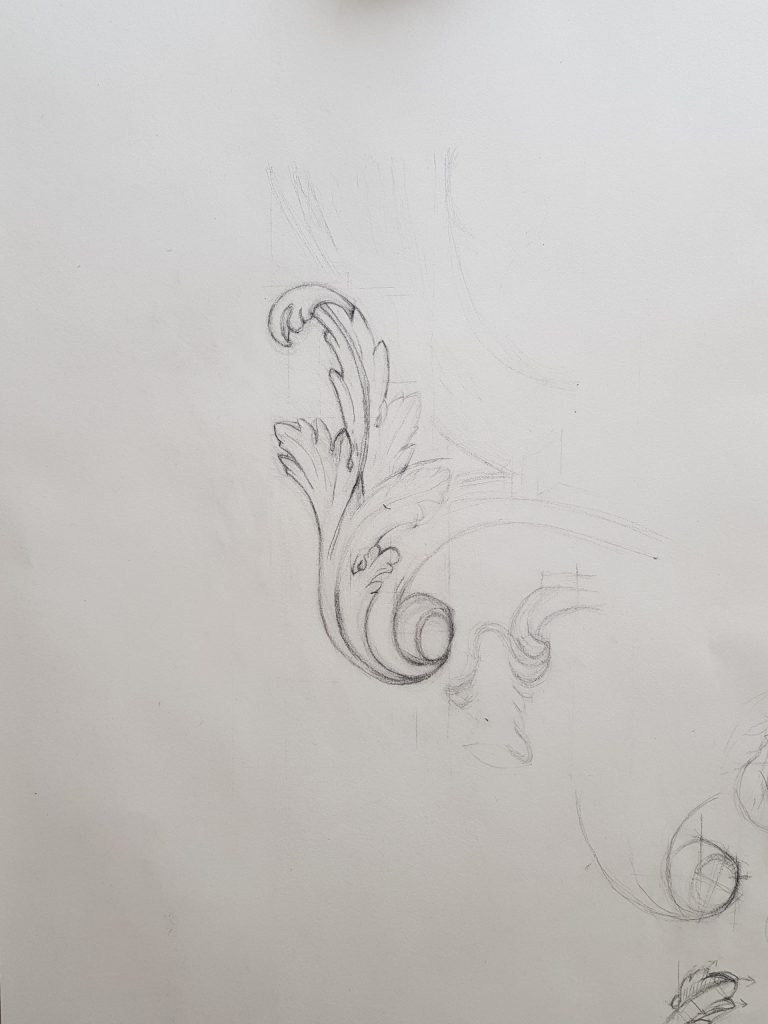









 Applying Renaissance Wax on the Eagles and Prey Monument
Applying Renaissance Wax on the Eagles and Prey Monument Applying Lithochrome Black on the lettering that has been weathered and powered washed away on the Columbus Circle Monument
Applying Lithochrome Black on the lettering that has been weathered and powered washed away on the Columbus Circle Monument Steam pressure washing the surface of the Lombard Lamp
Steam pressure washing the surface of the Lombard Lamp Preparing the surface with masking tape for silicone application on the medallion
Preparing the surface with masking tape for silicone application on the medallion
 Removal of the test material from the mould
Removal of the test material from the mould Applying blow torch to heat surface to a temperature of 93C (200F) for the application of a proprietary colour matched hot wax
Applying blow torch to heat surface to a temperature of 93C (200F) for the application of a proprietary colour matched hot wax Buffing the Untermyer Fountain figures after a power washing and an application of hot wax
Buffing the Untermyer Fountain figures after a power washing and an application of hot wax Application of Rock Miracle
Application of Rock Miracle
 Application of colour matched epoxy onto the surface of hippos
Application of colour matched epoxy onto the surface of hippos Historic paintings adorning the walls of St James the Great church, dating from different periods between the 14th and the 18th centuries
Historic paintings adorning the walls of St James the Great church, dating from different periods between the 14th and the 18th centuries Depiction of the Life of St James the Great cycle
Depiction of the Life of St James the Great cycle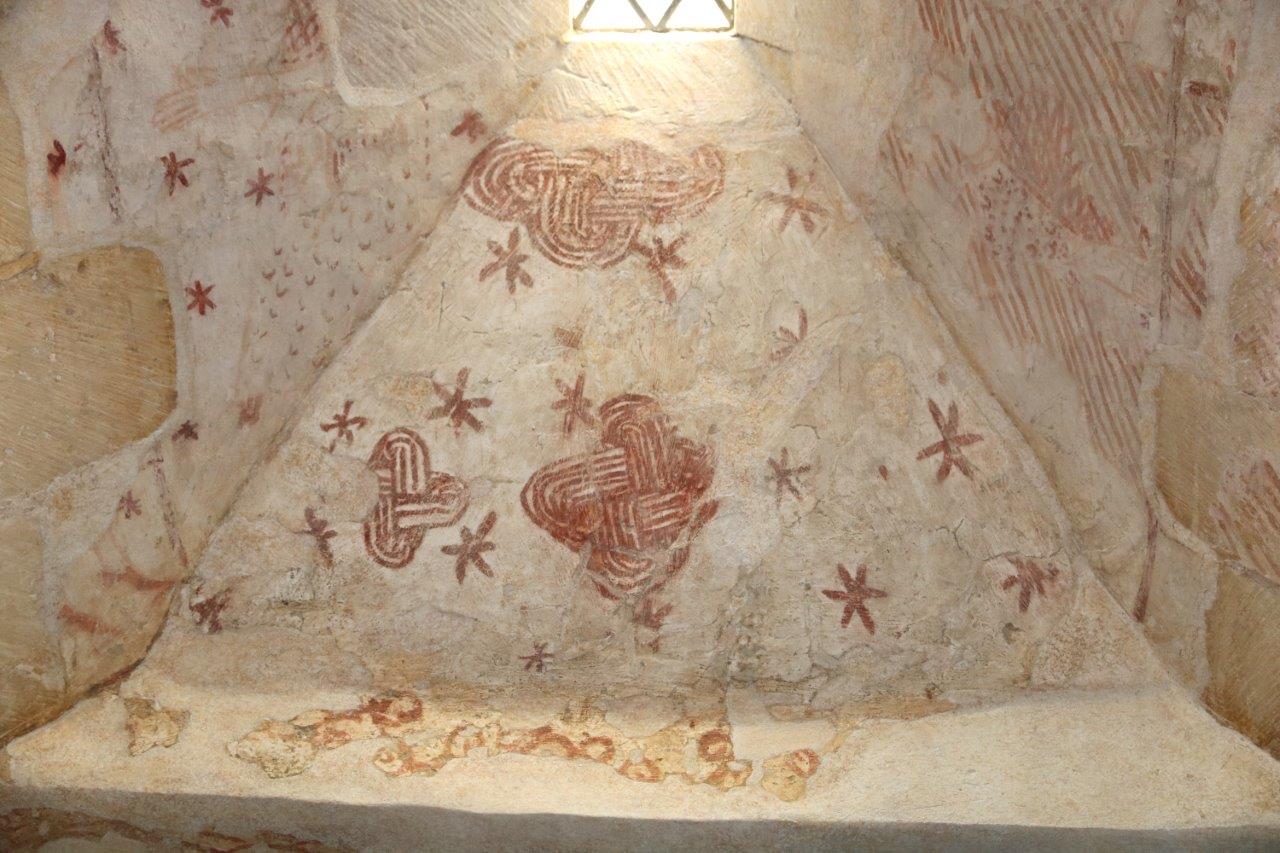 Section of the South wall that Louise treated
Section of the South wall that Louise treated


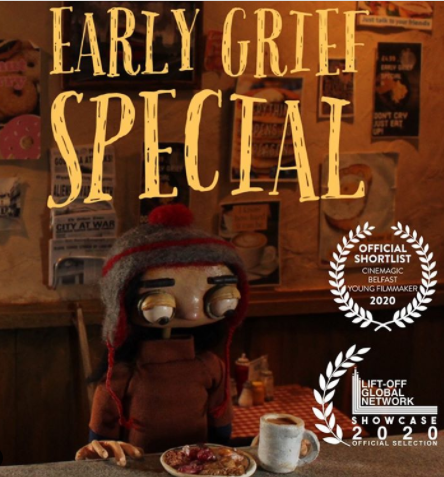











































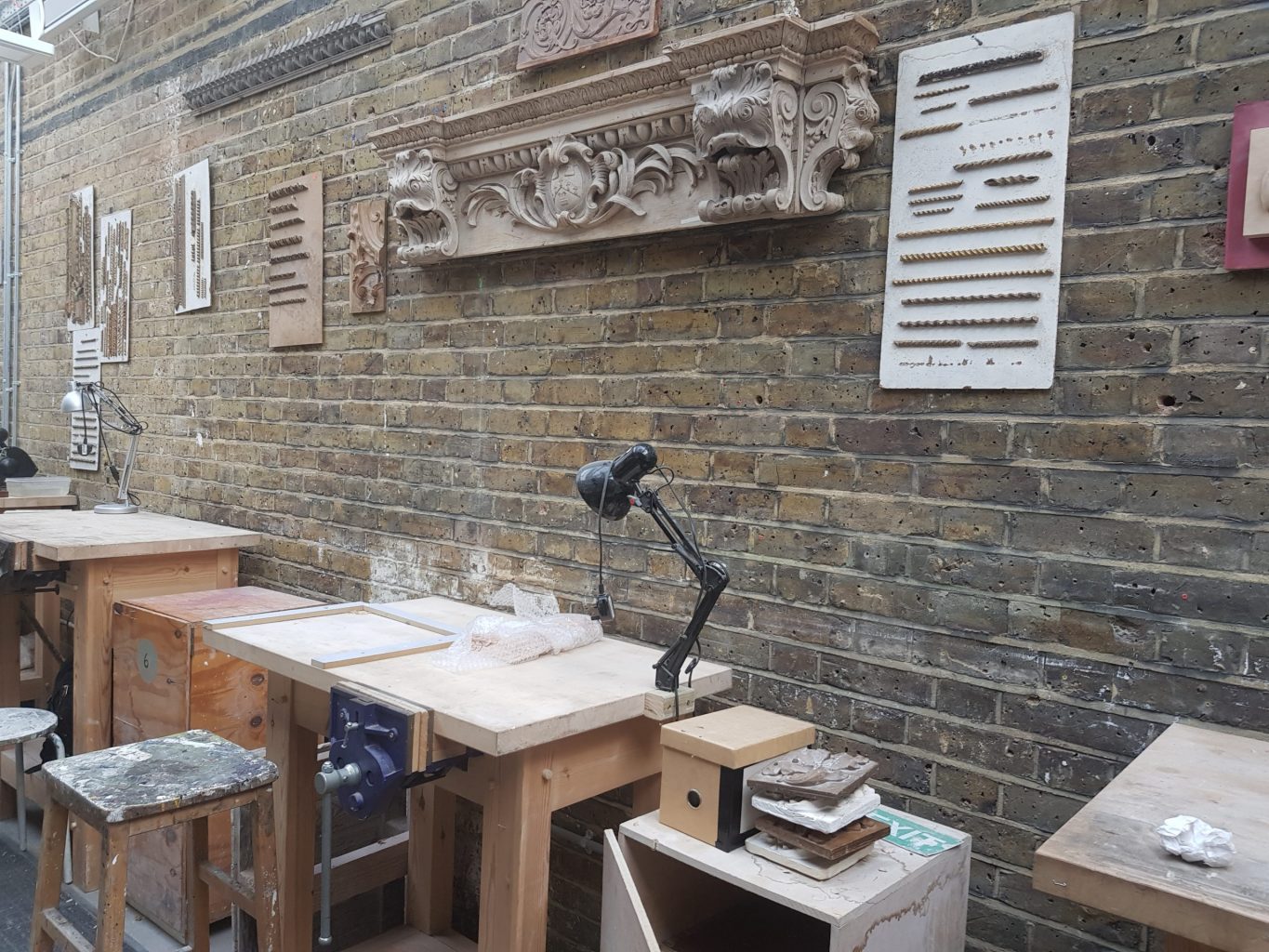

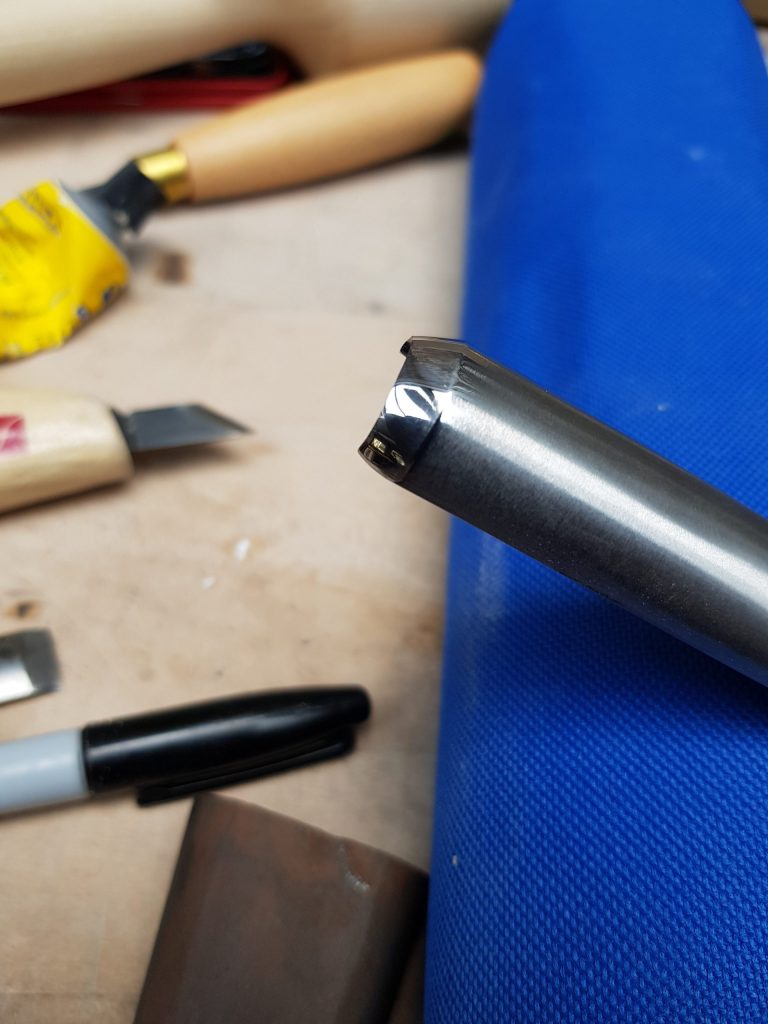









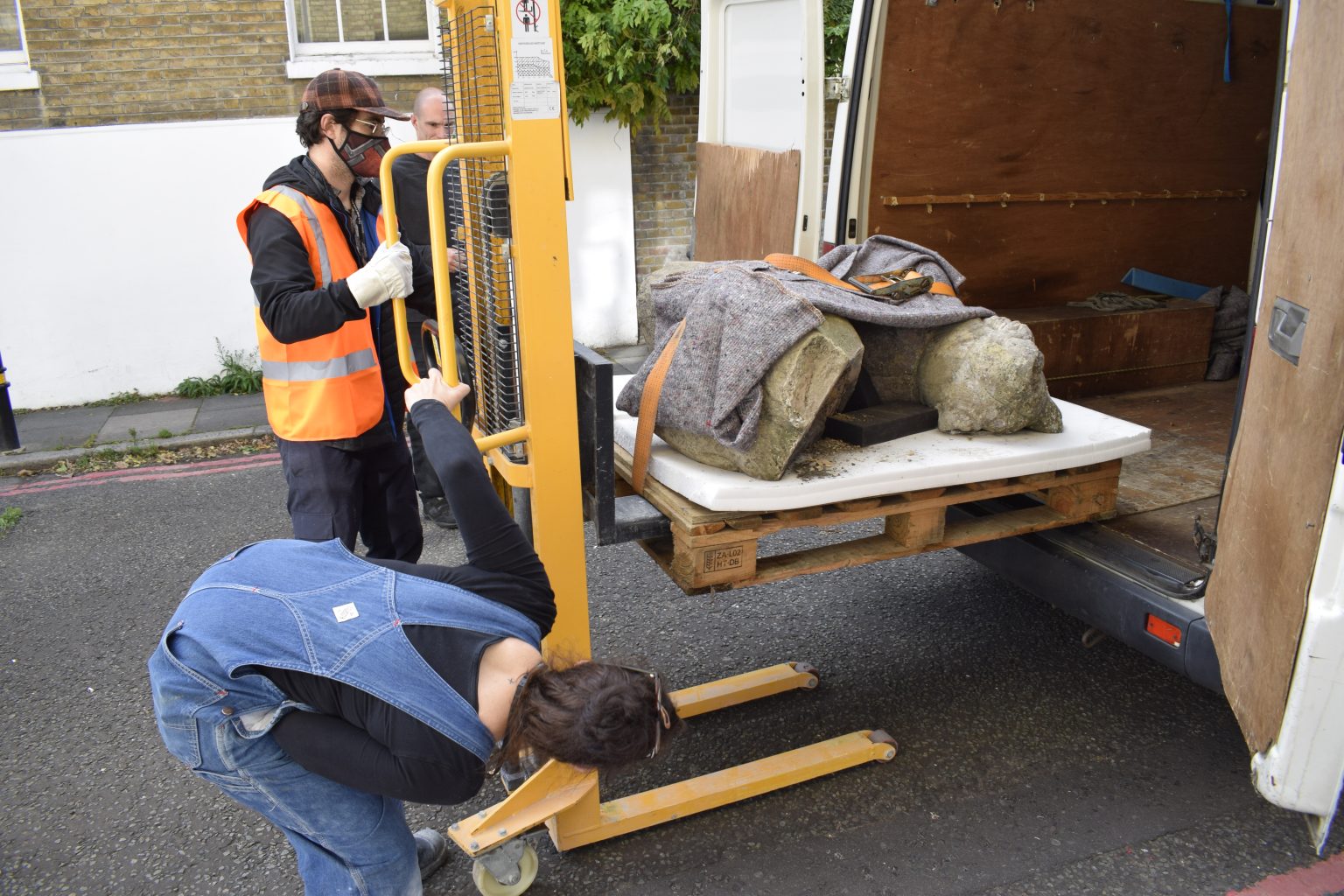





























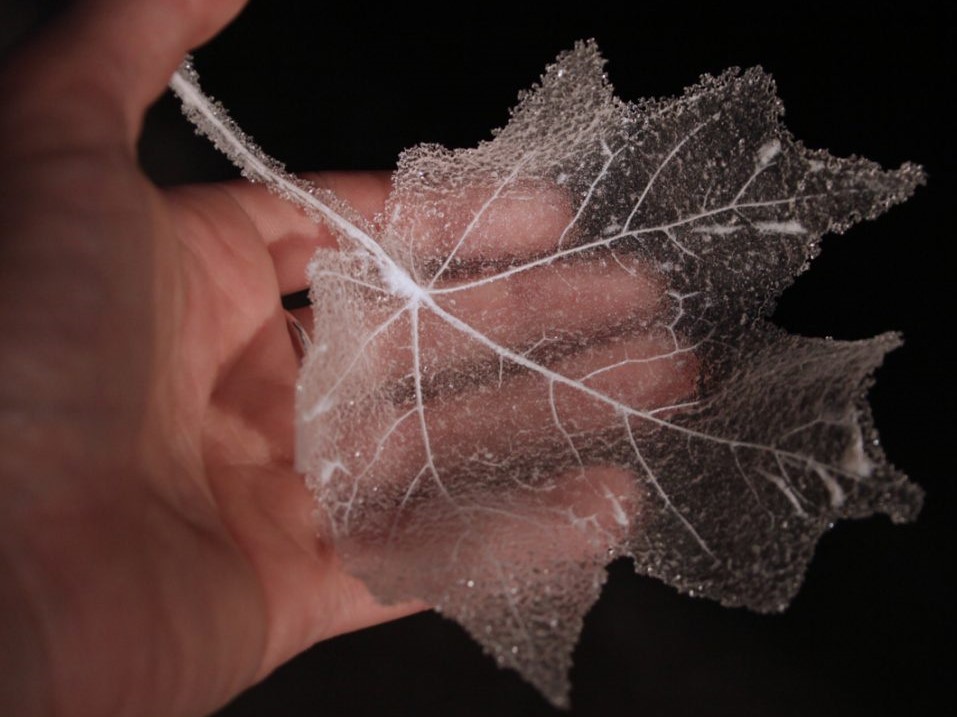




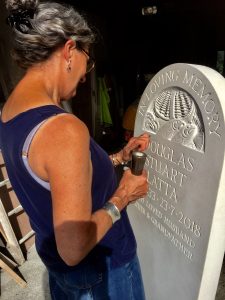
 City & Guilds of London Art School is launching its new undergraduate course in Books & Paper Conservation in September 2020, after successfully reaching an ambitious fundraising target that will enable the Art School to create and equip a suite of conservation studios and facilities in its Georgian terrace building in central London. The programme of works is well underway and despite the restrictions imposed by the coronavirus pandemic, will be completed in time to welcome the new student cohort in late September.
City & Guilds of London Art School is launching its new undergraduate course in Books & Paper Conservation in September 2020, after successfully reaching an ambitious fundraising target that will enable the Art School to create and equip a suite of conservation studios and facilities in its Georgian terrace building in central London. The programme of works is well underway and despite the restrictions imposed by the coronavirus pandemic, will be completed in time to welcome the new student cohort in late September.




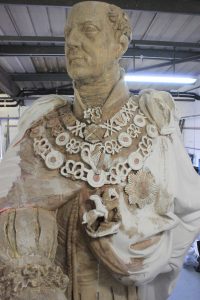






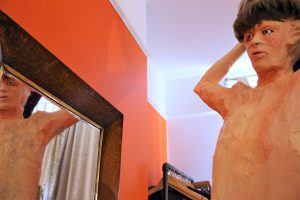










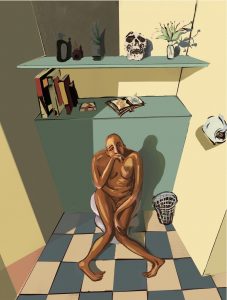

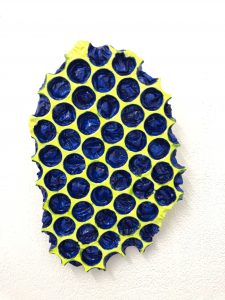






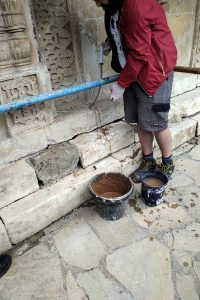







 The magnificent ‘Saskia’ frame, almost finished
The magnificent ‘Saskia’ frame, almost finished


 The beautiful ‘Cobbler in his Workshop’ frame before gilding
The beautiful ‘Cobbler in his Workshop’ frame before gilding The frame for the Van Dyck portrait, now hung in the Bowes Museum, Durham
The frame for the Van Dyck portrait, now hung in the Bowes Museum, Durham



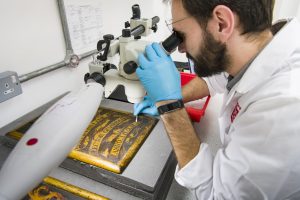
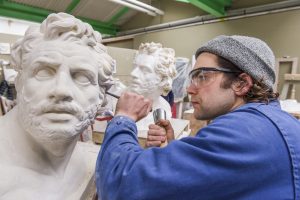




















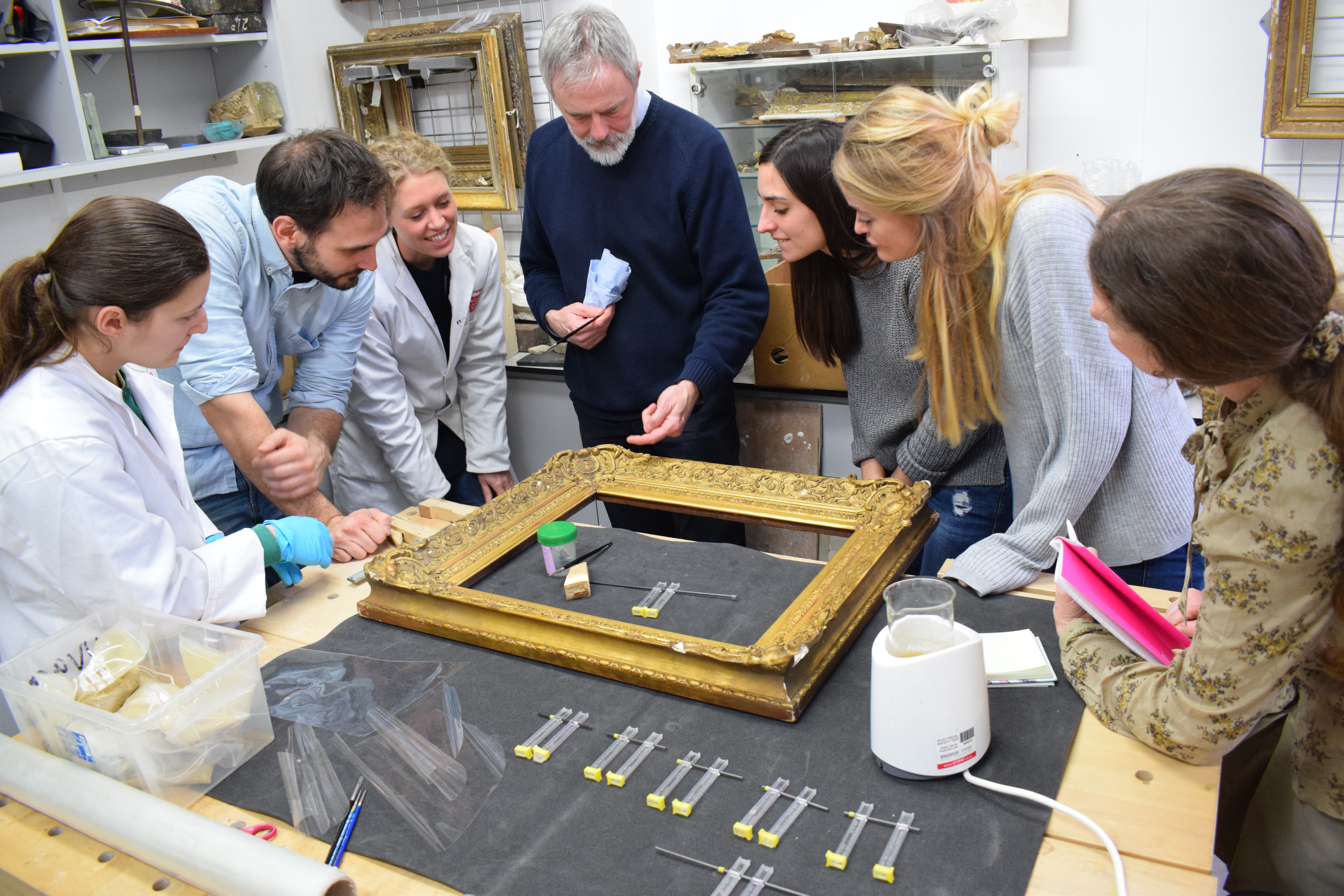





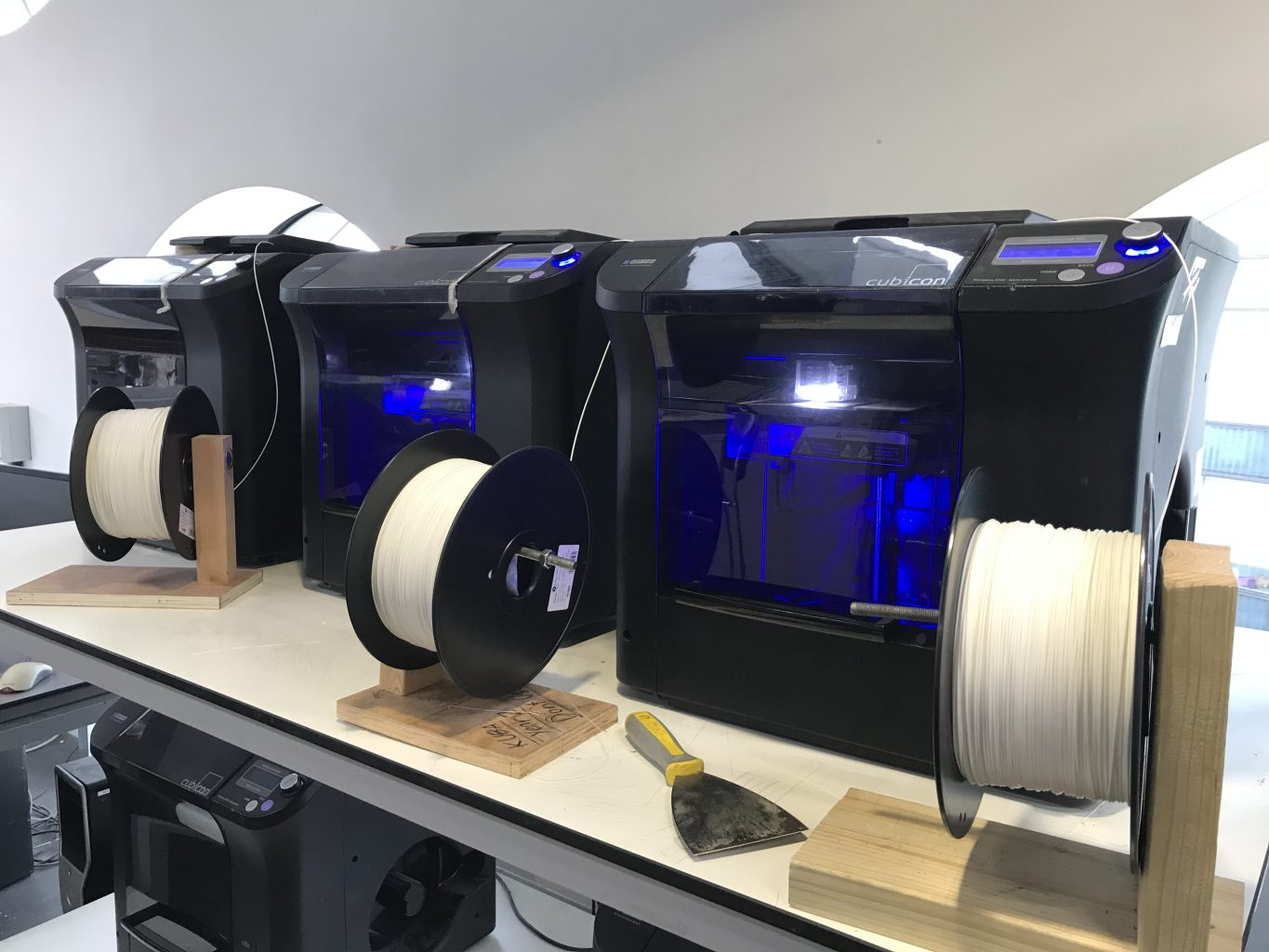
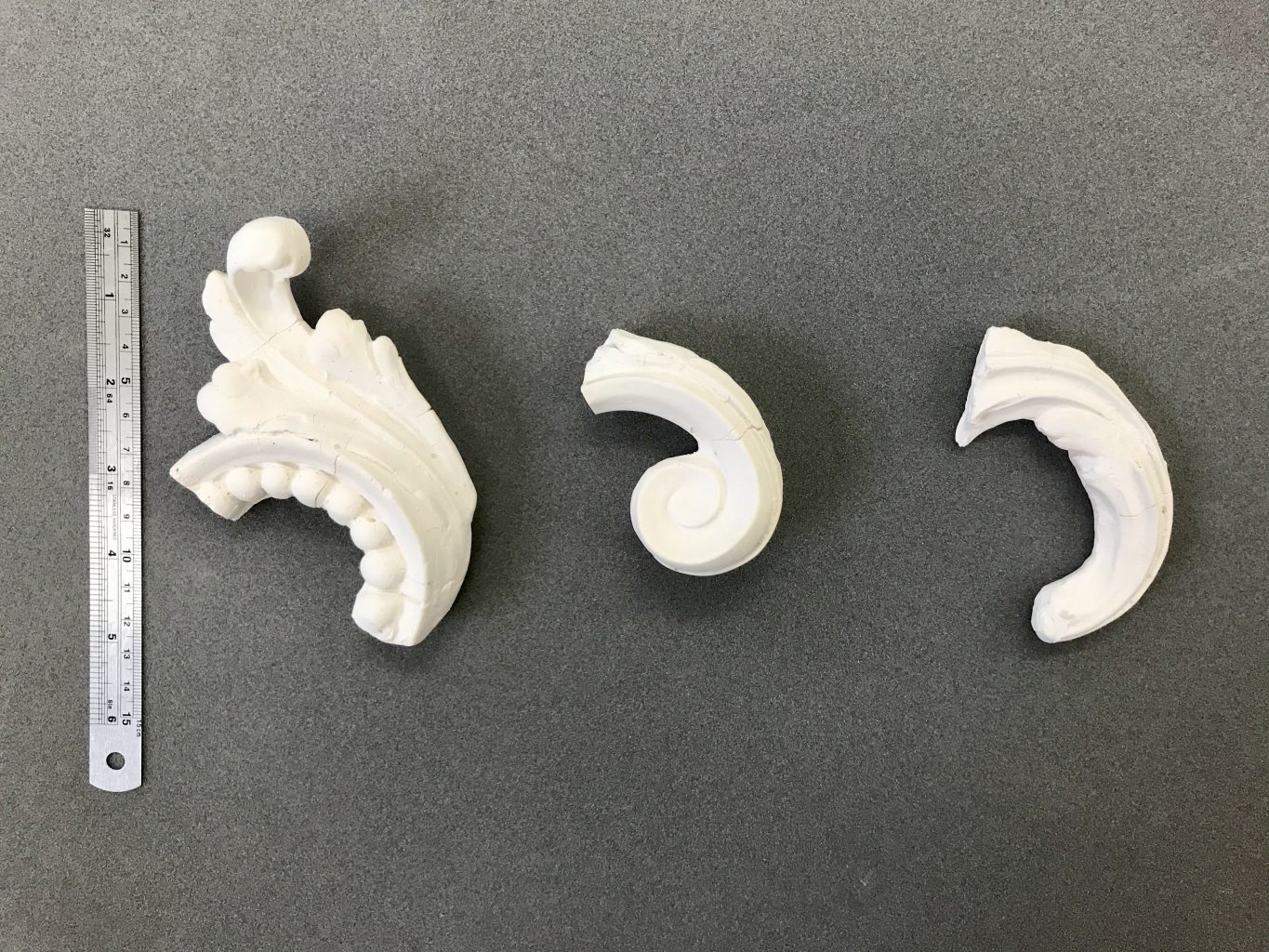







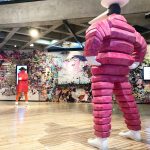







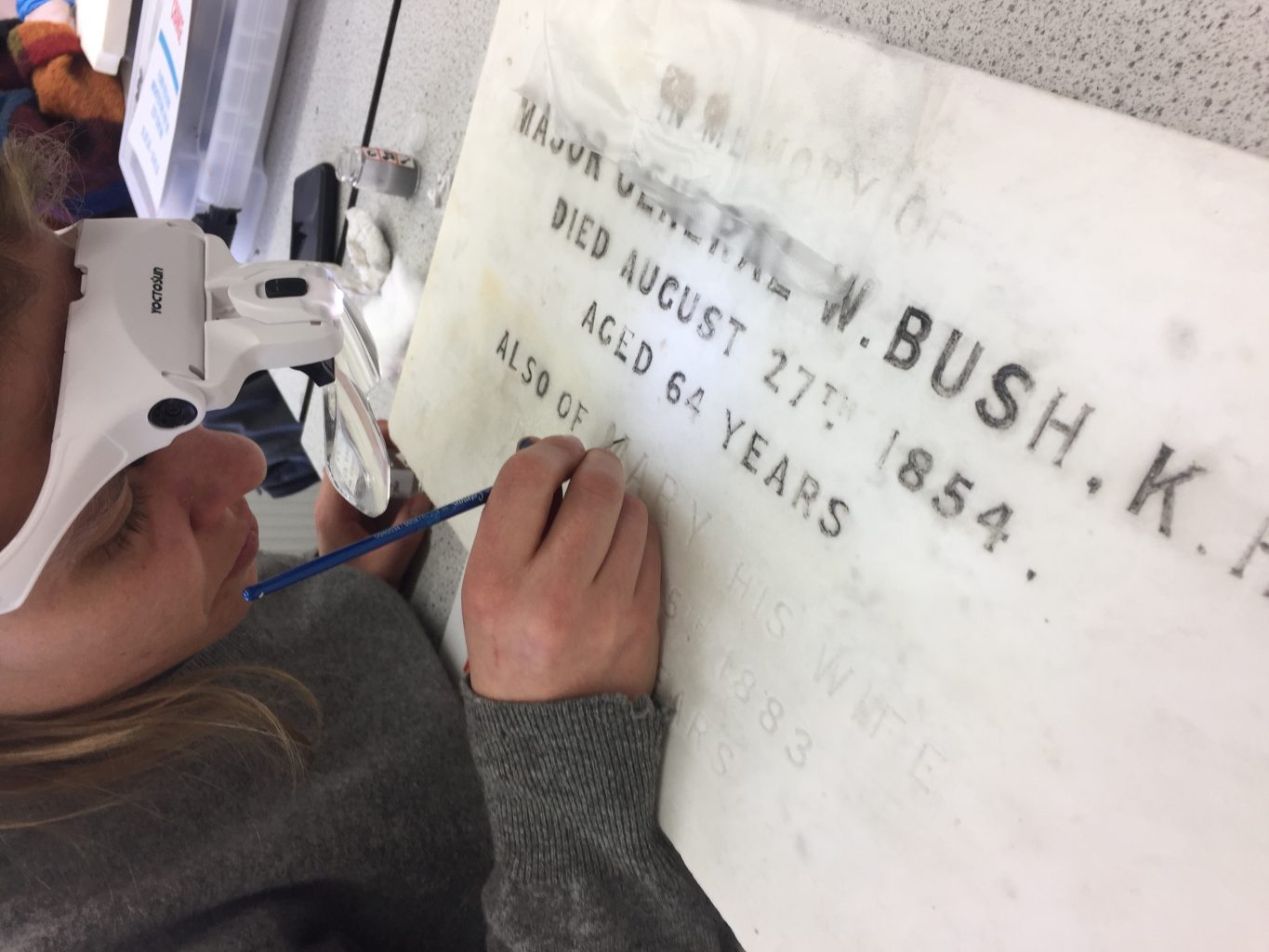













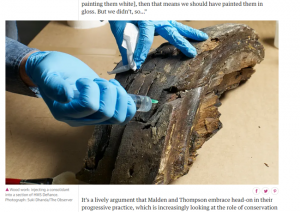





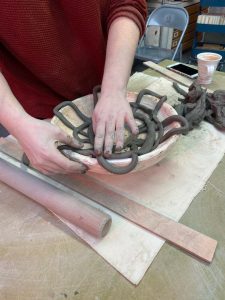
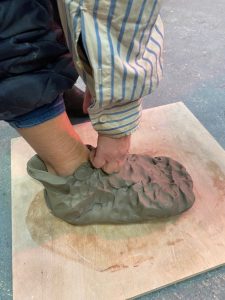









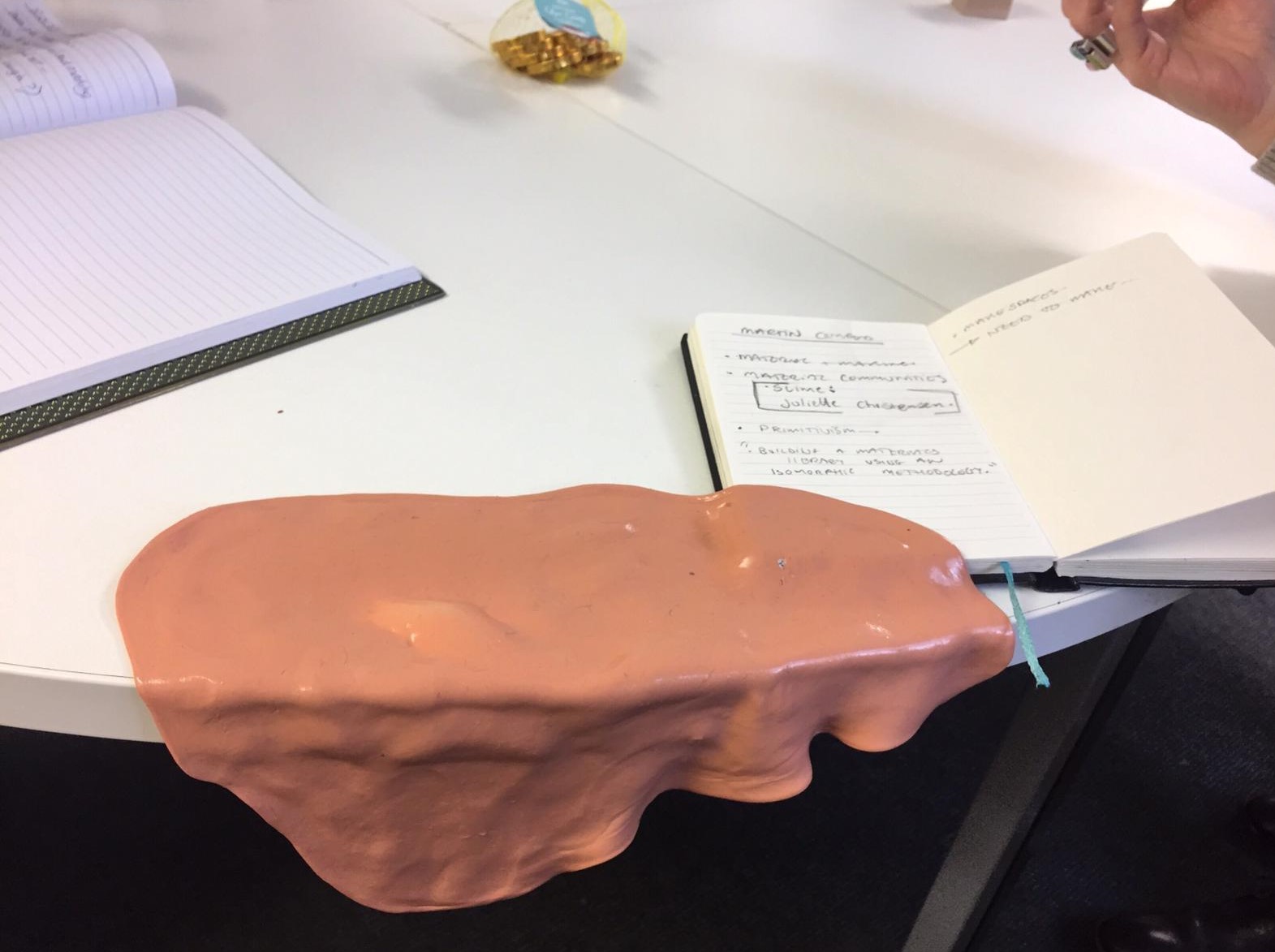

 Photo credit: Laura White
Photo credit: Laura White Photo credit: Laura White
Photo credit: Laura White Photo credit: Laura White
Photo credit: Laura White Photo credit: Laura White
Photo credit: Laura White







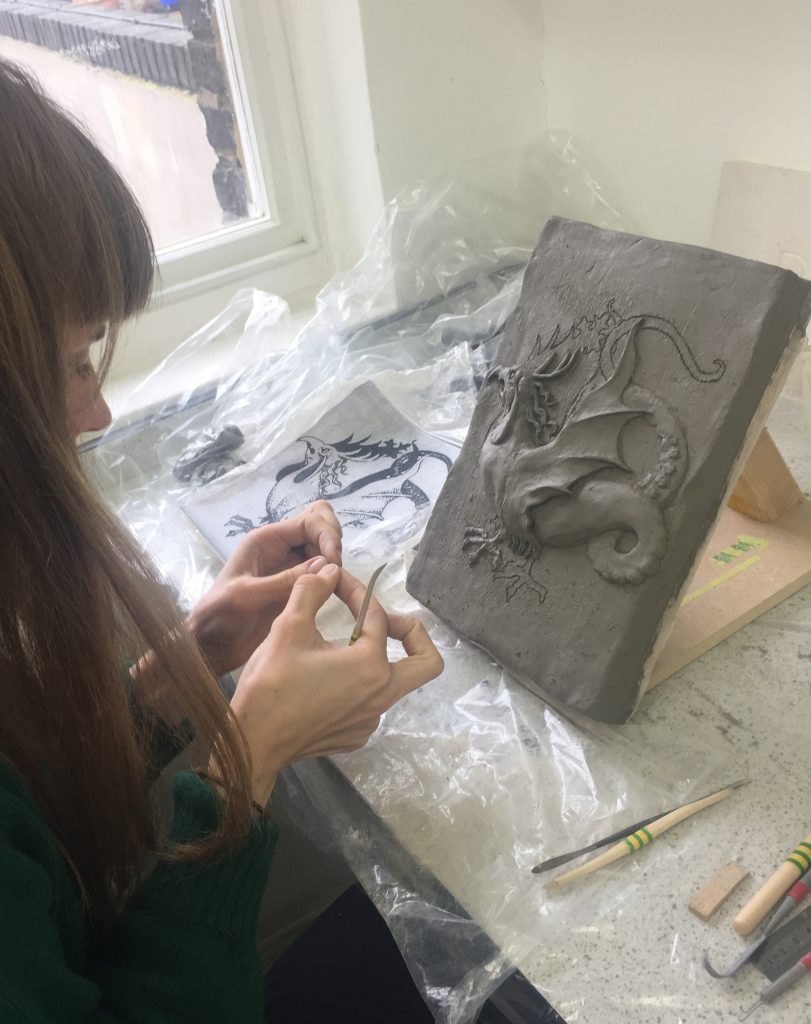

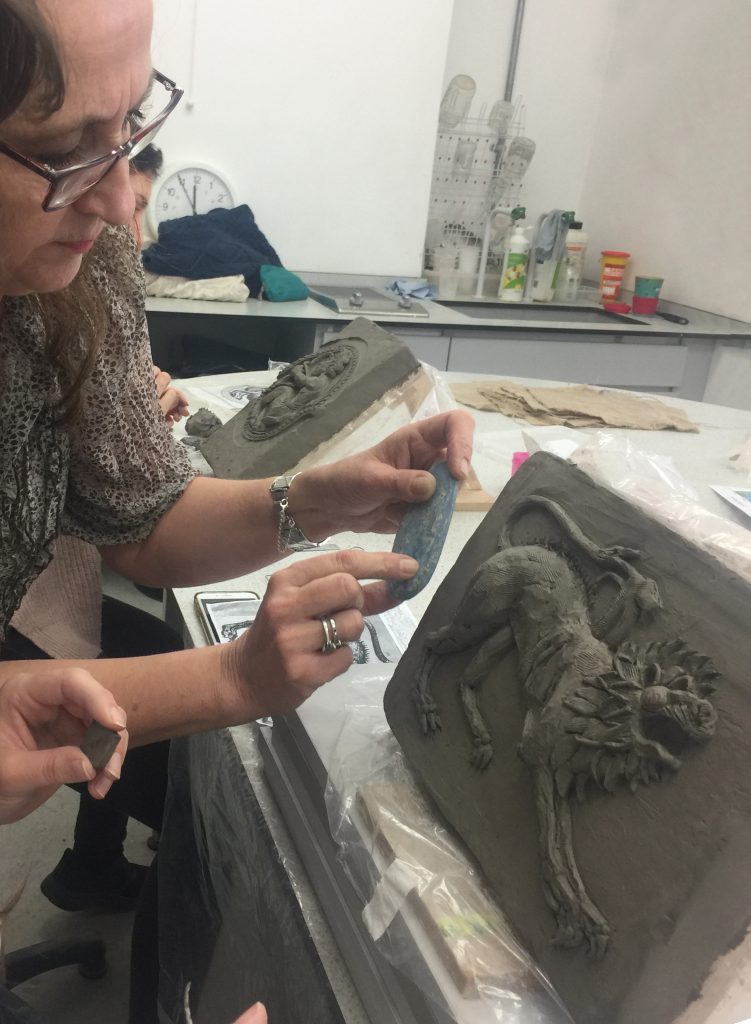















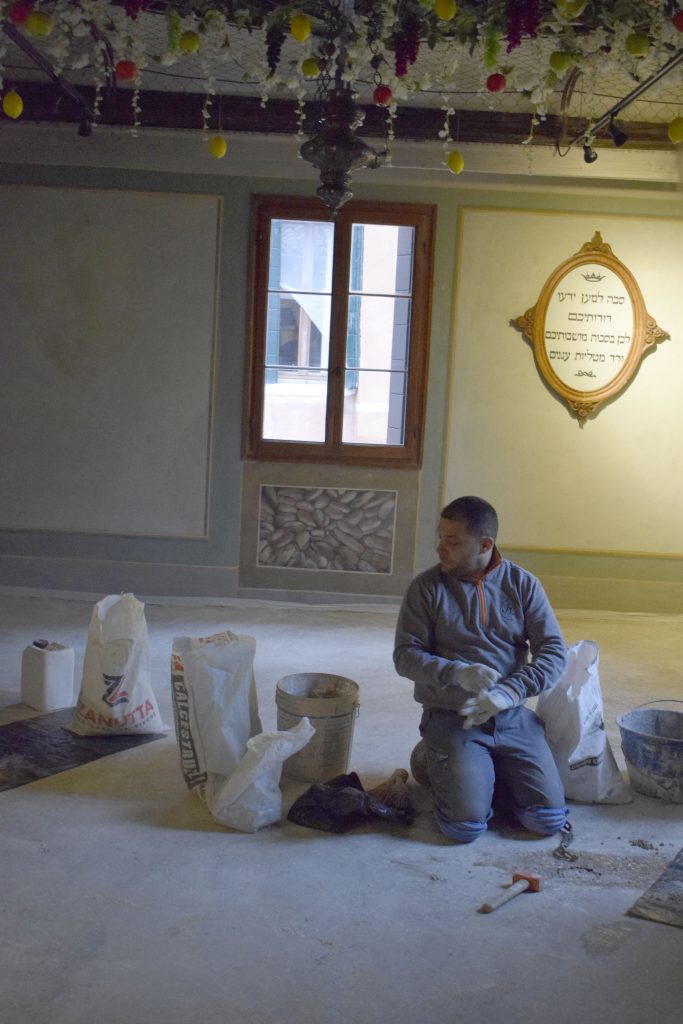
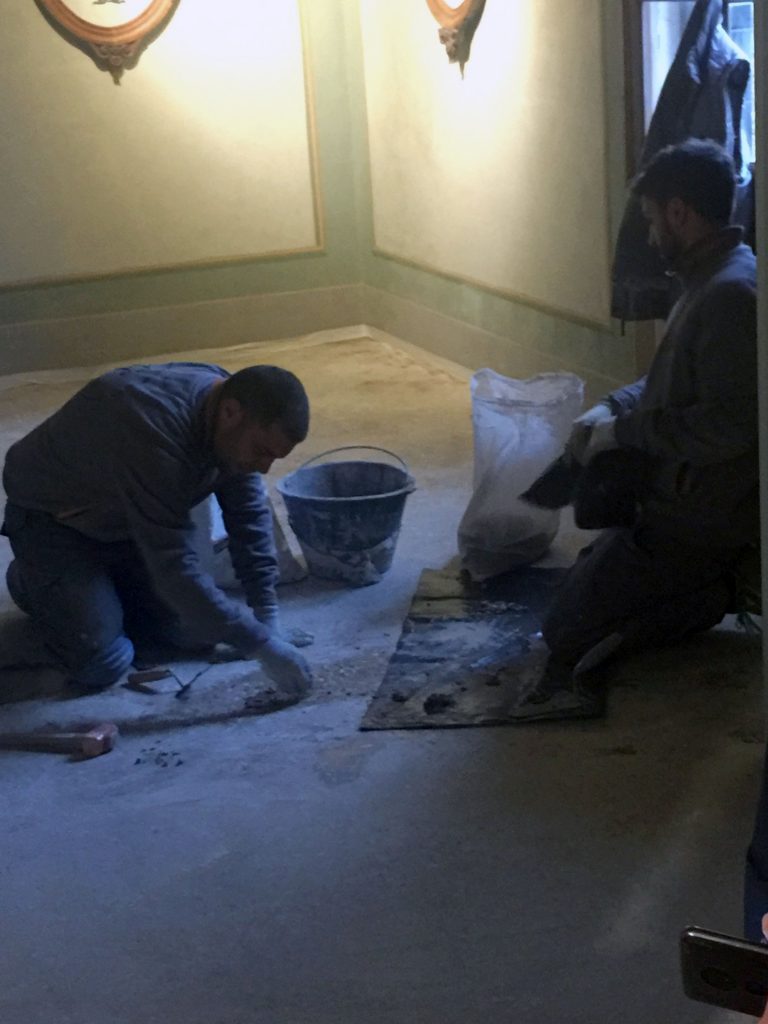












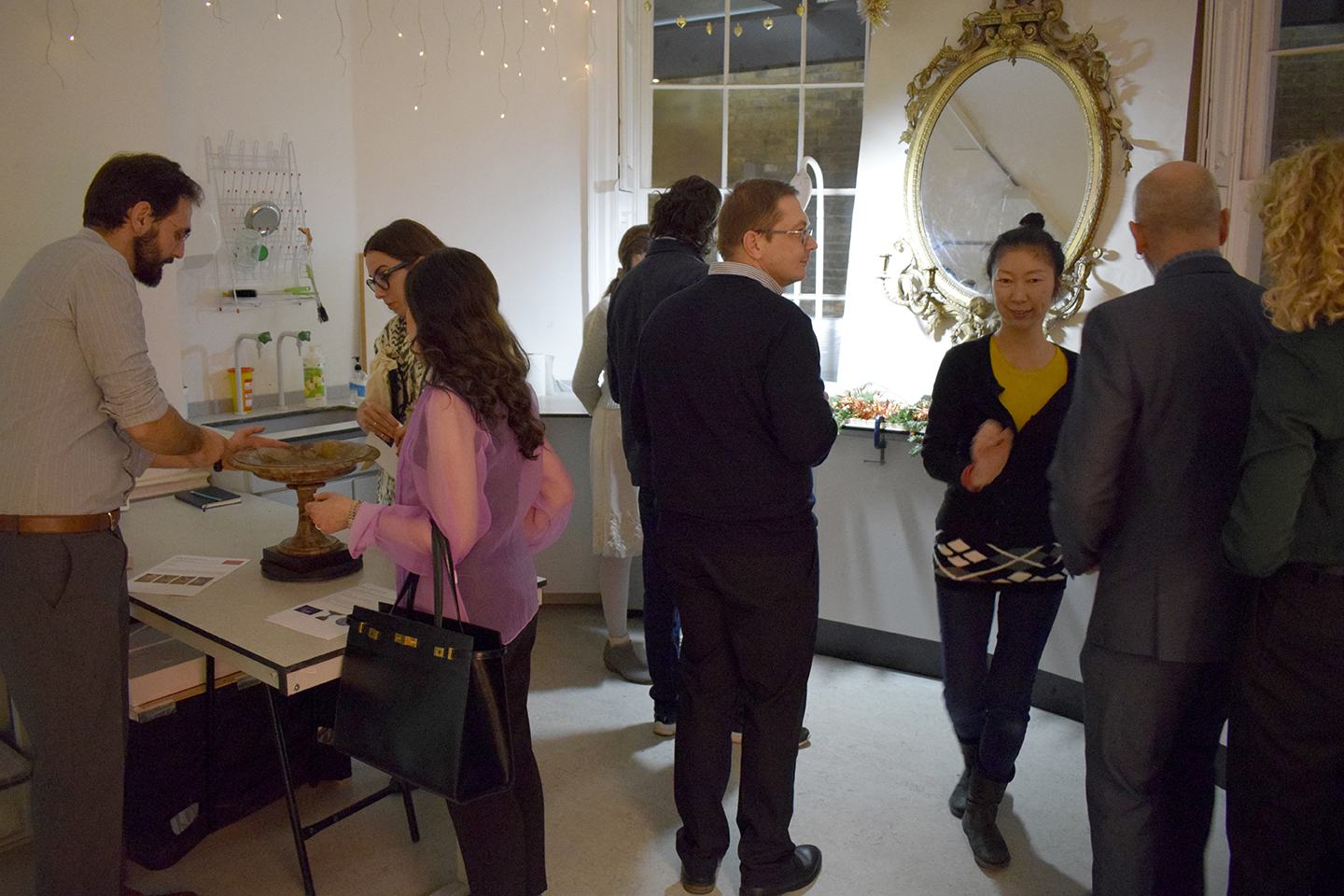

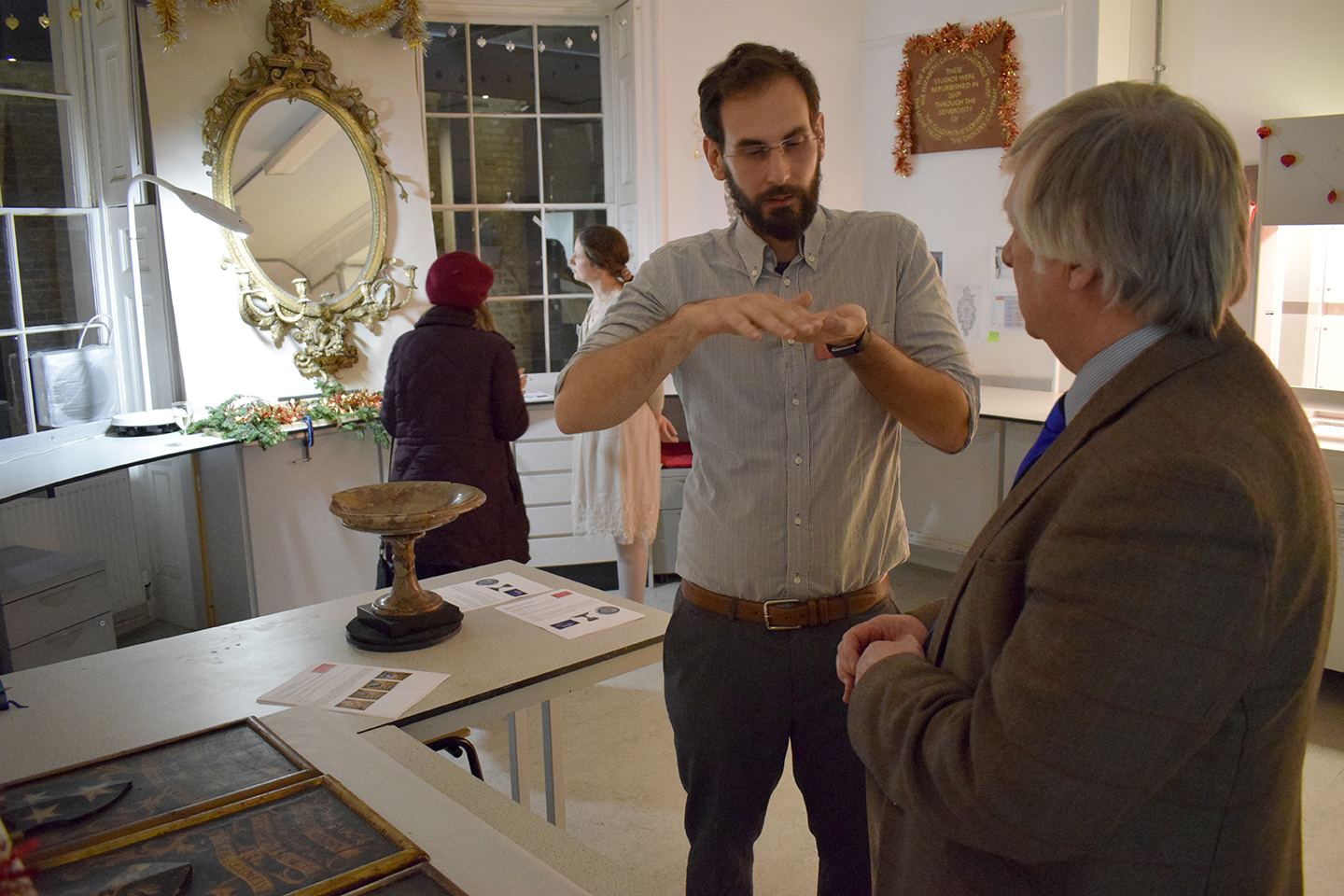





















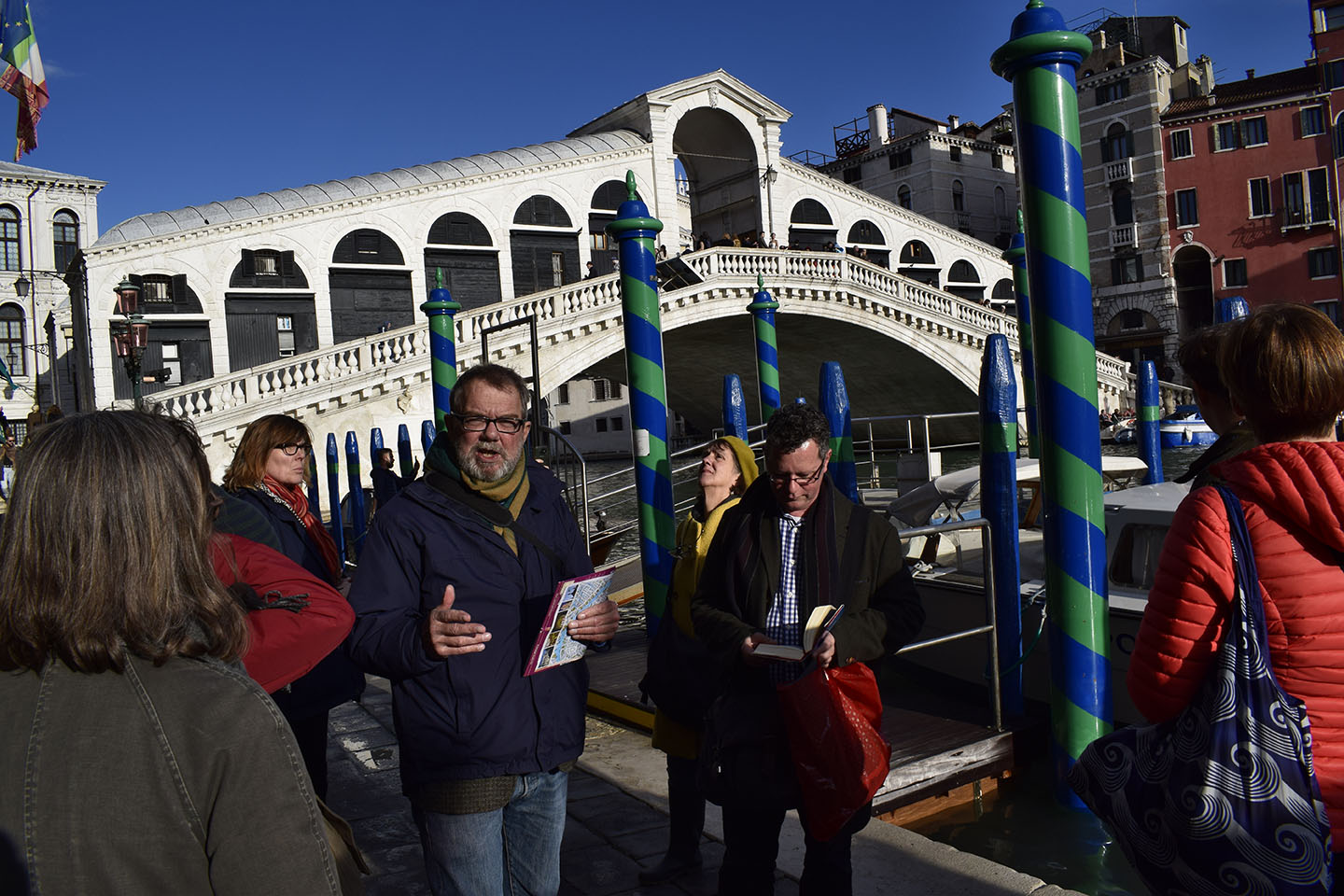






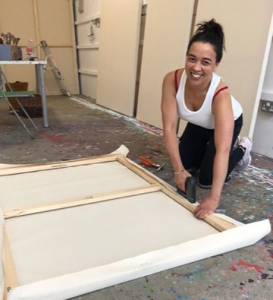









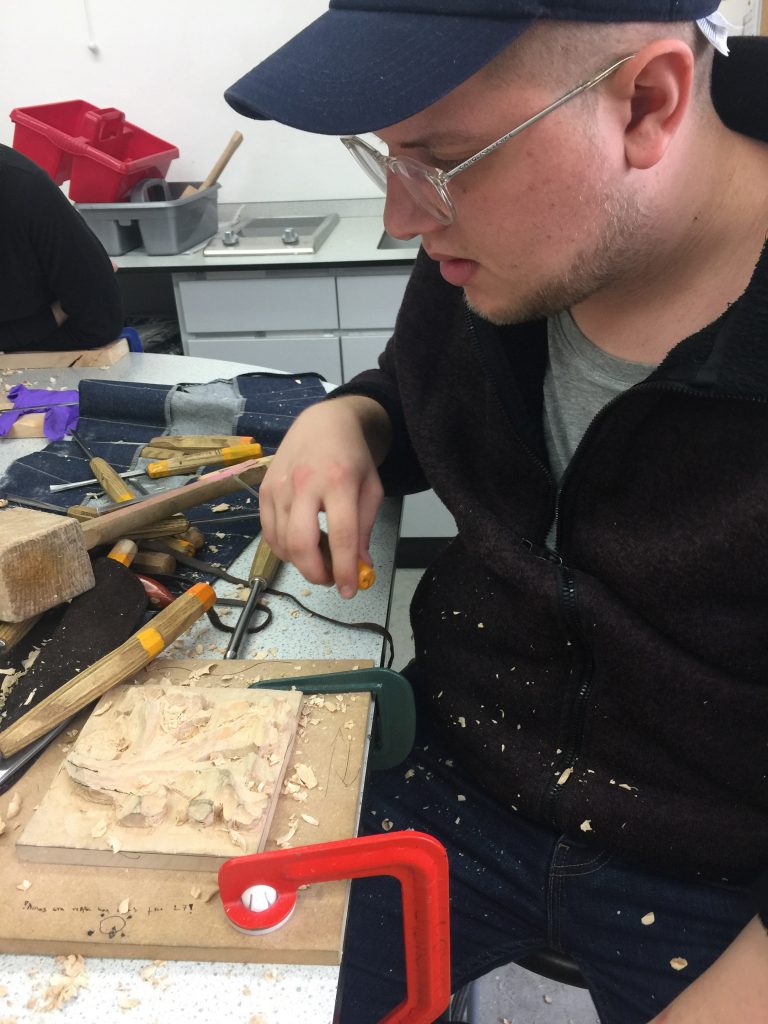








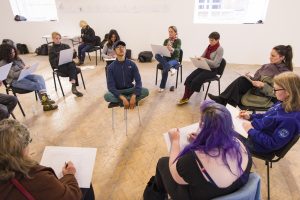





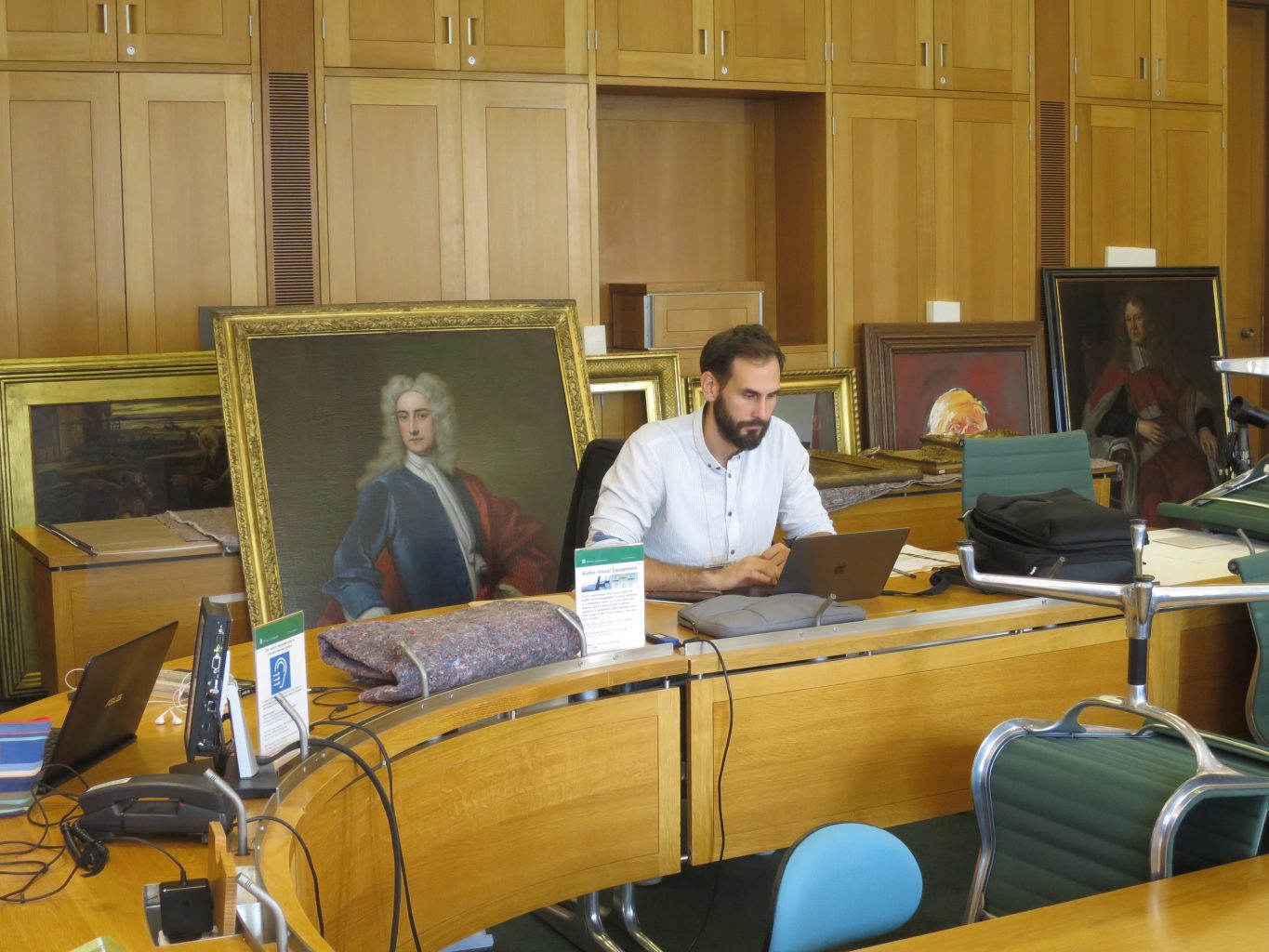




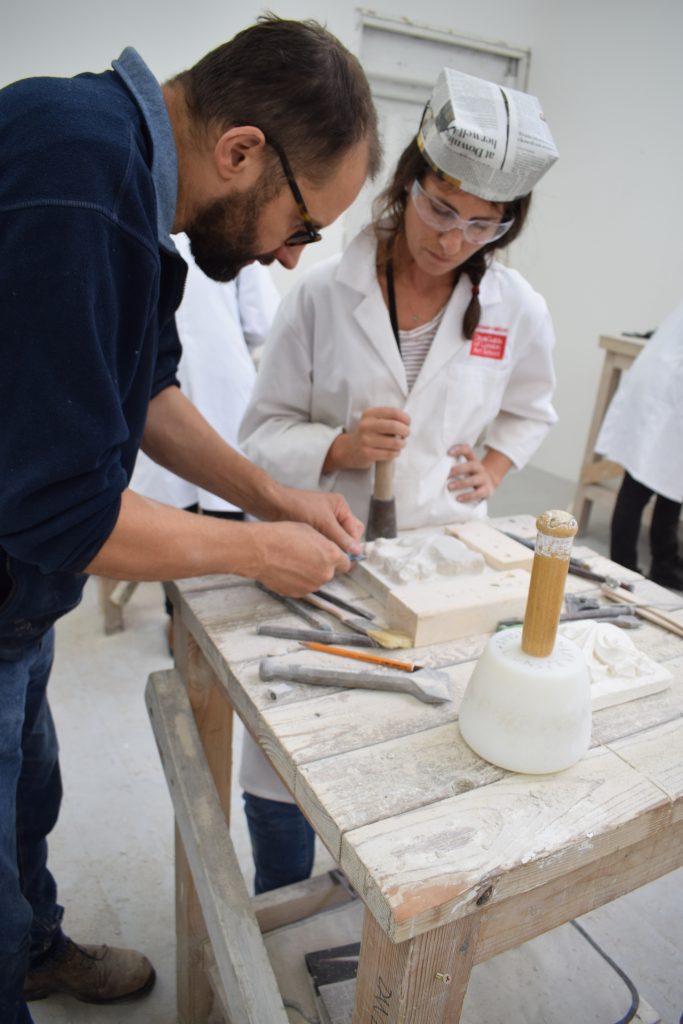




















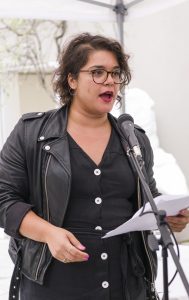
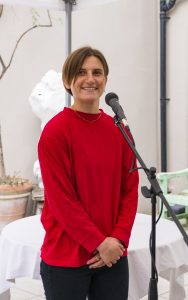










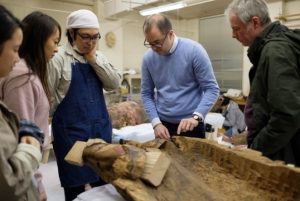














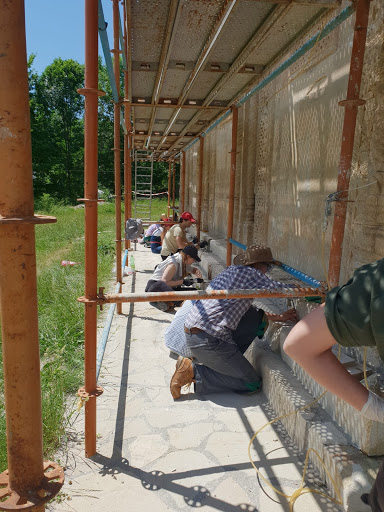





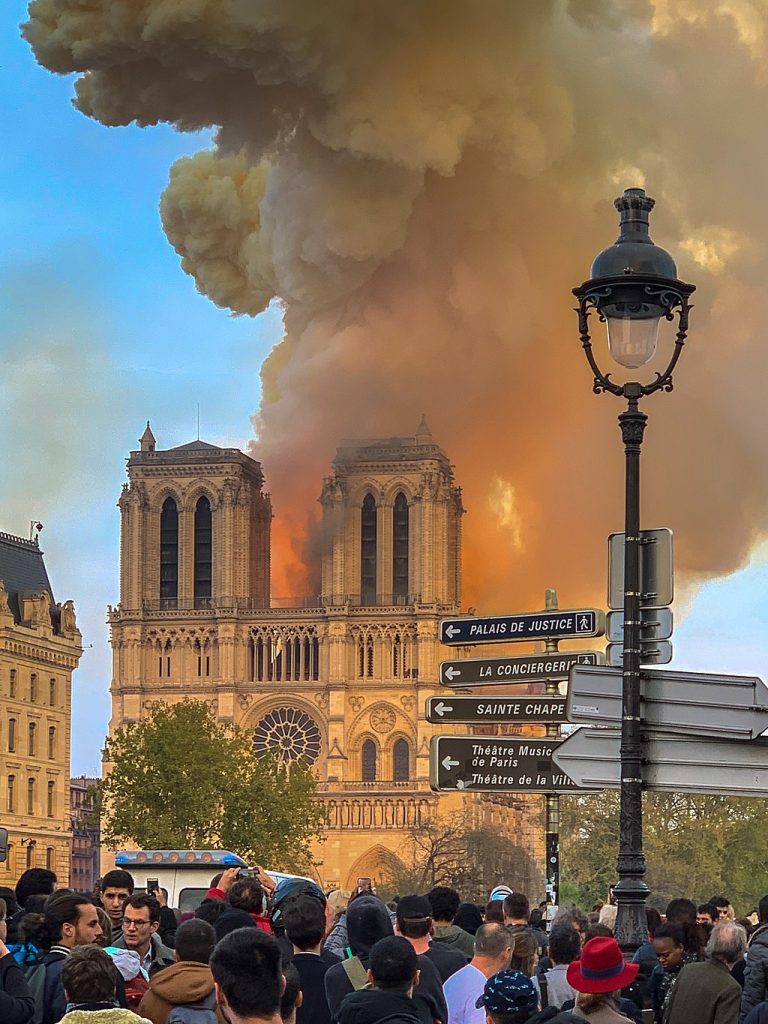





















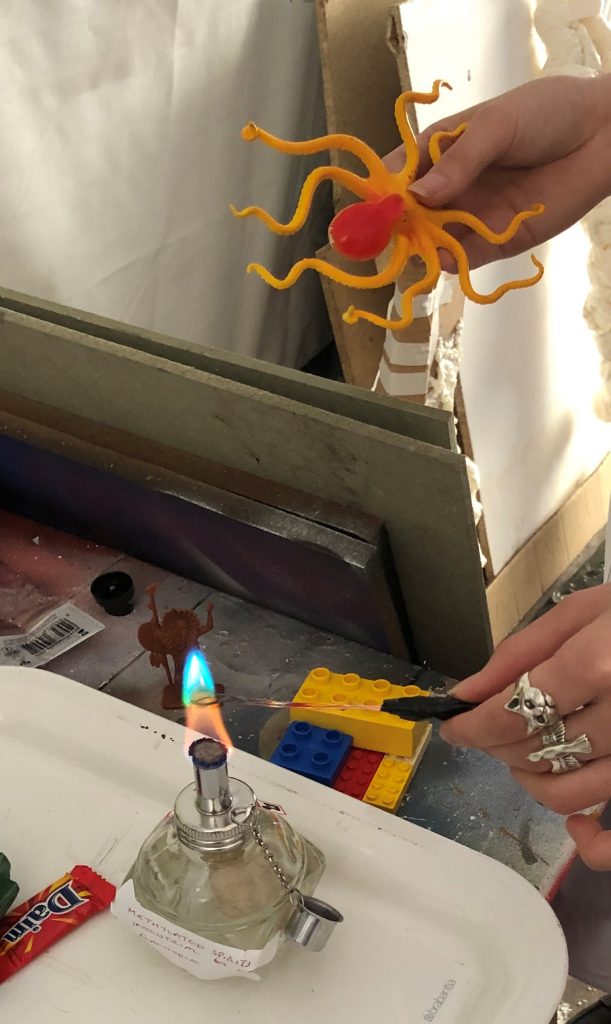








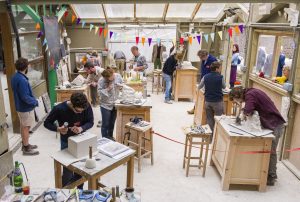

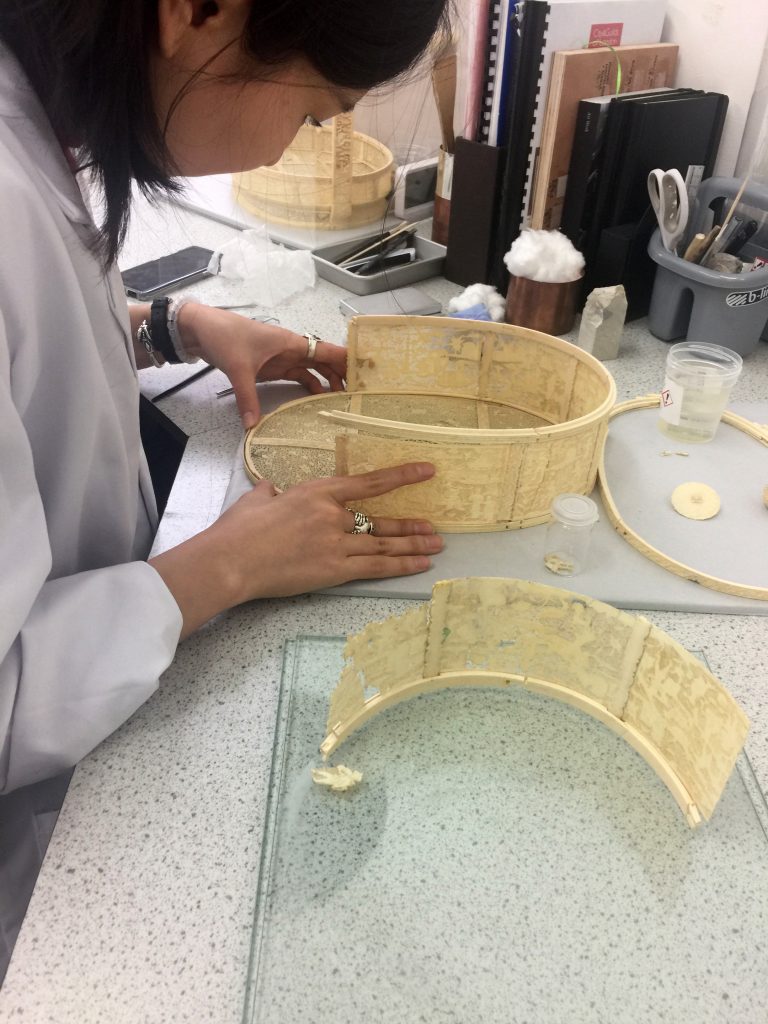








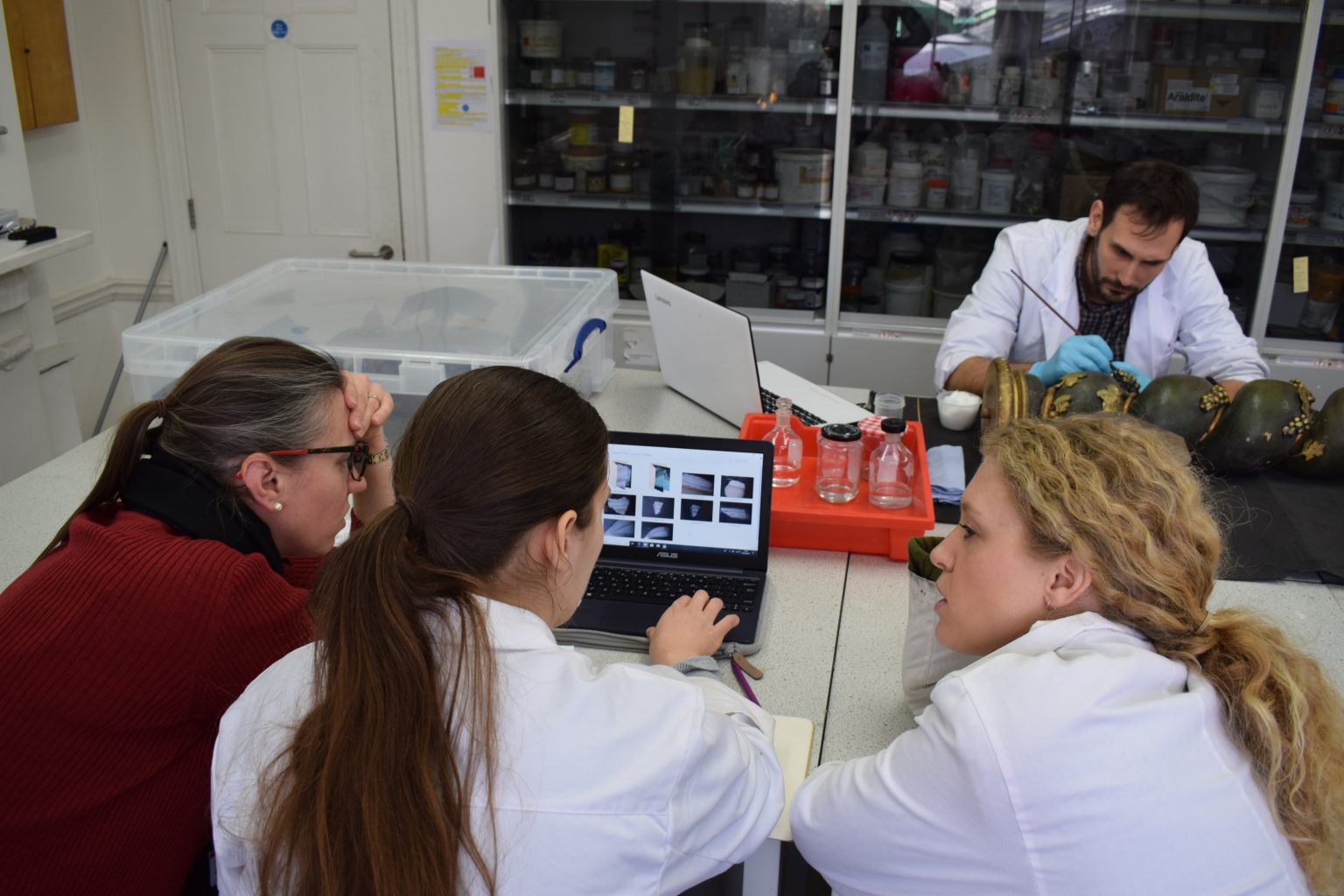






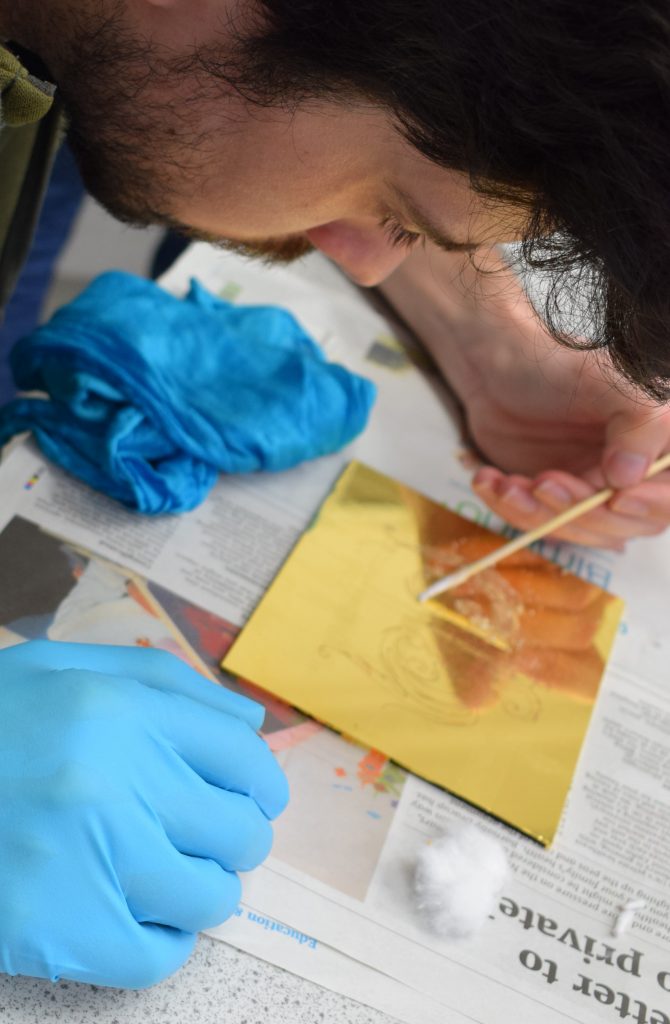




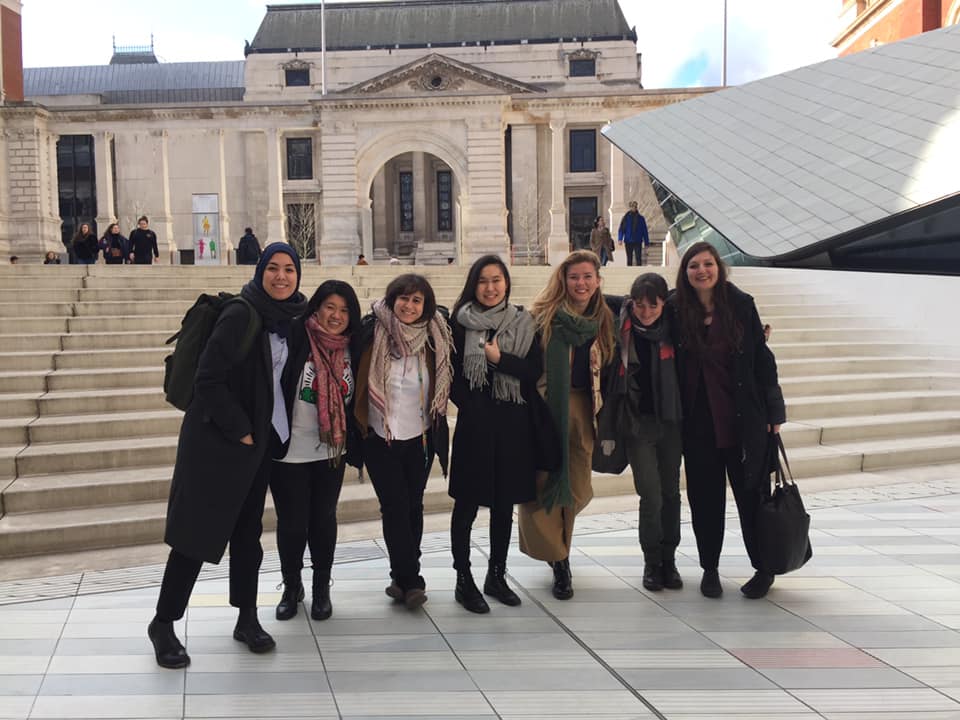

















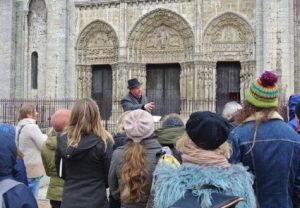














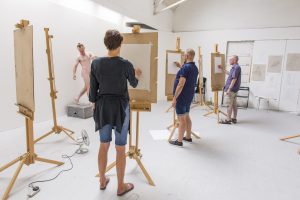













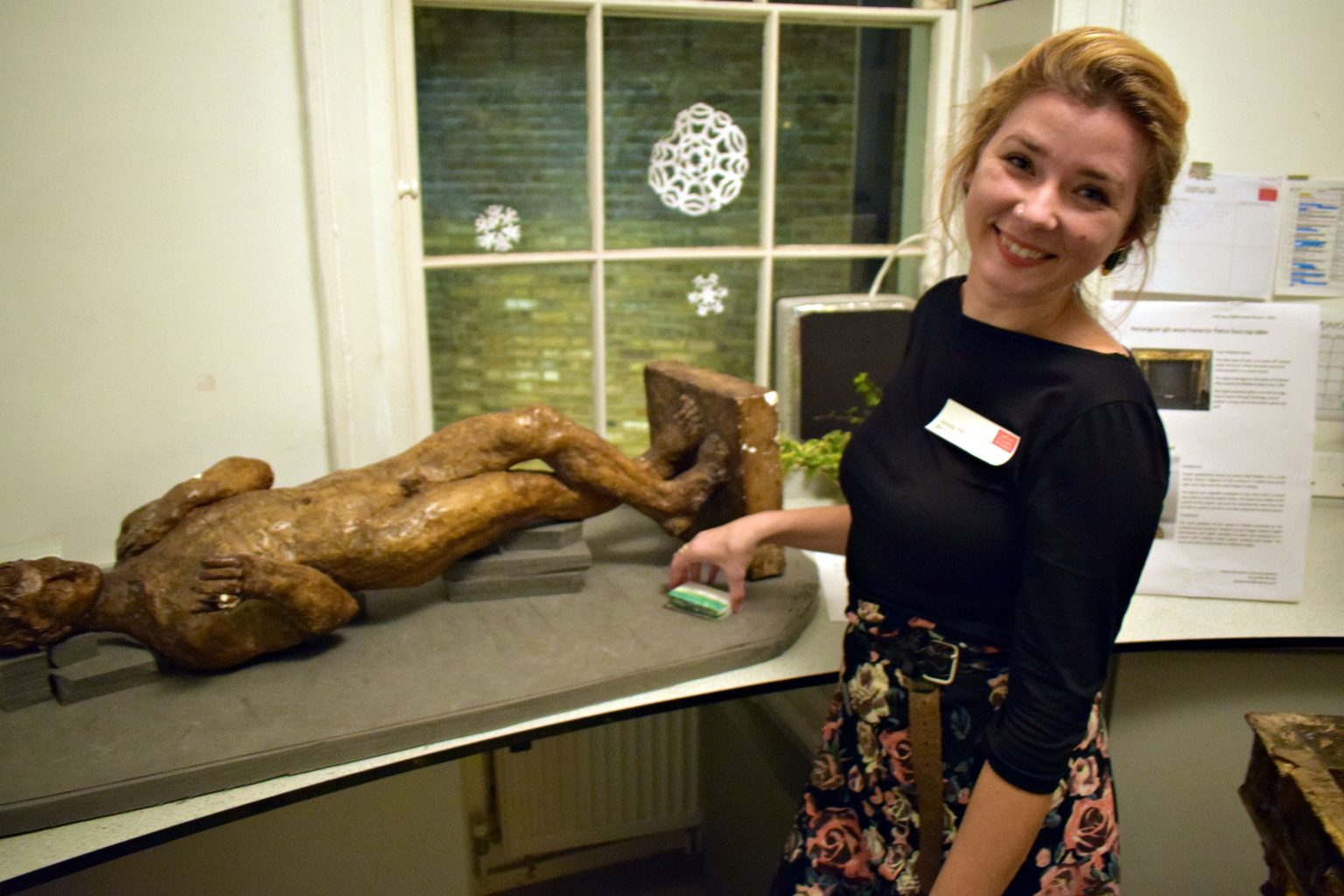




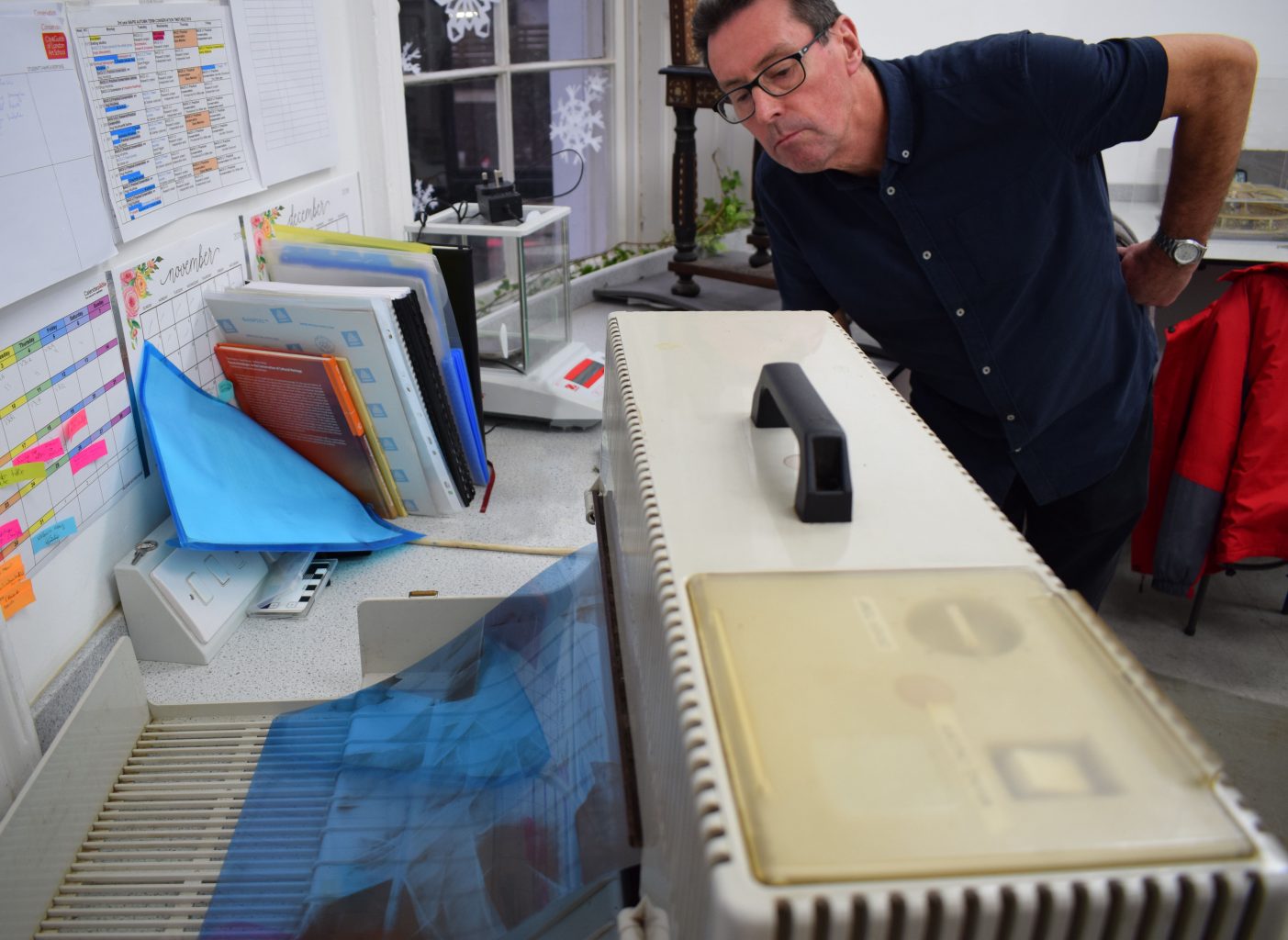
















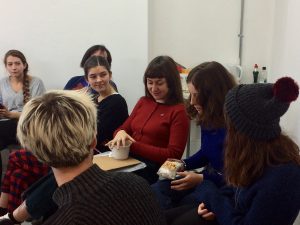


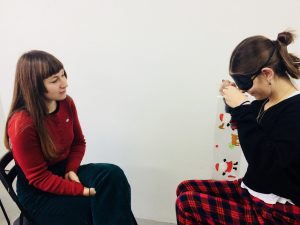













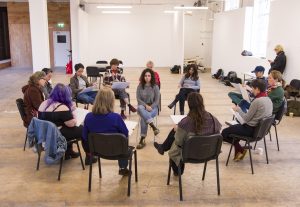









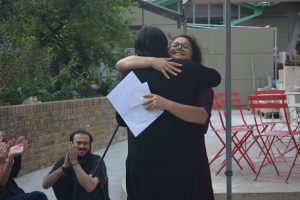



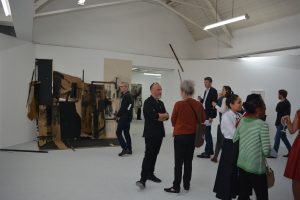









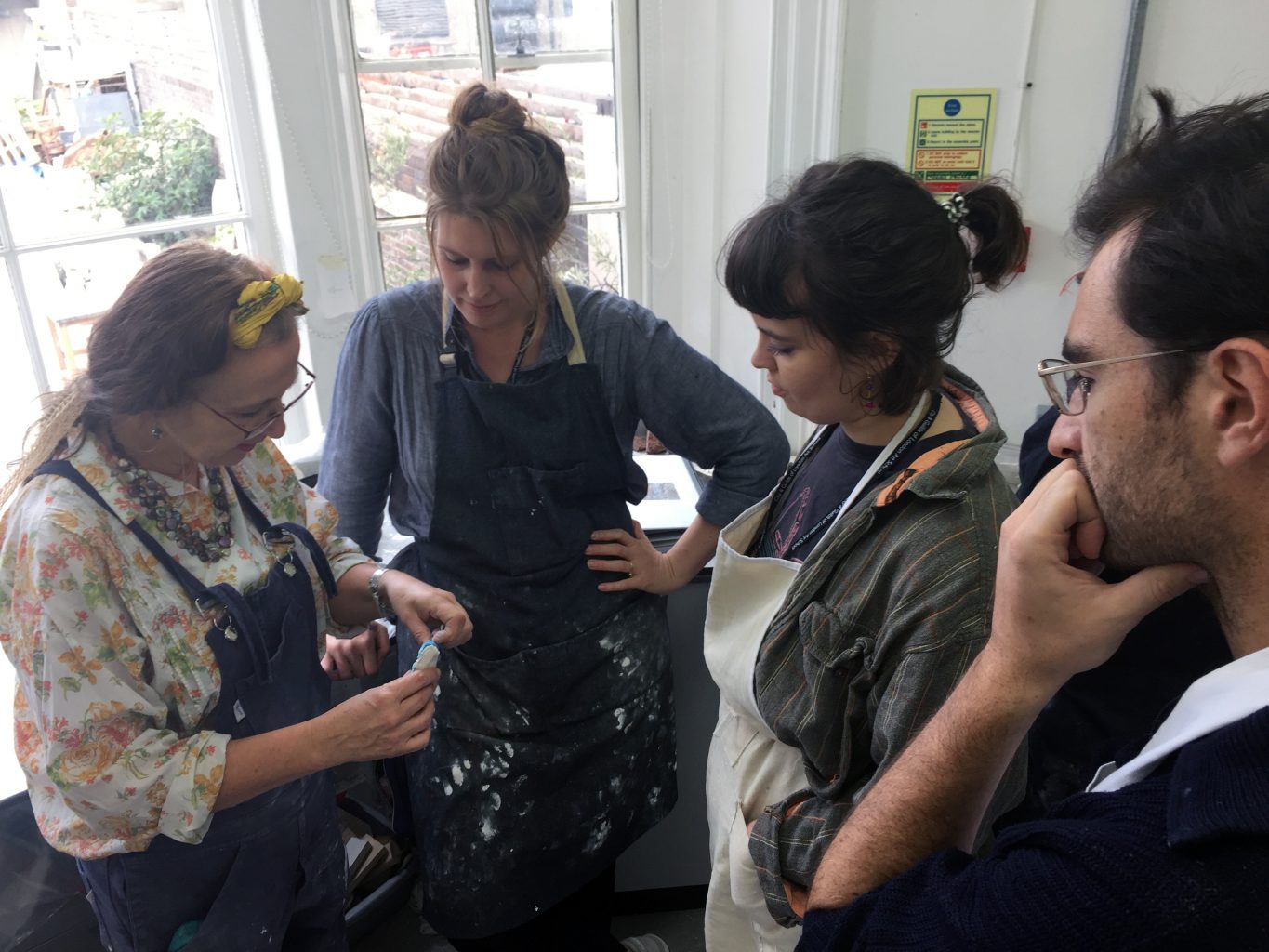
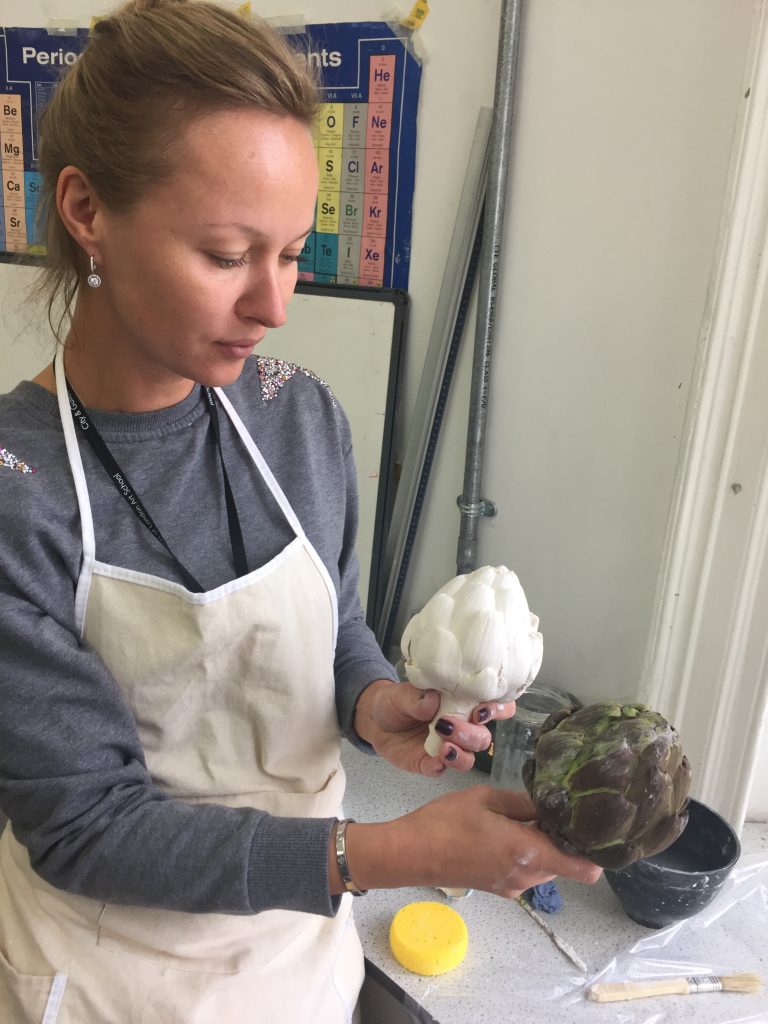

 .
.



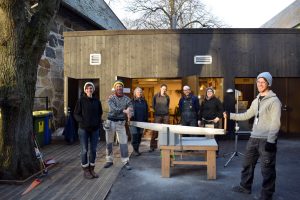








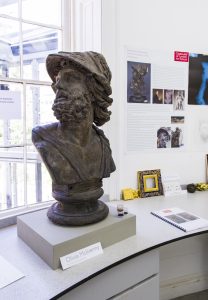


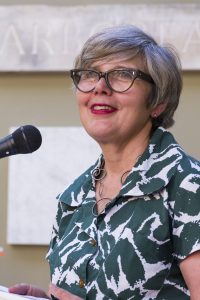

























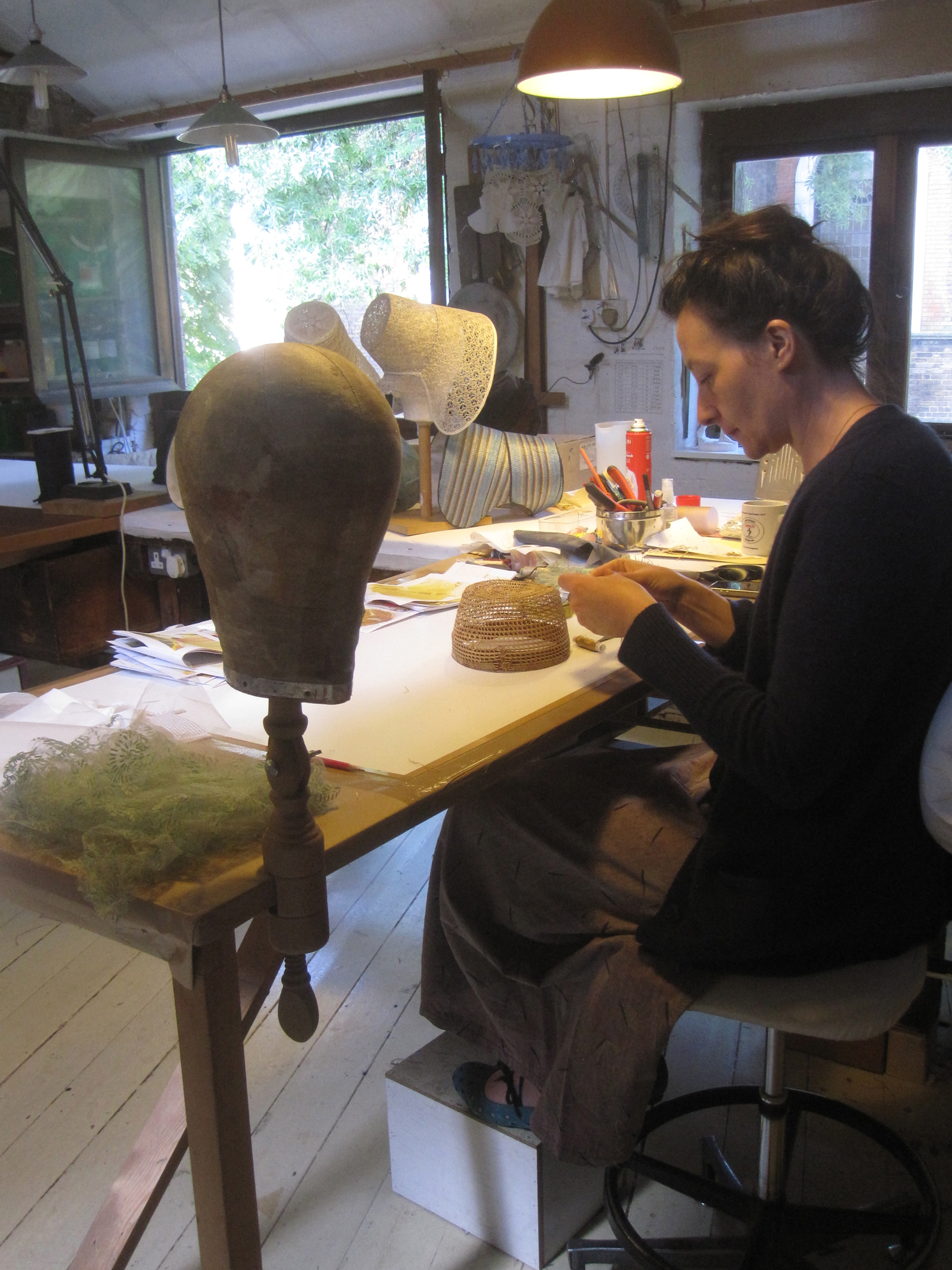














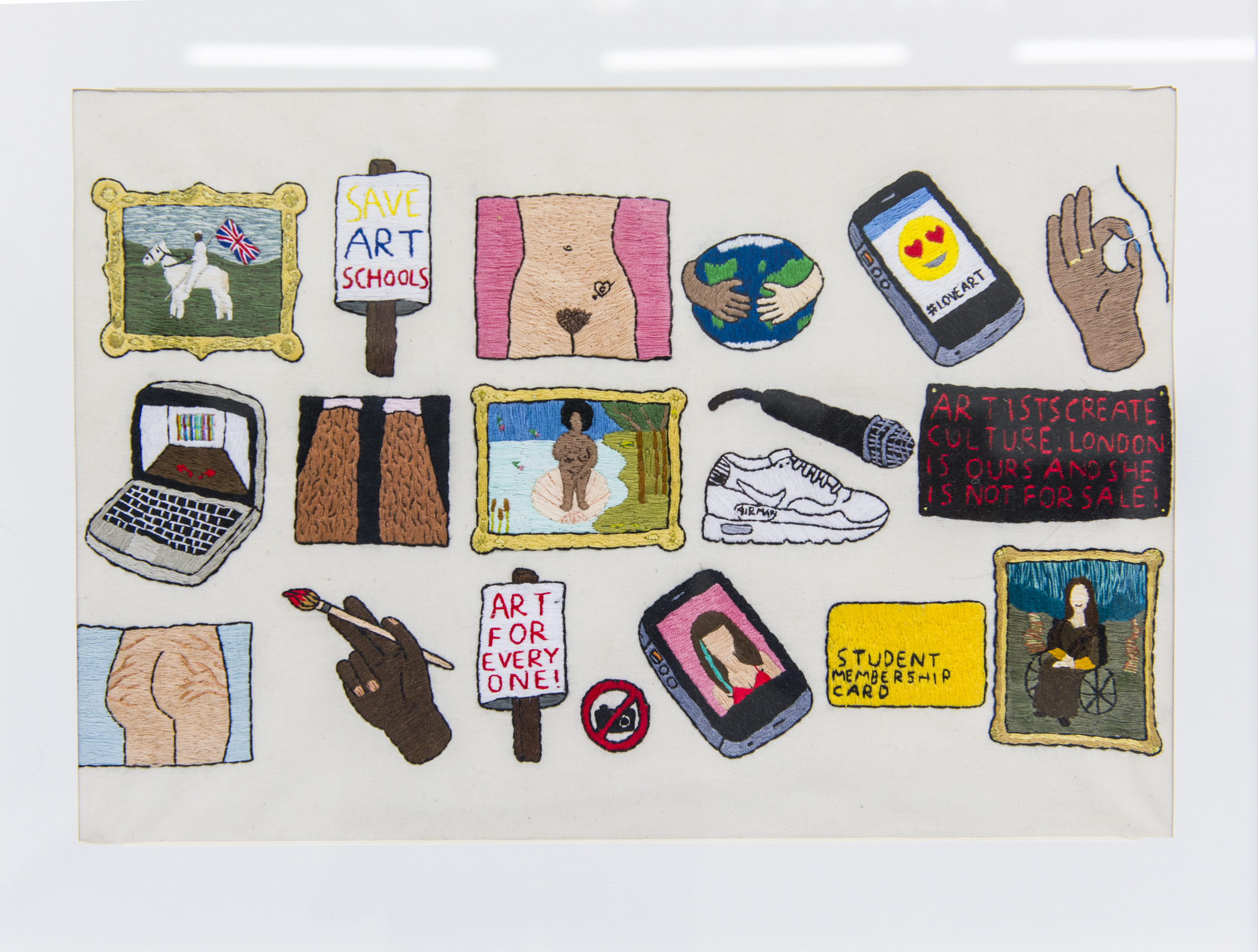









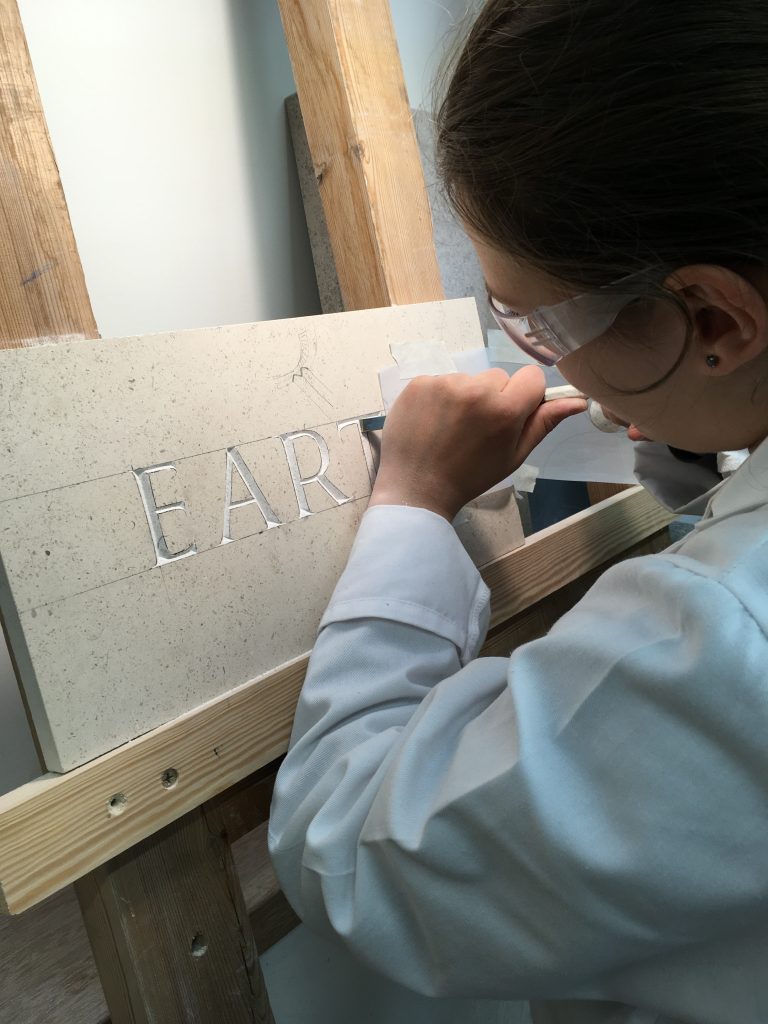



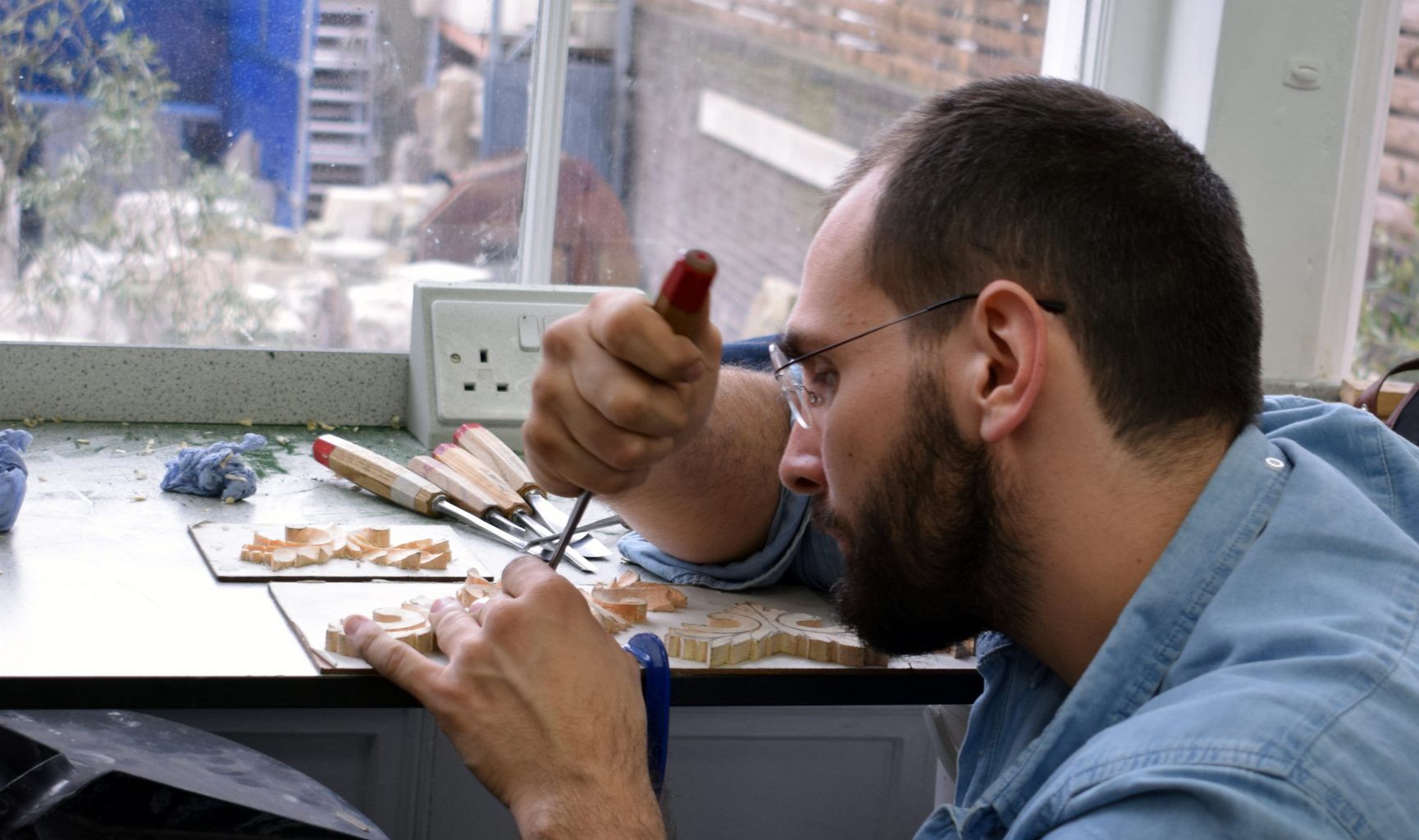



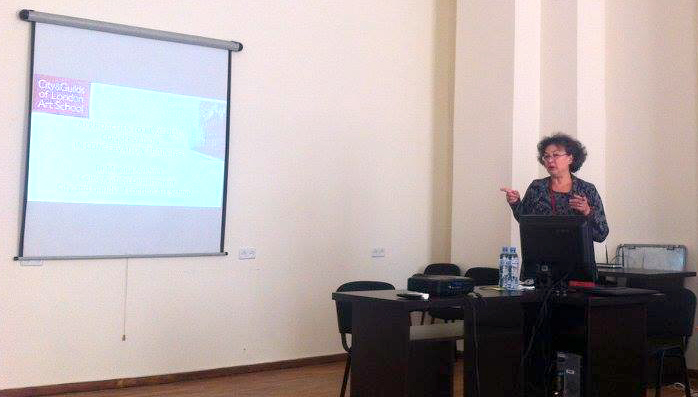


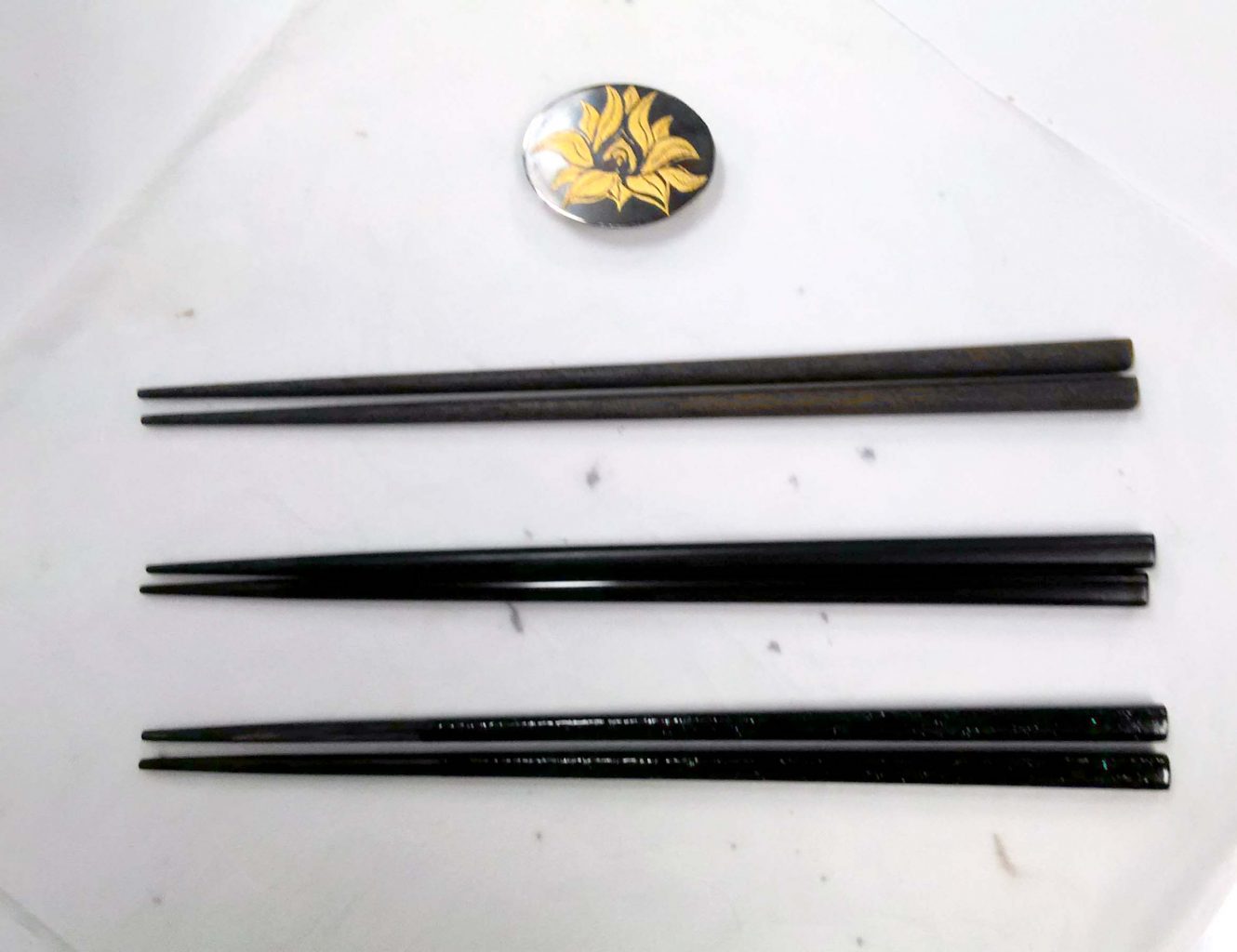

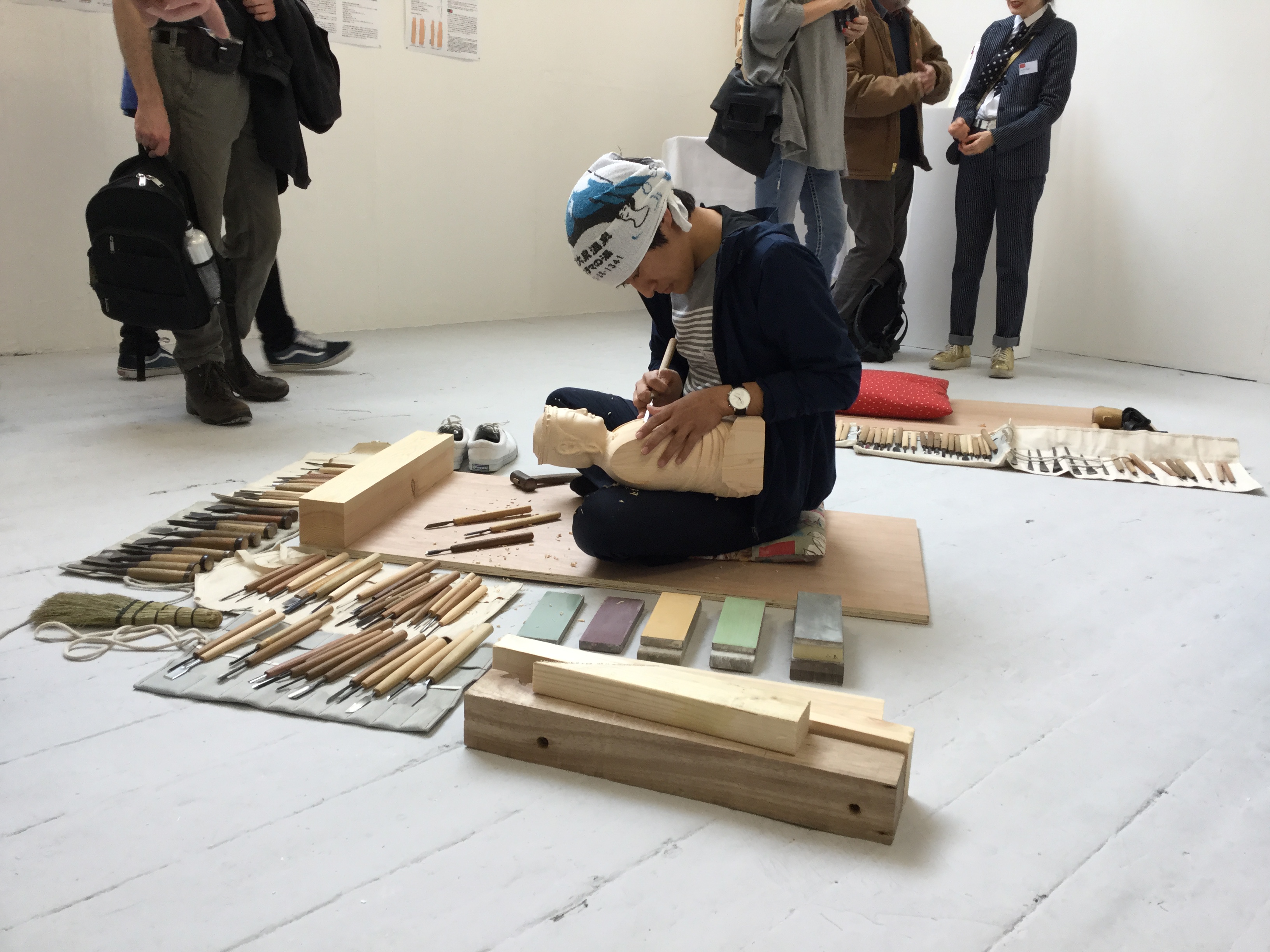 The visit in May 2017 of Tokyo University of the Arts’ Sculpture Conservation and Restoration Lab, led by acclaimed Tokyo based master carver Professor Yabuuchi Satoshi, was a great success. It is very warmly remembered by students and staff at the Art School as well as visitors to the various events that took place during their stay. The report on the activities, funded by grants from the Daiwa Anglo Japanese Foundation, the Great Britain Sasakawa Foundation and Toshiba International Foundation, can be read
The visit in May 2017 of Tokyo University of the Arts’ Sculpture Conservation and Restoration Lab, led by acclaimed Tokyo based master carver Professor Yabuuchi Satoshi, was a great success. It is very warmly remembered by students and staff at the Art School as well as visitors to the various events that took place during their stay. The report on the activities, funded by grants from the Daiwa Anglo Japanese Foundation, the Great Britain Sasakawa Foundation and Toshiba International Foundation, can be read 





